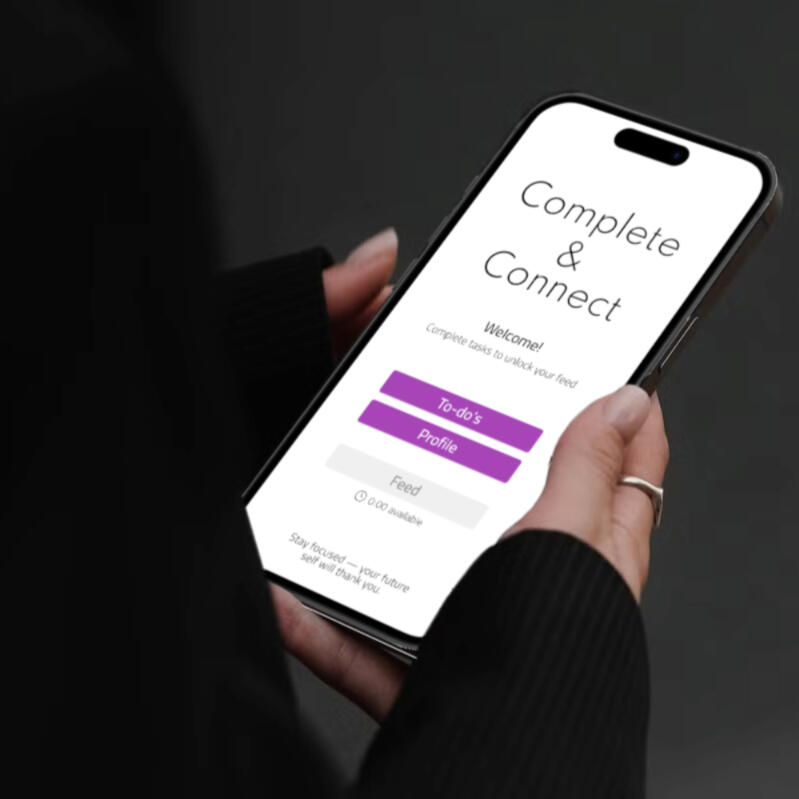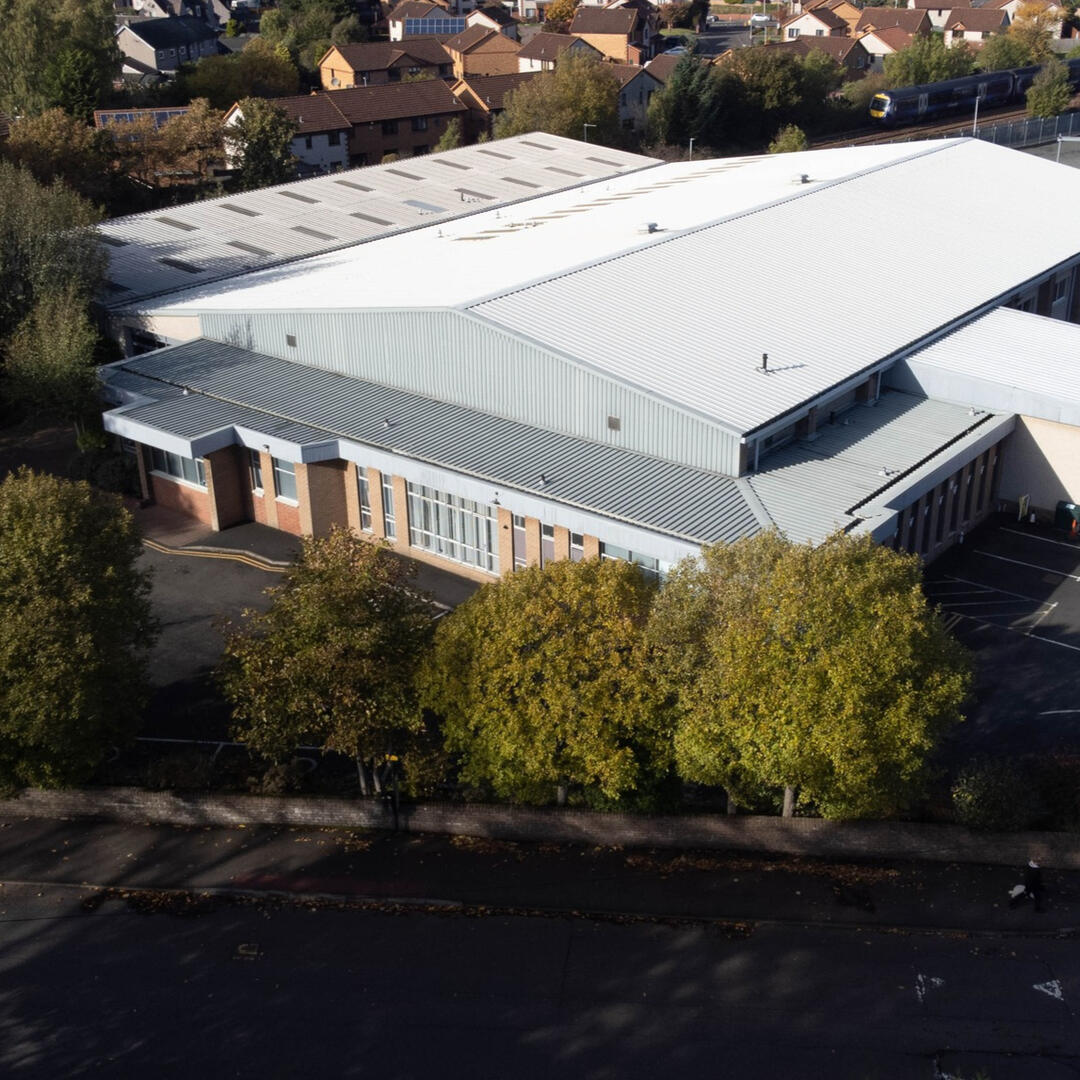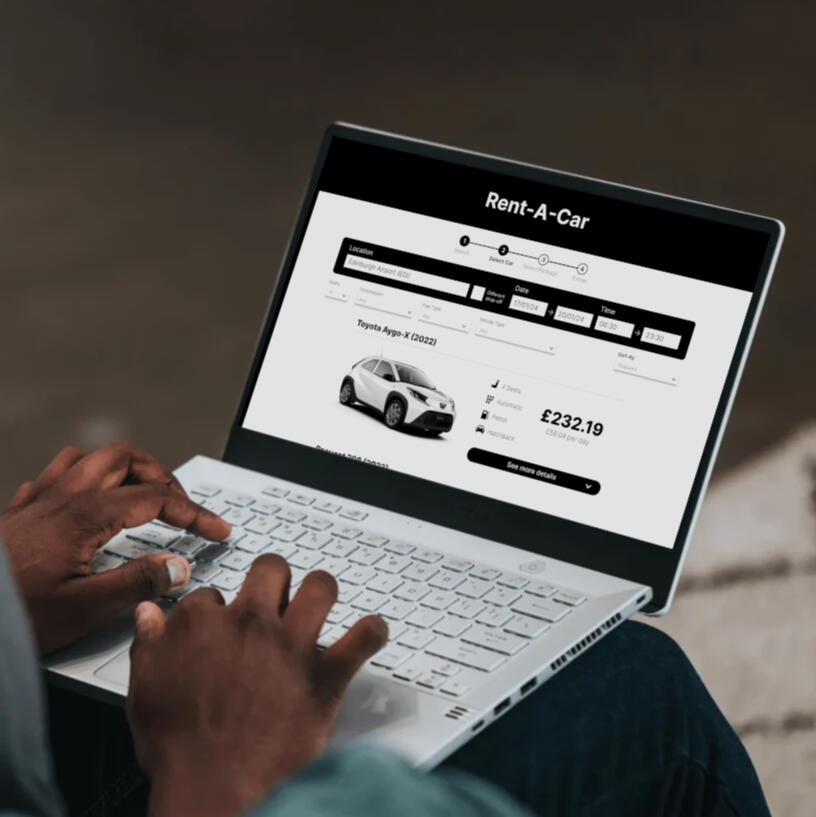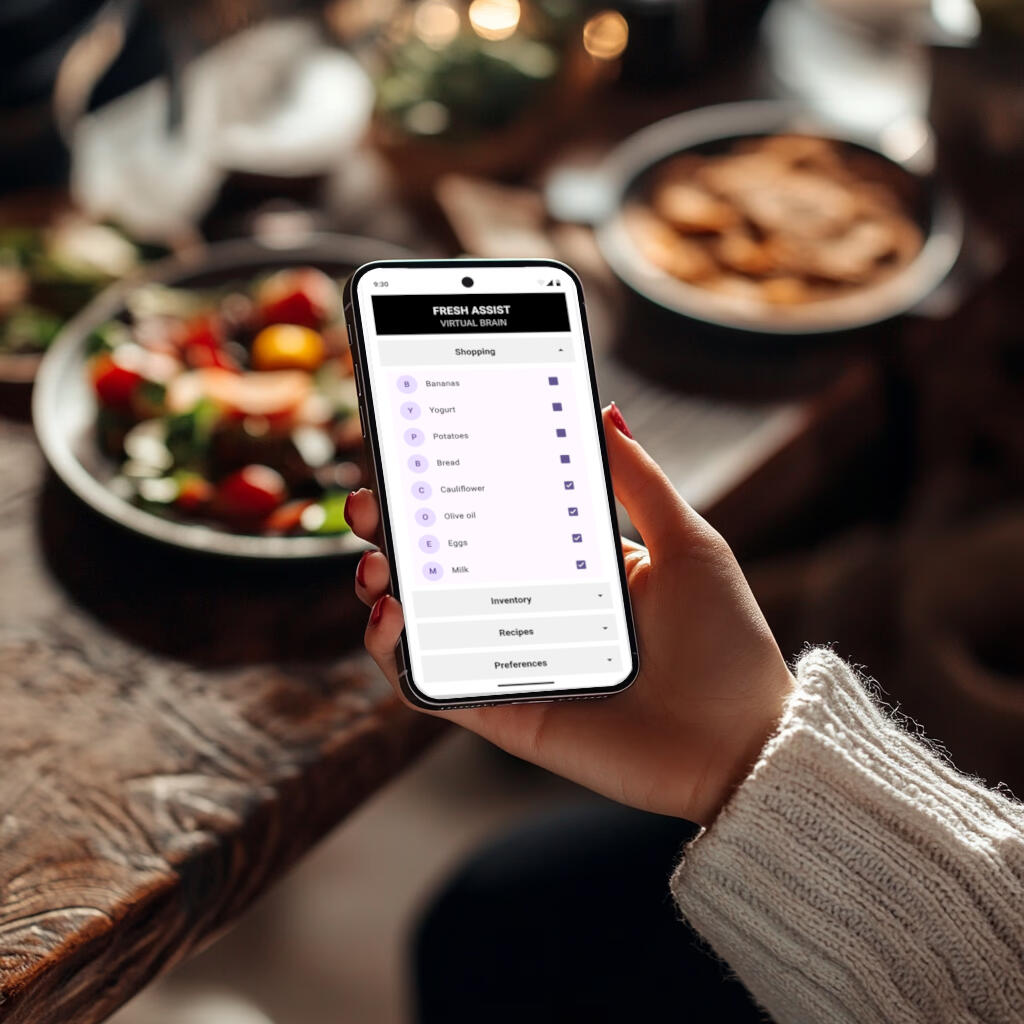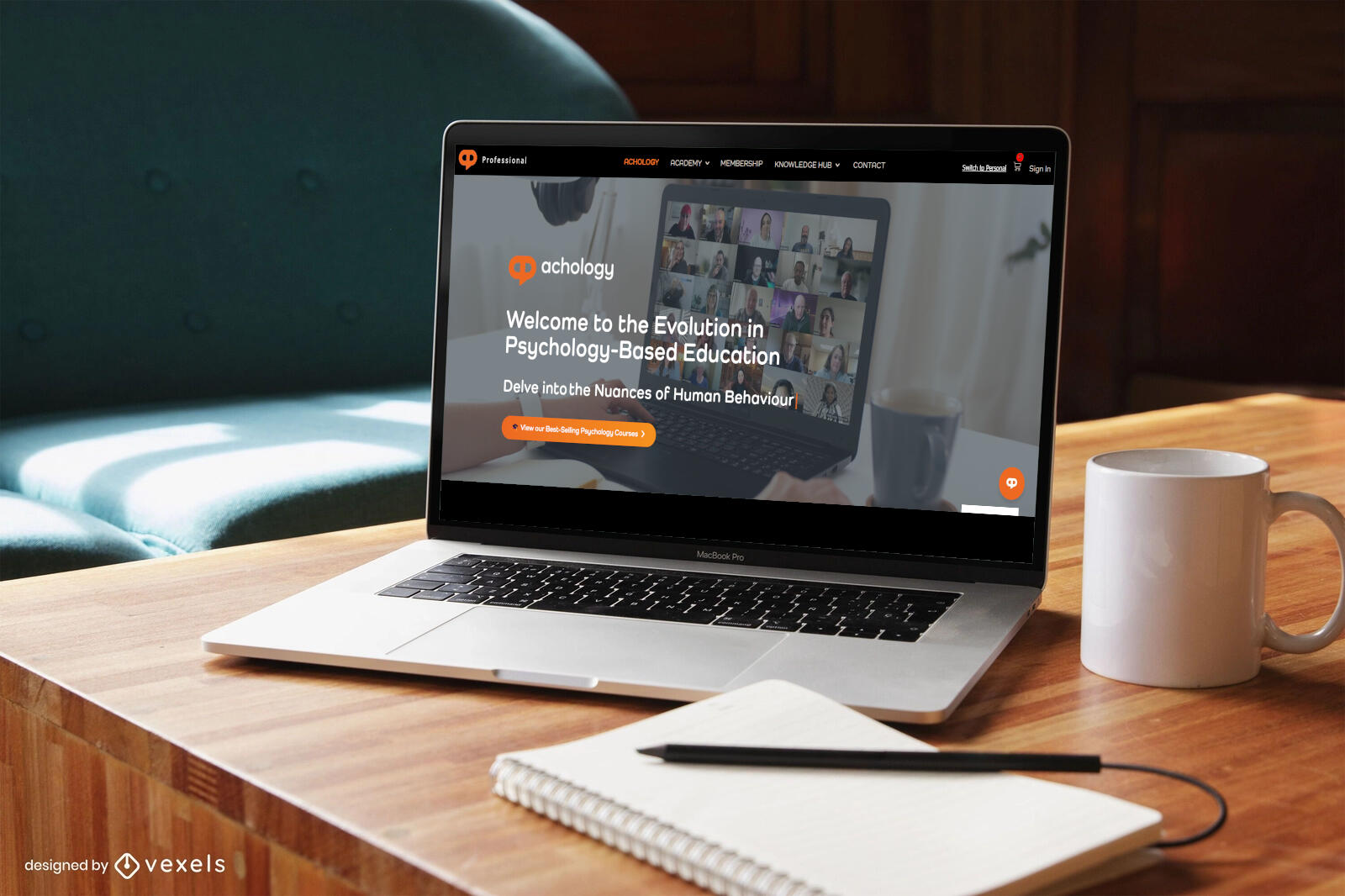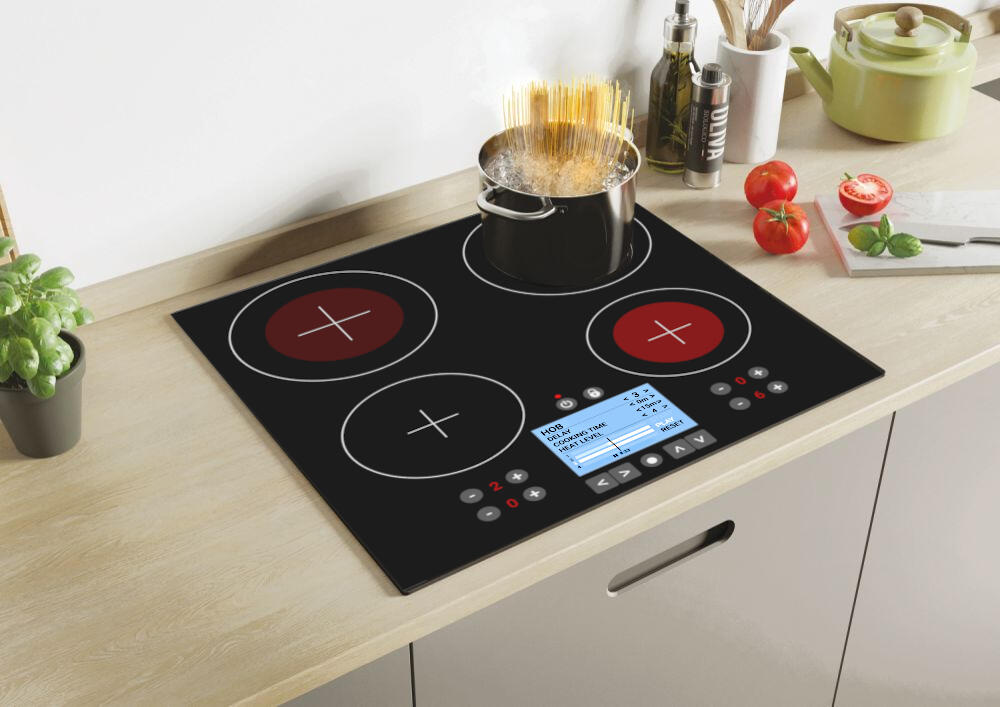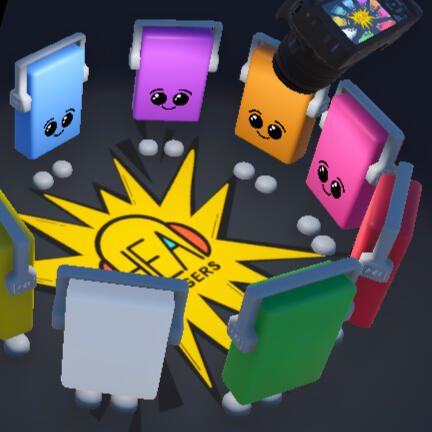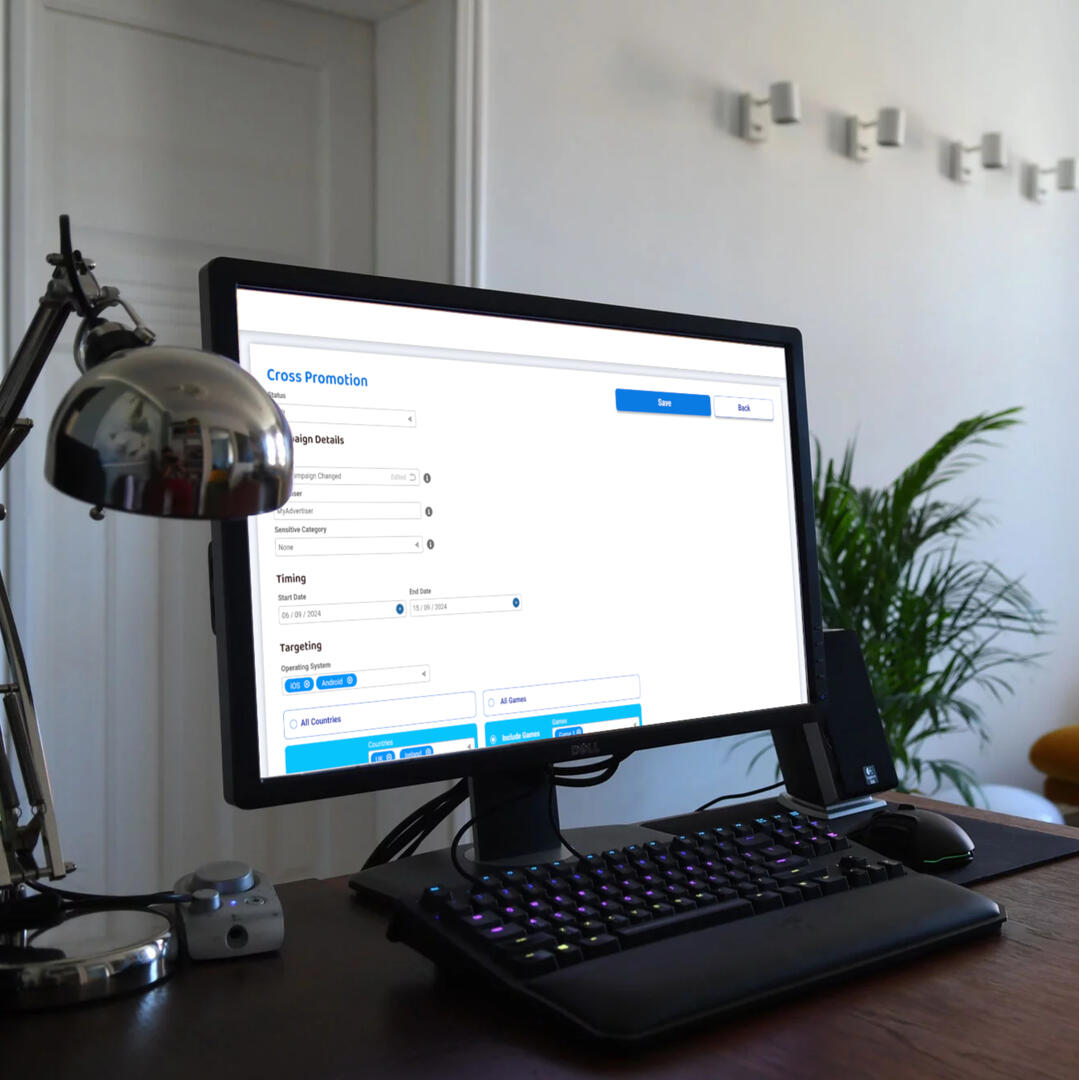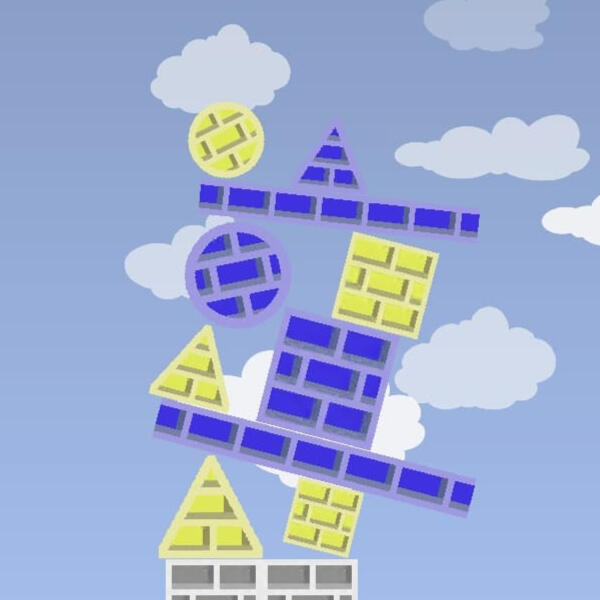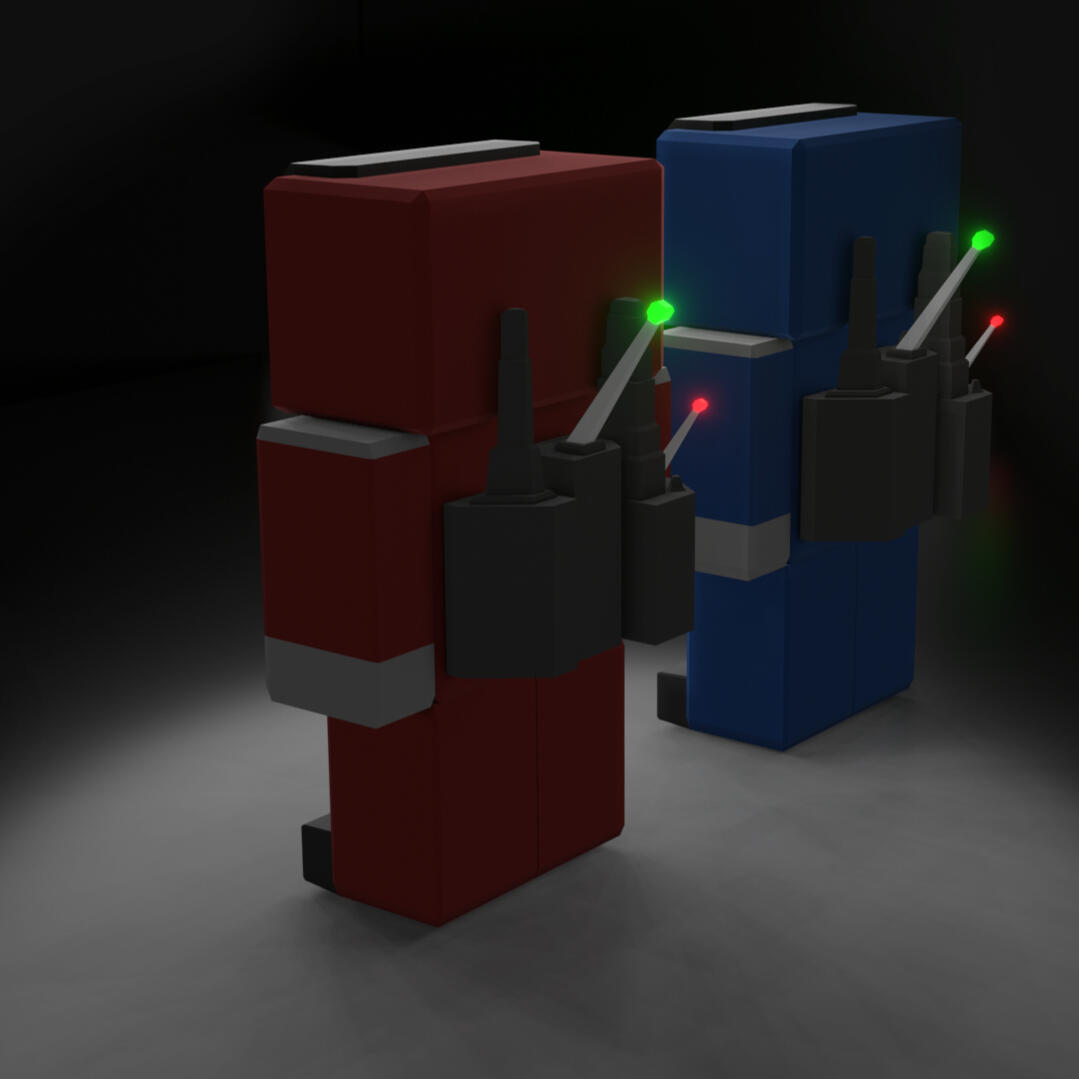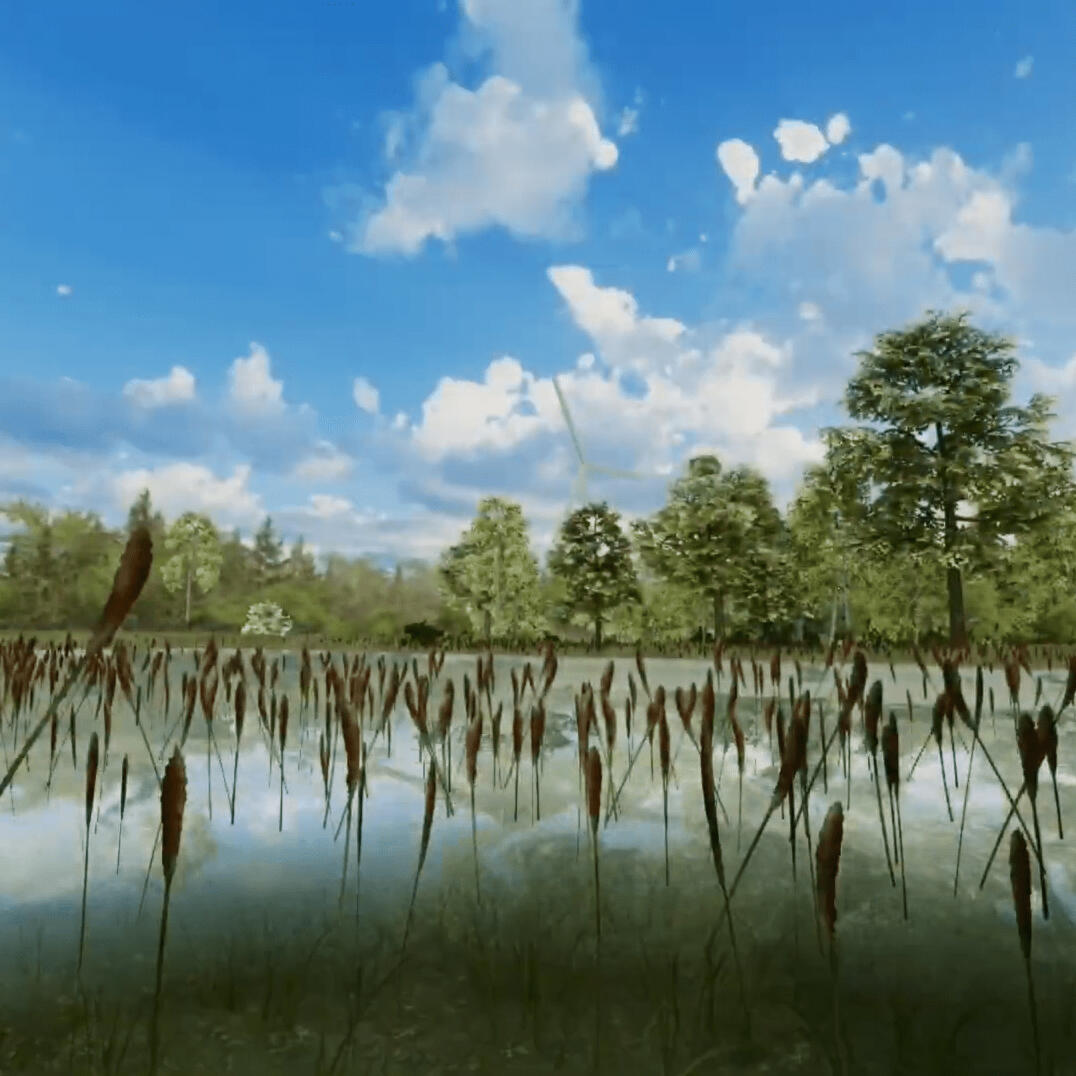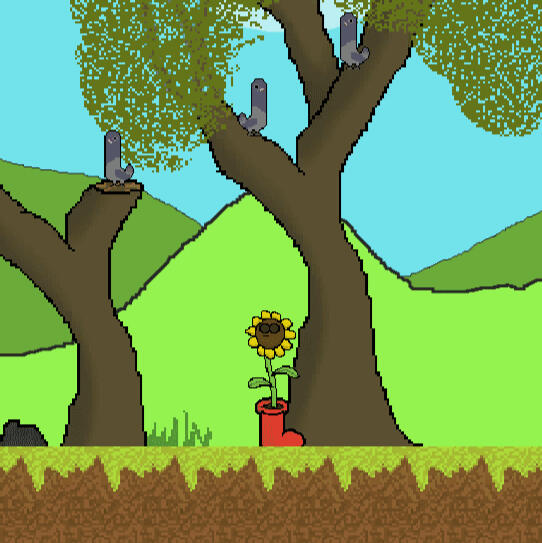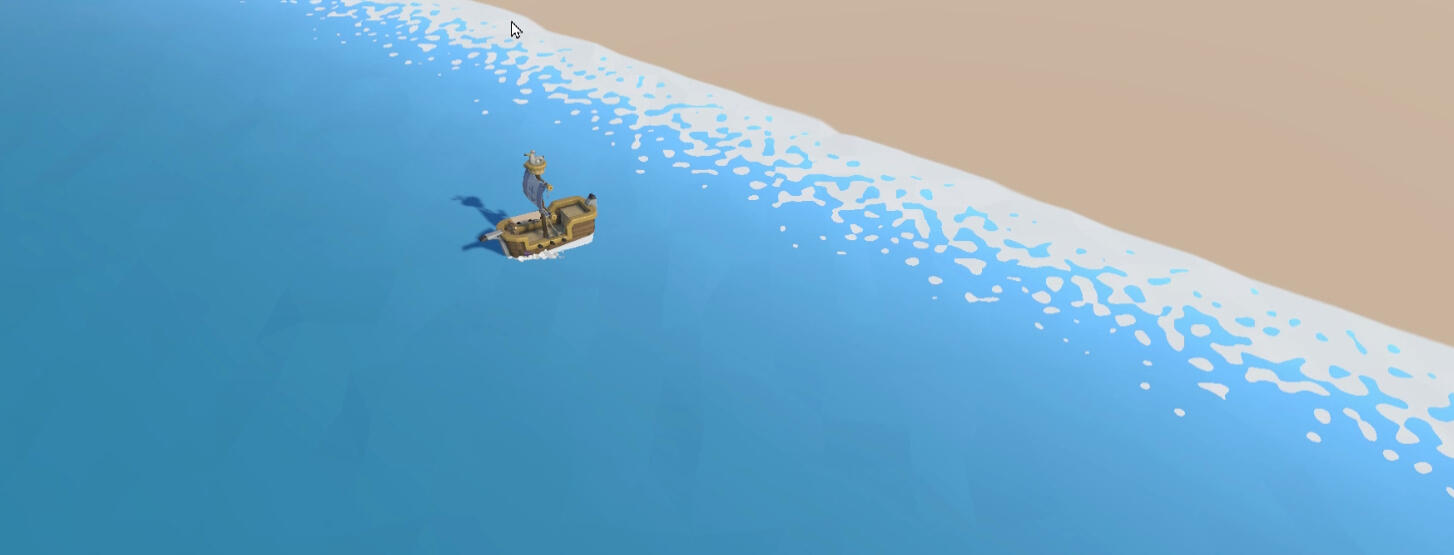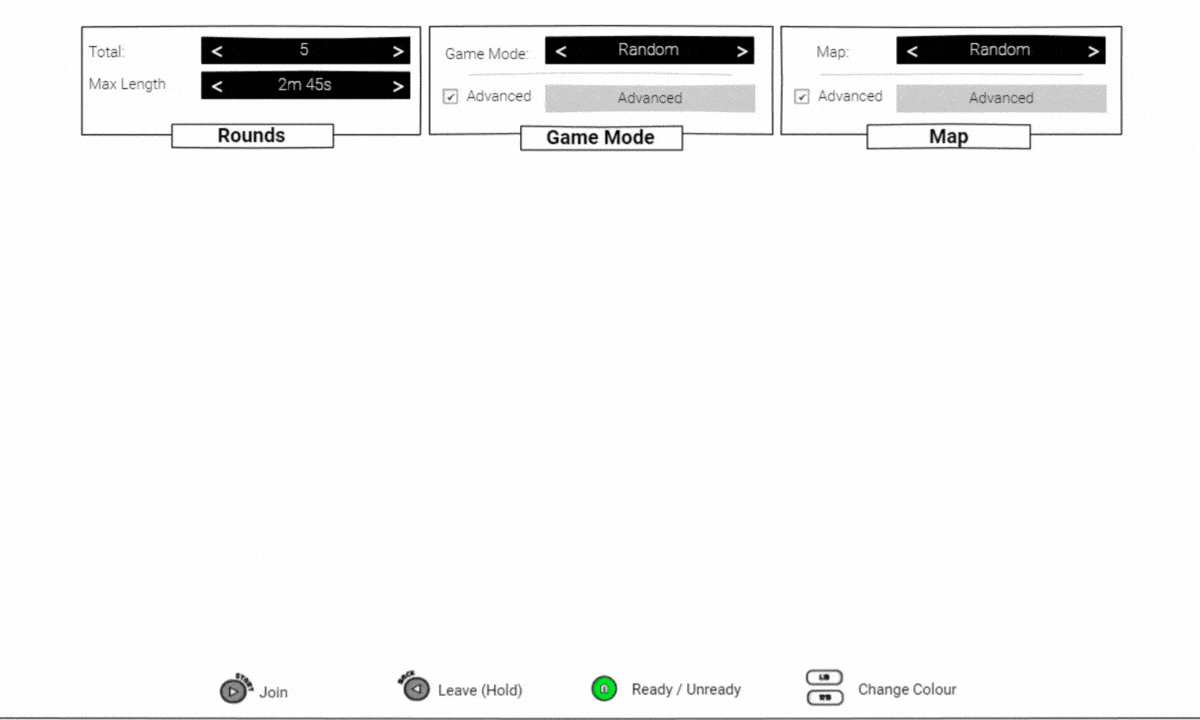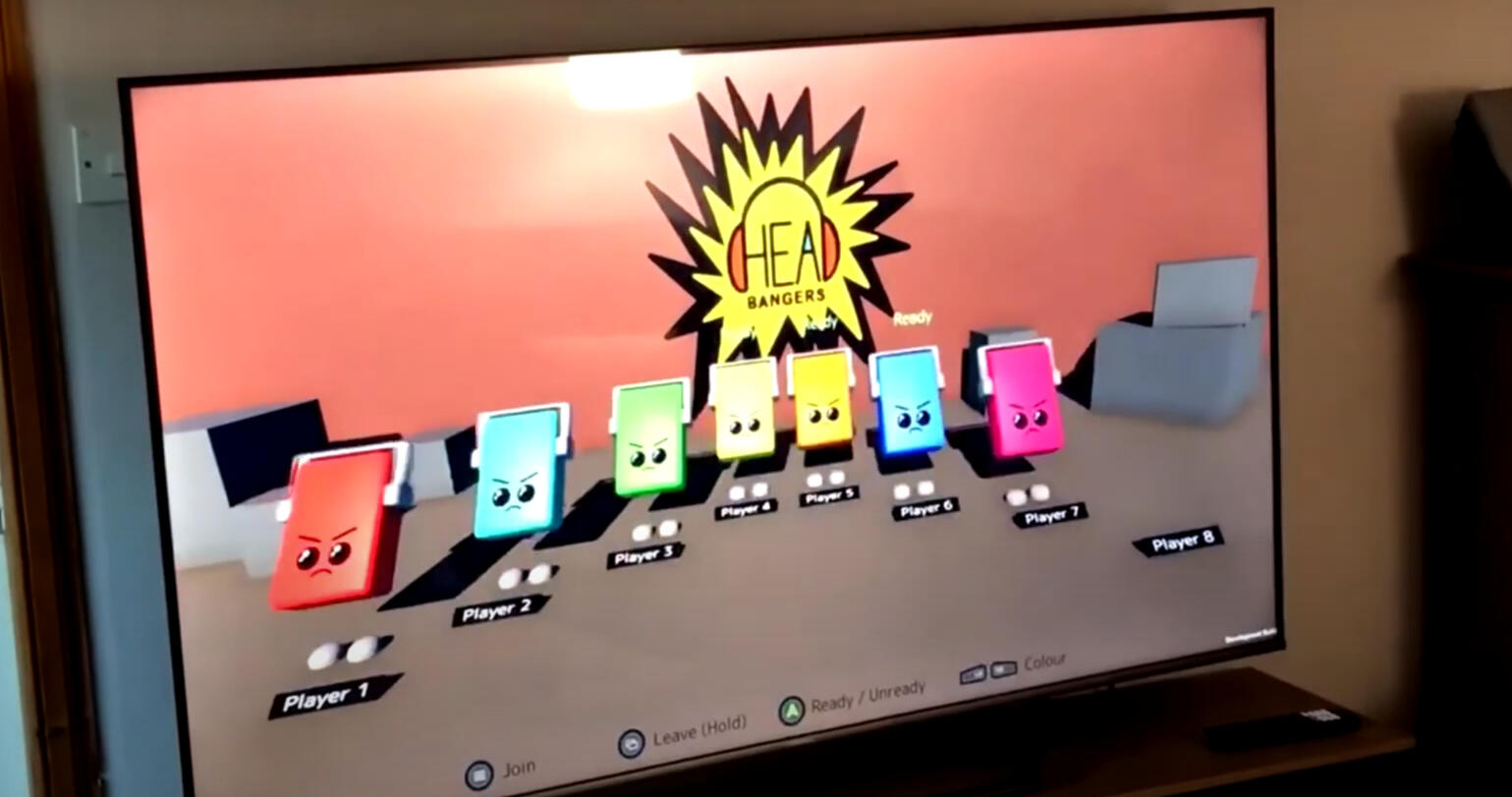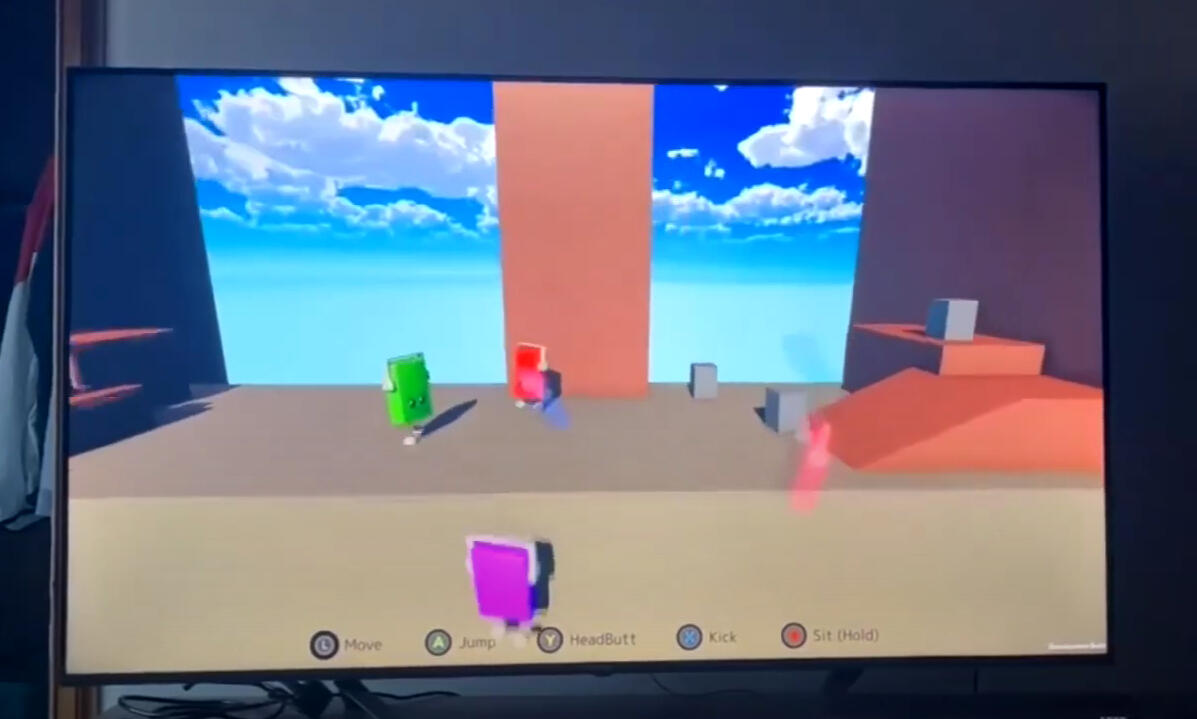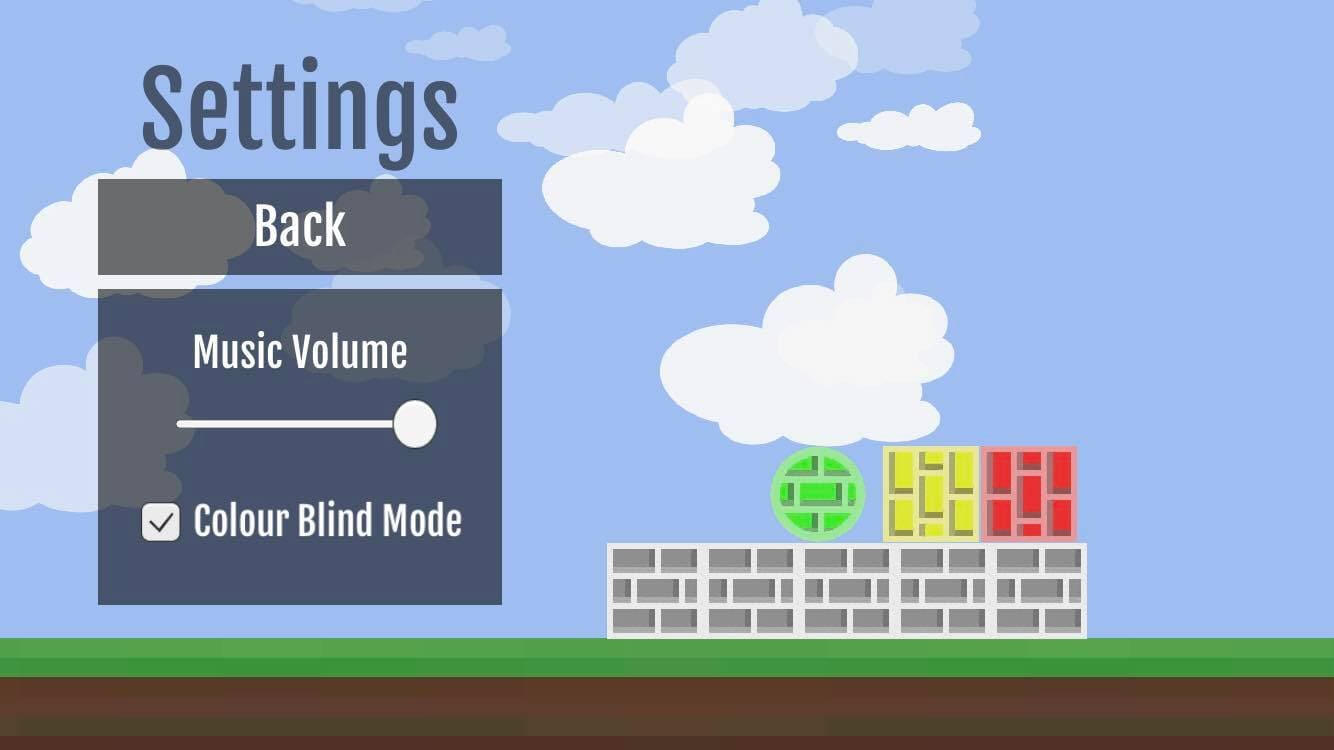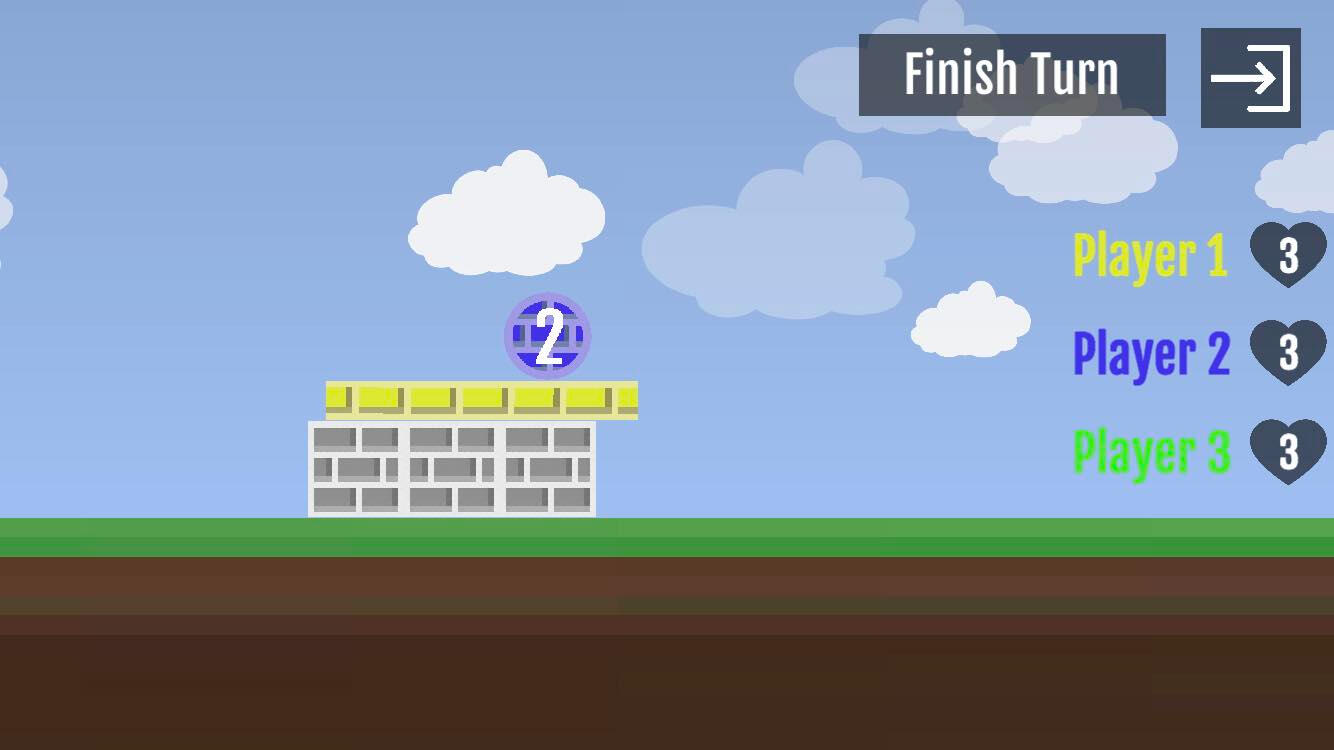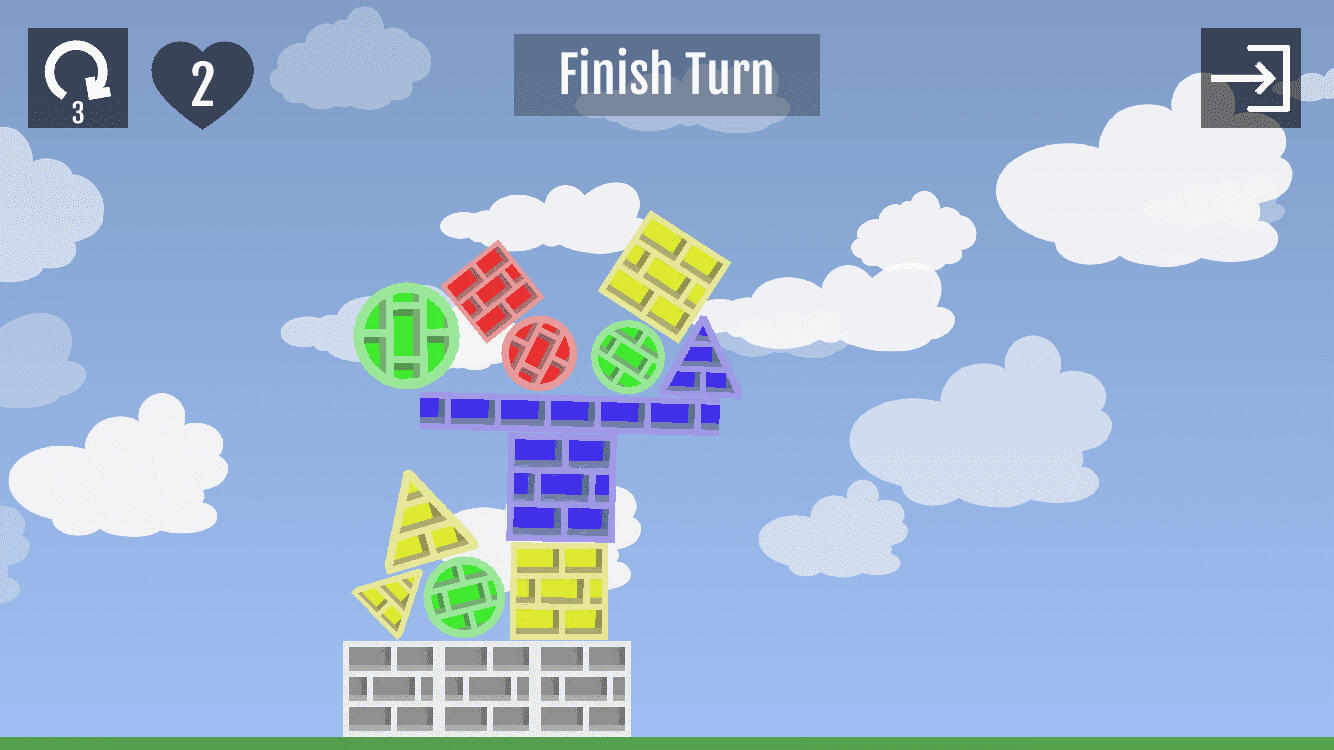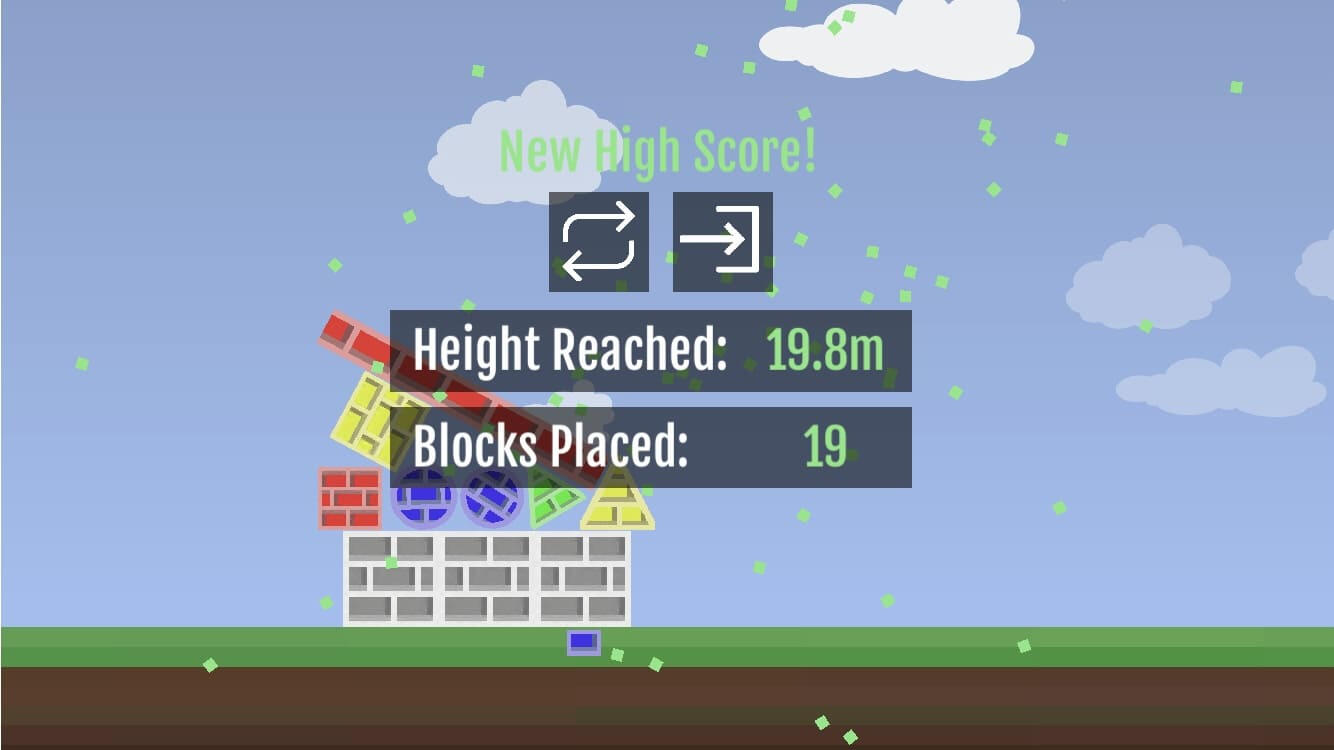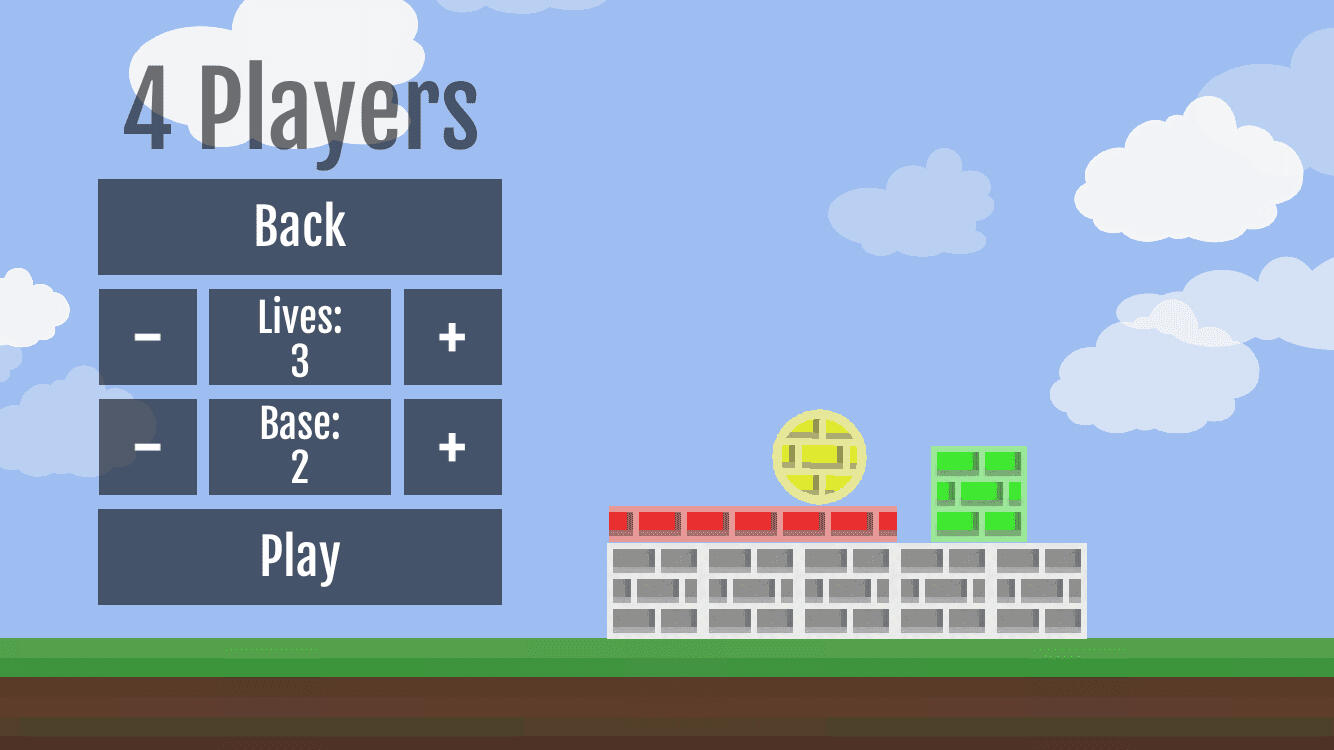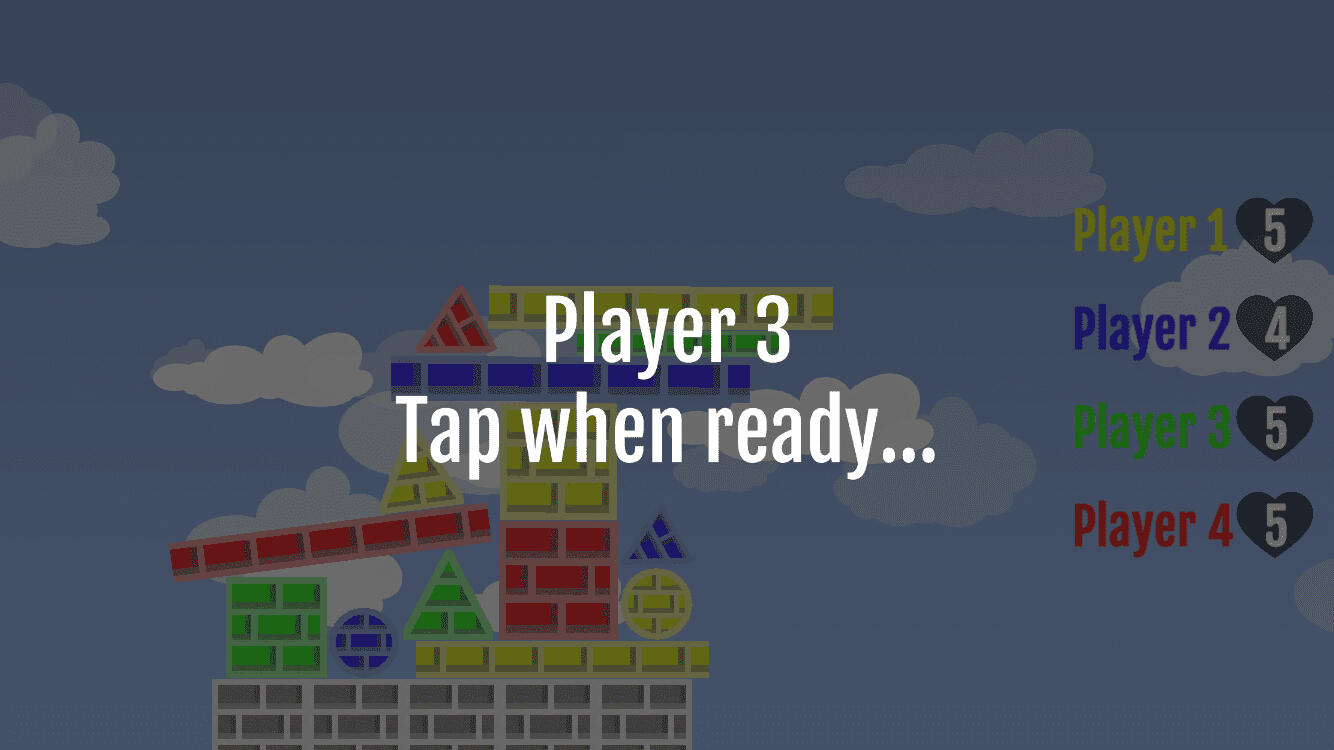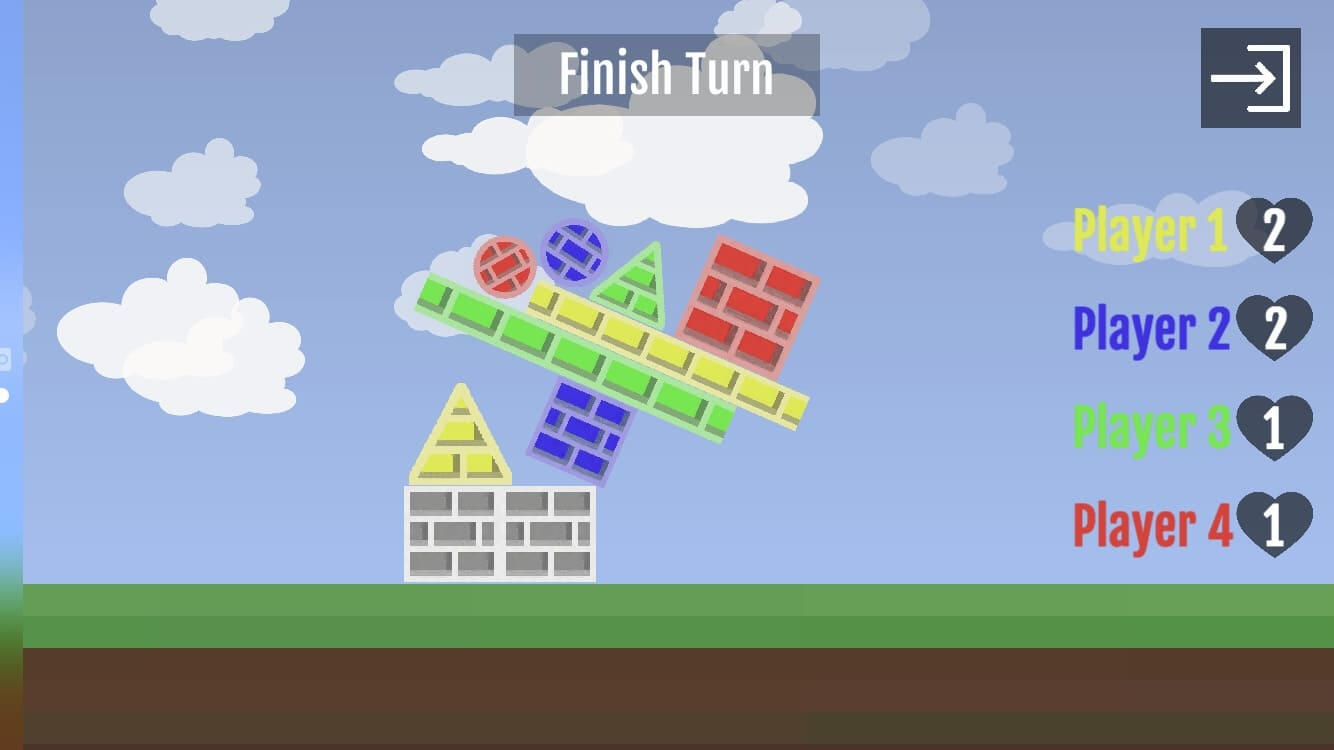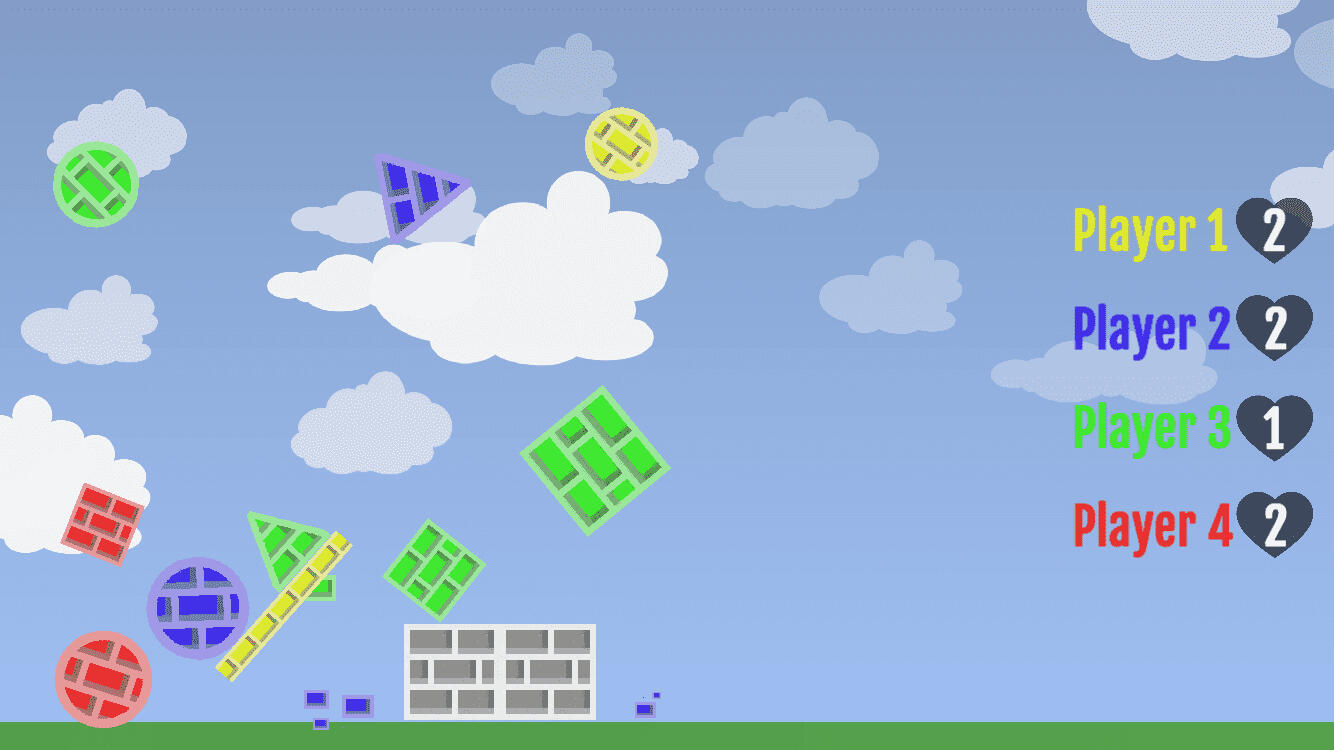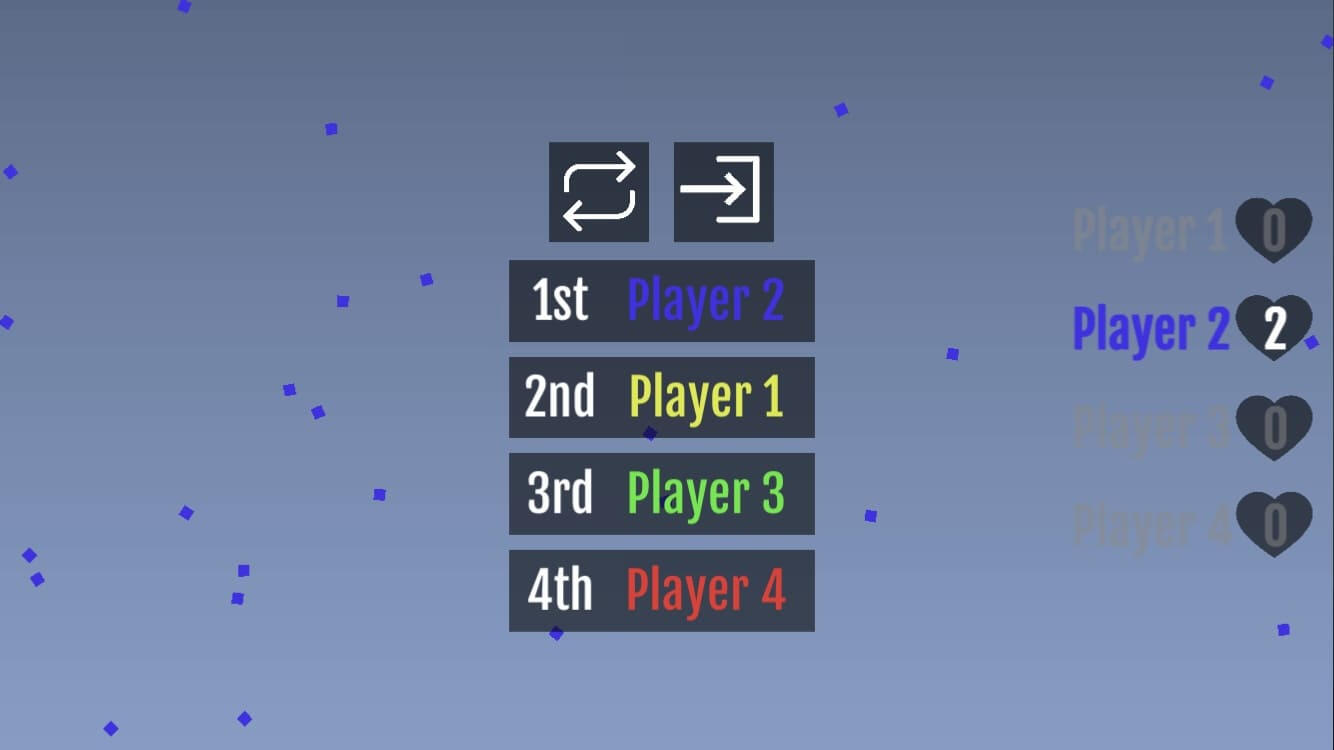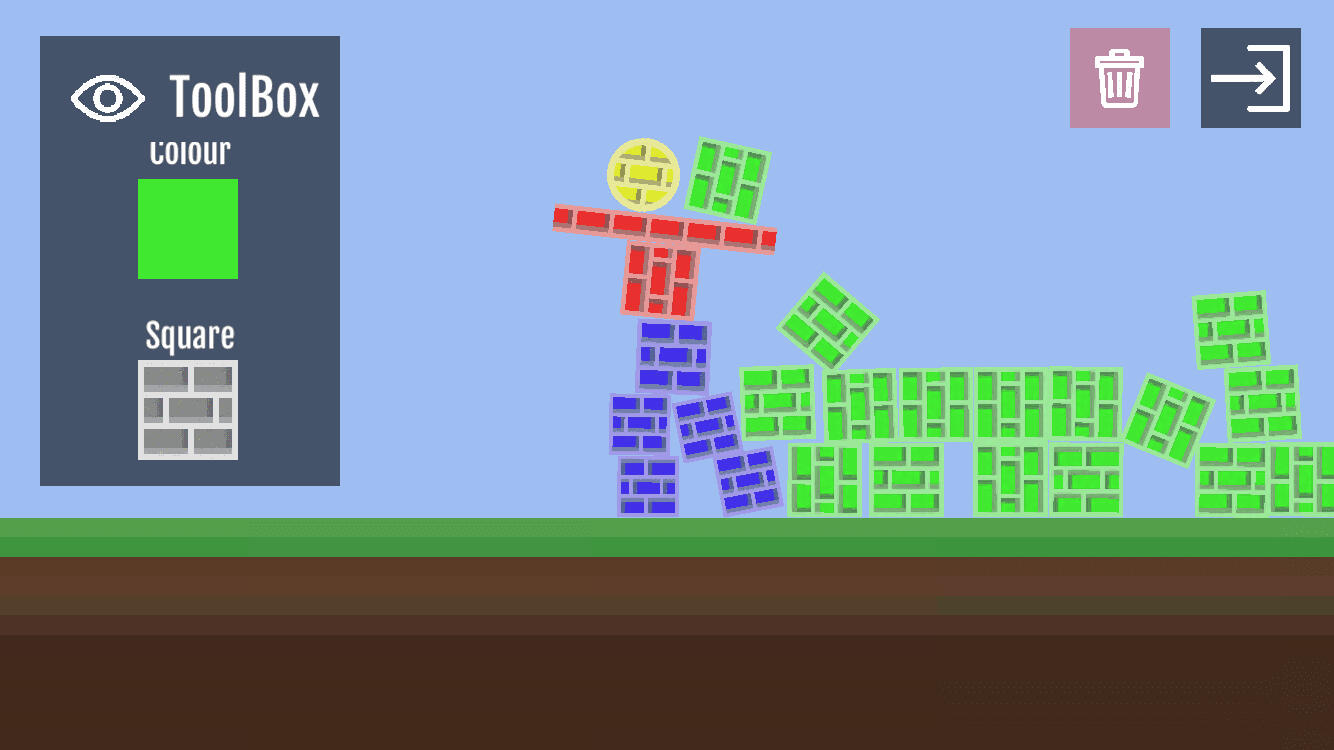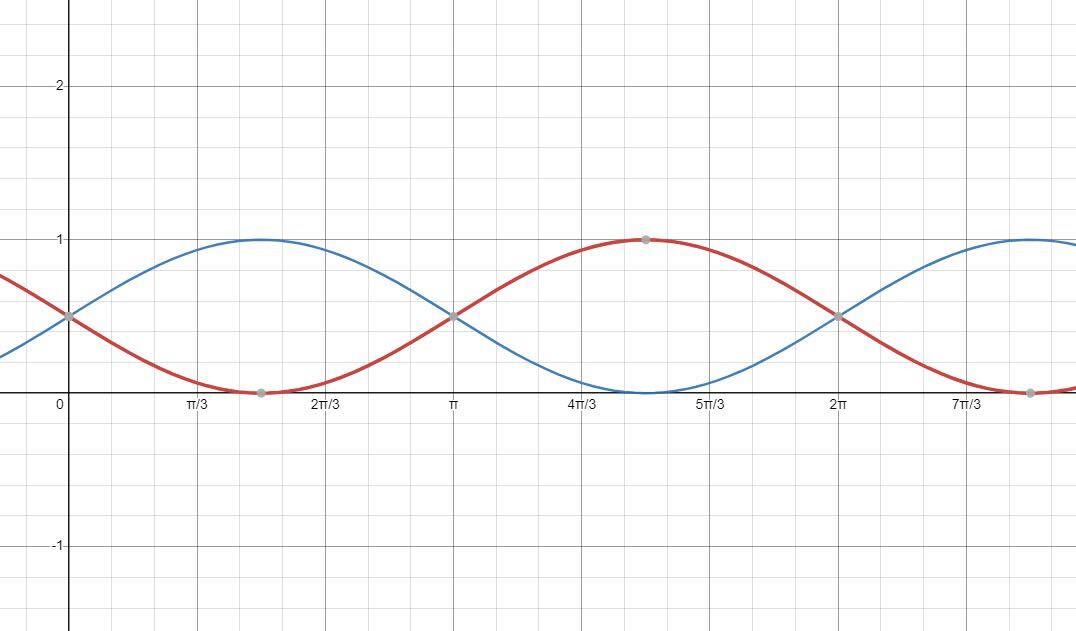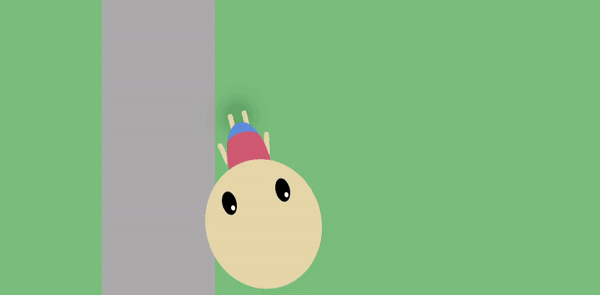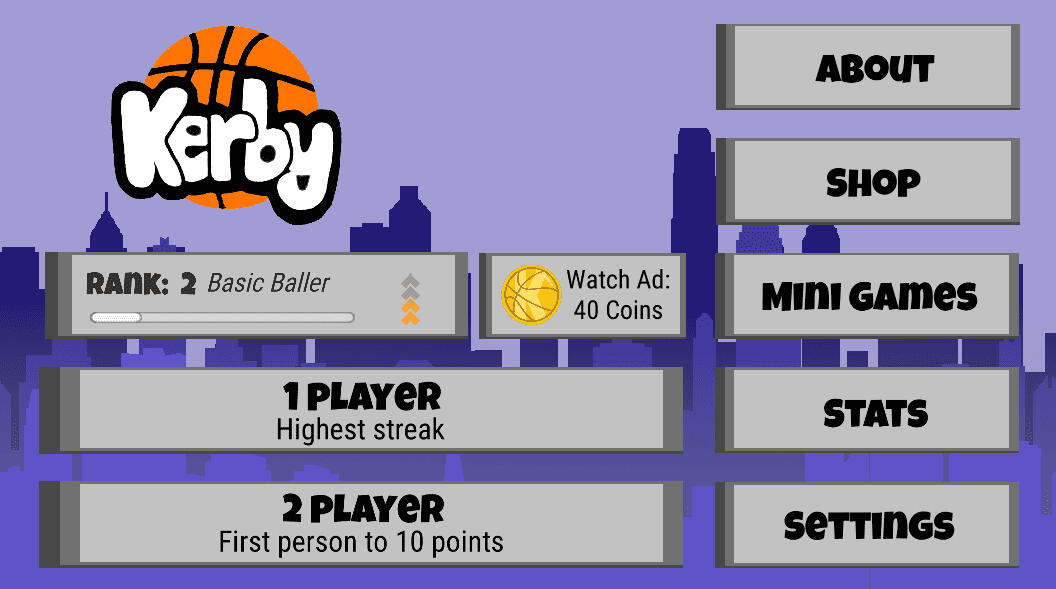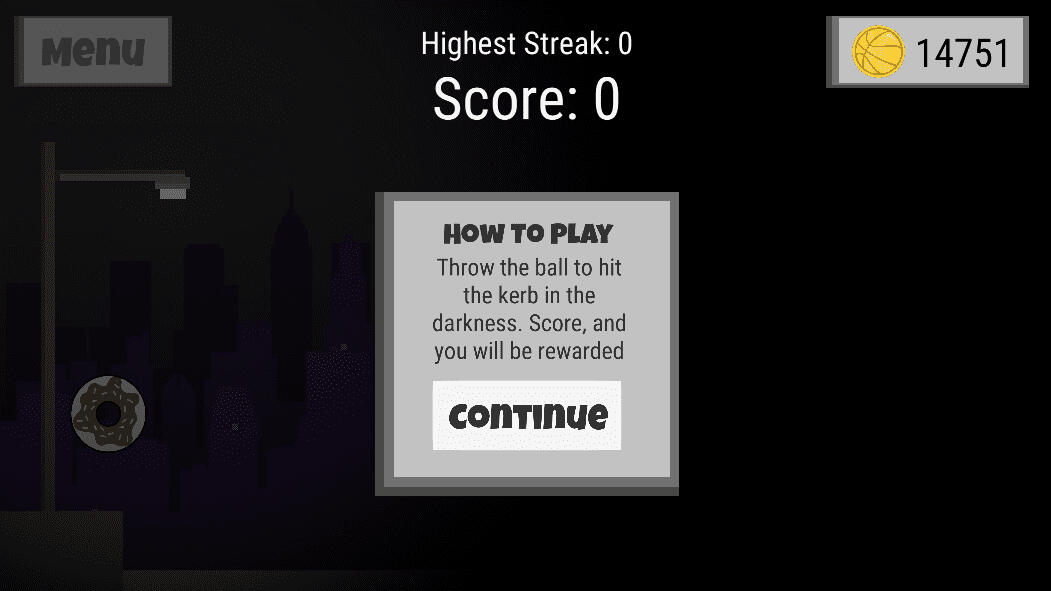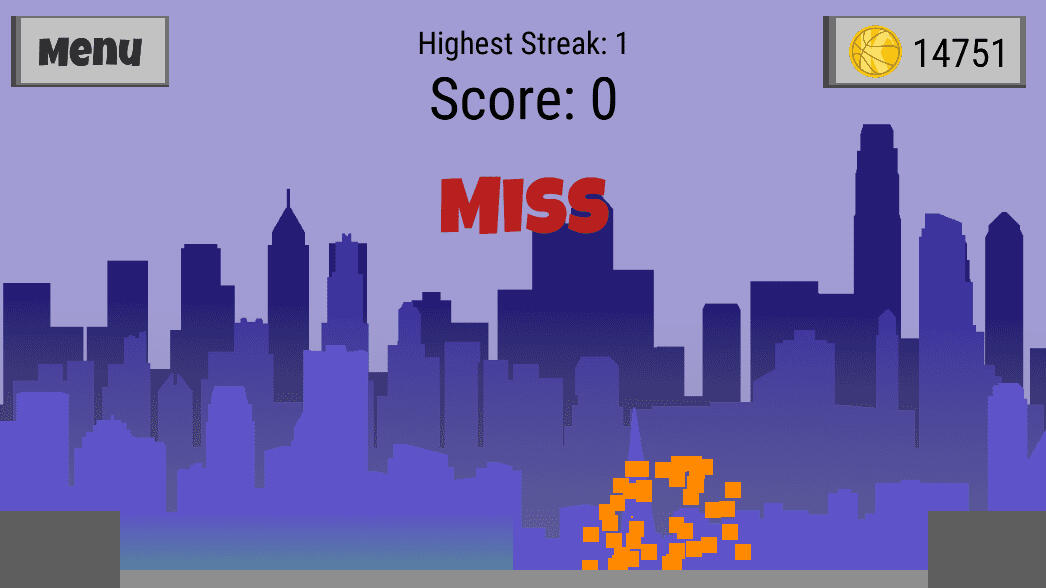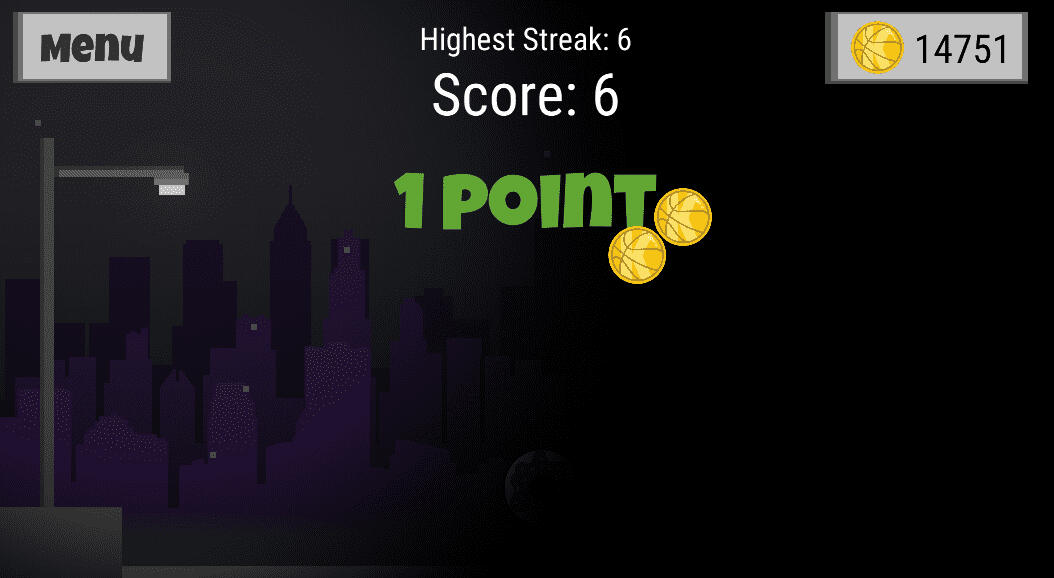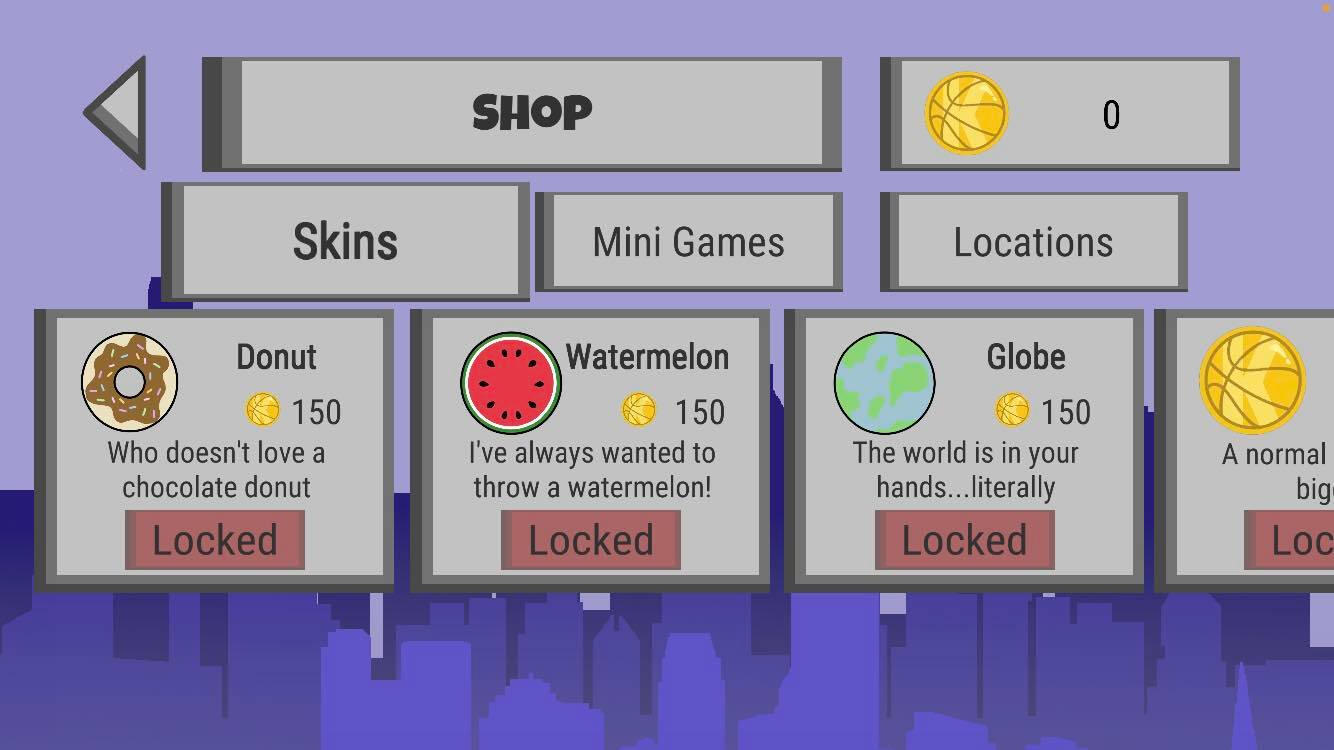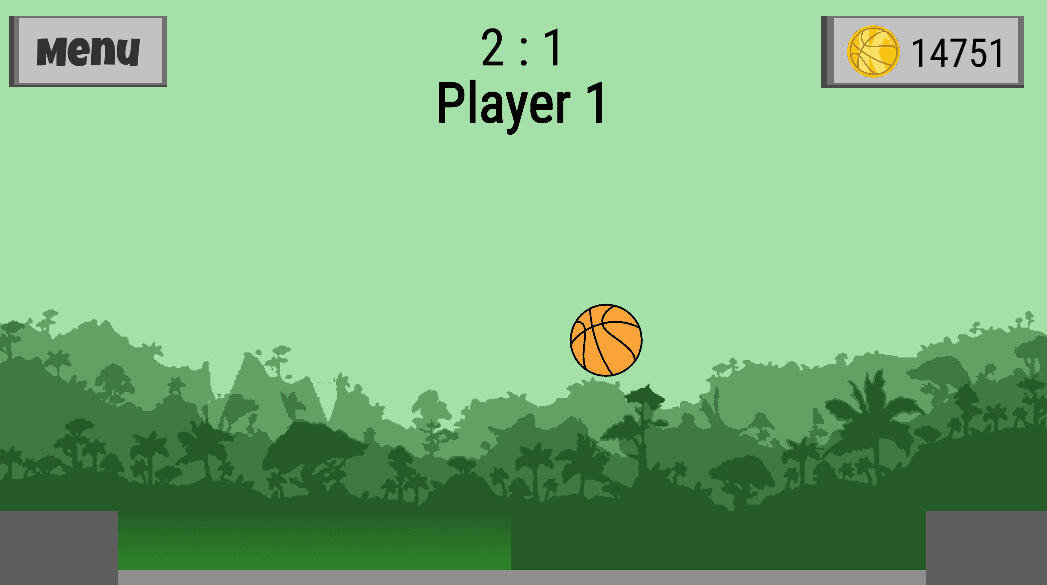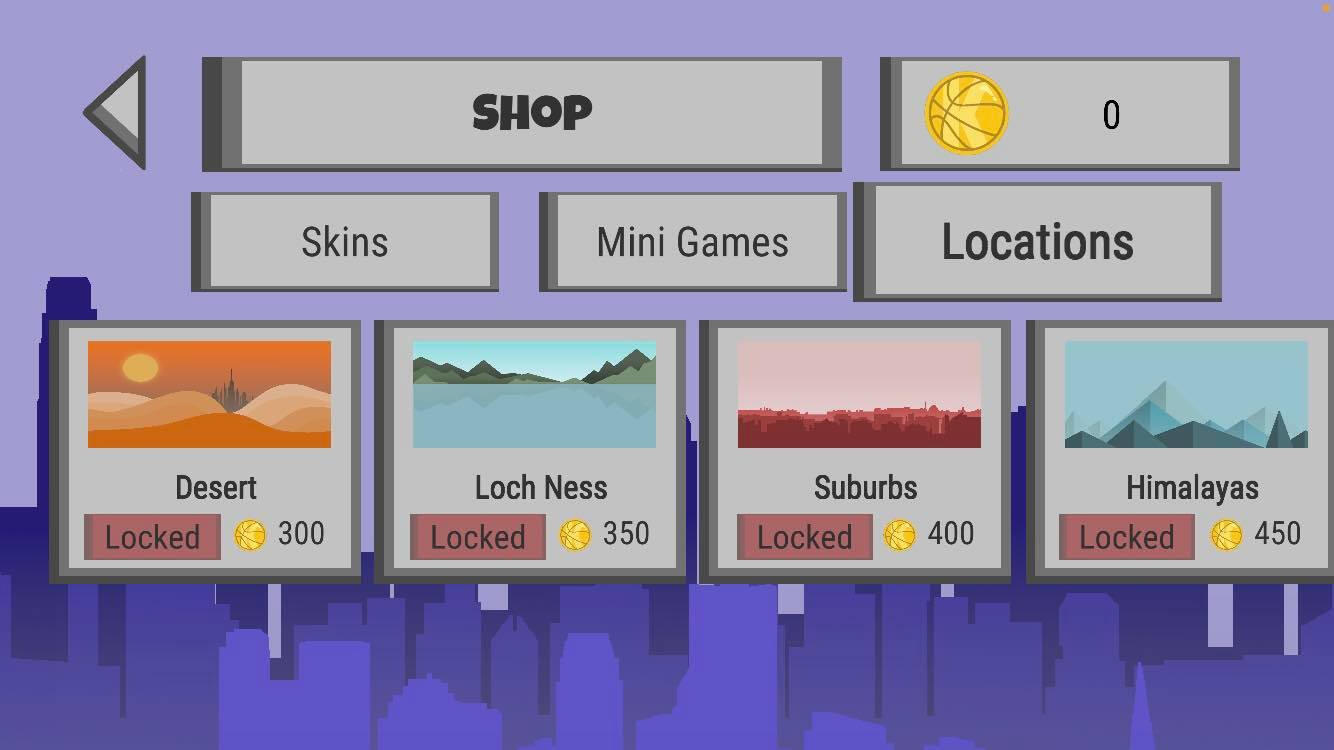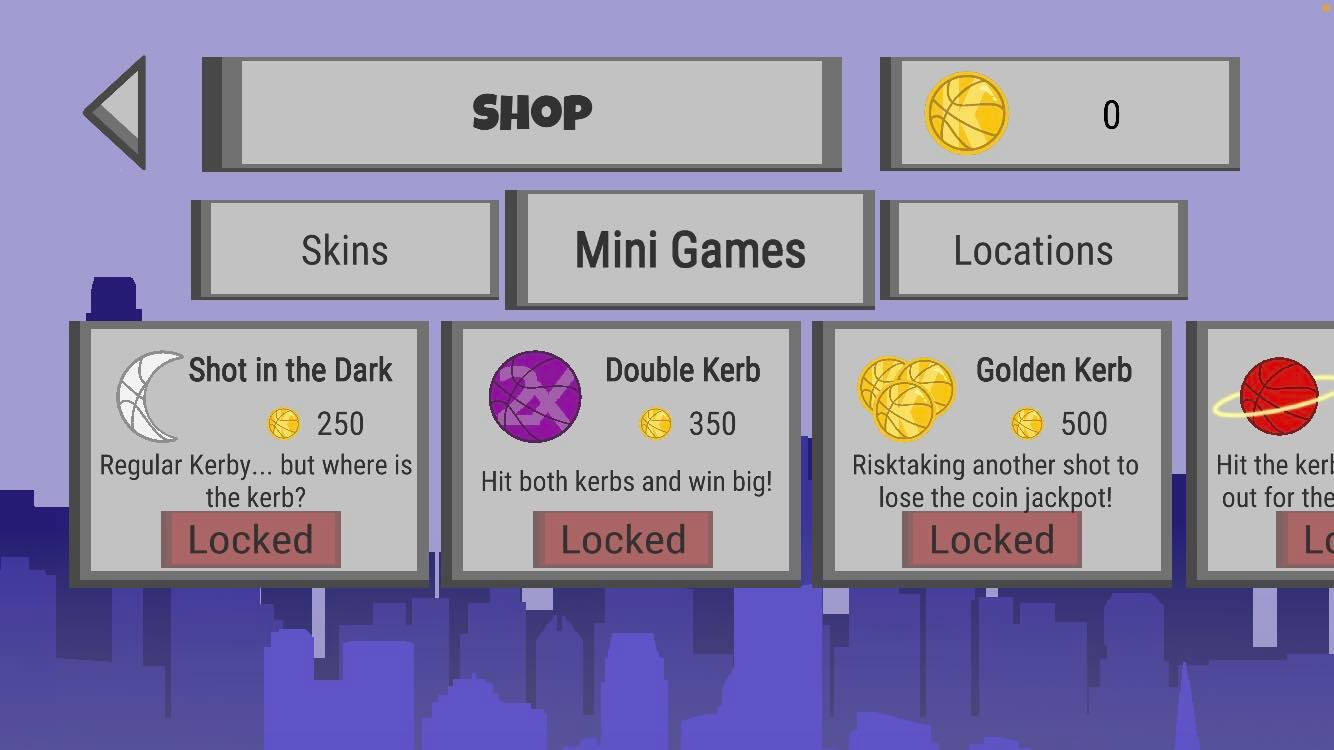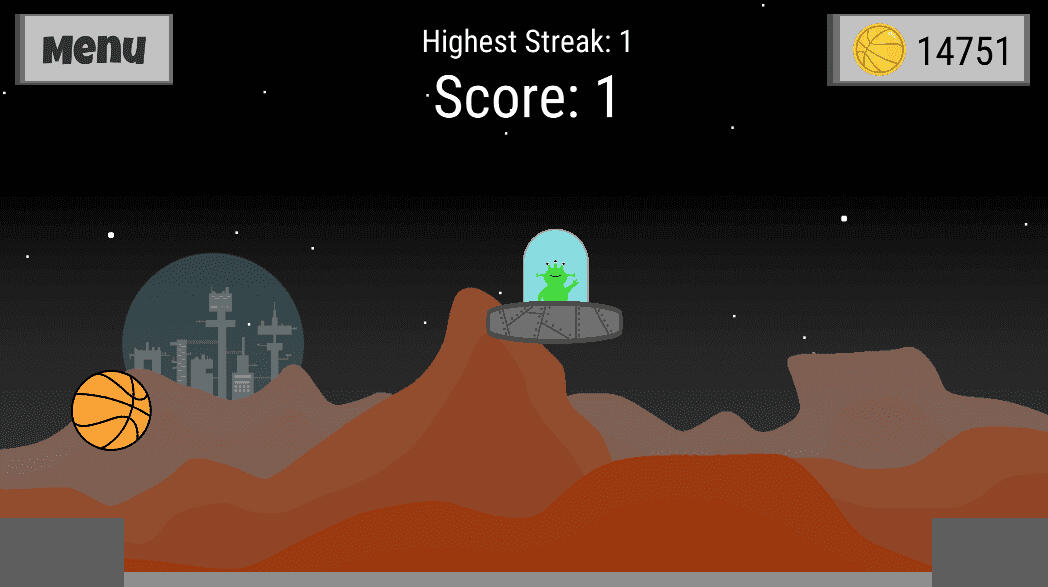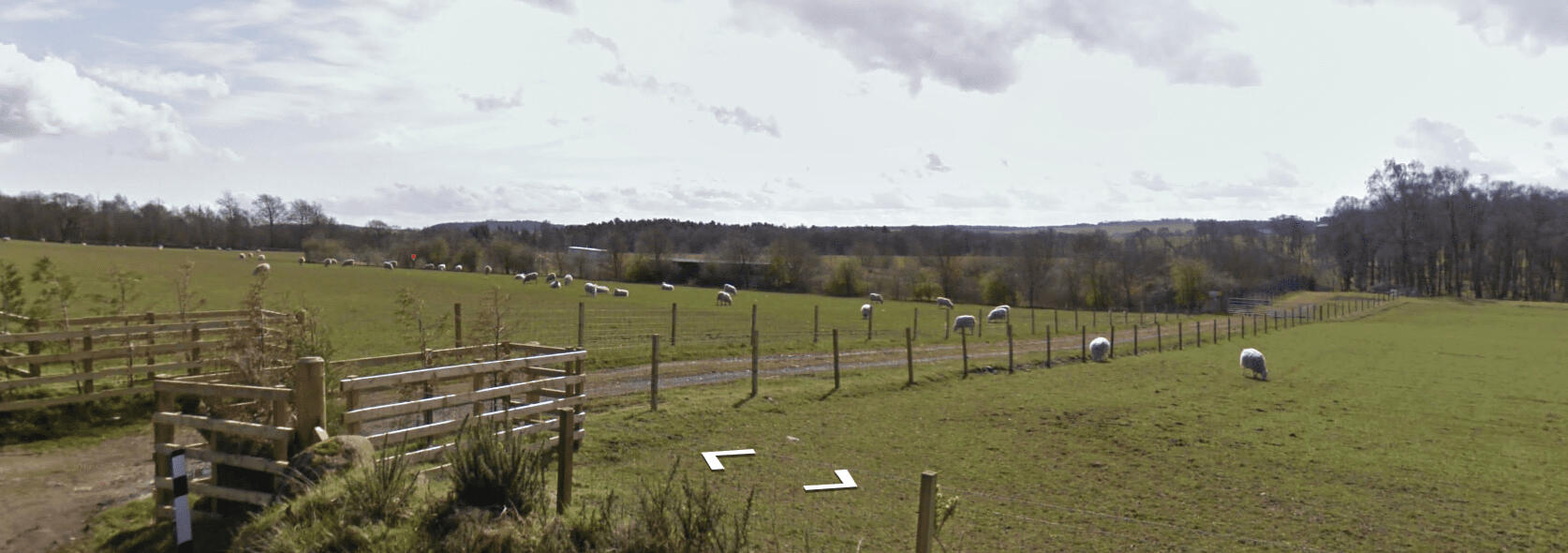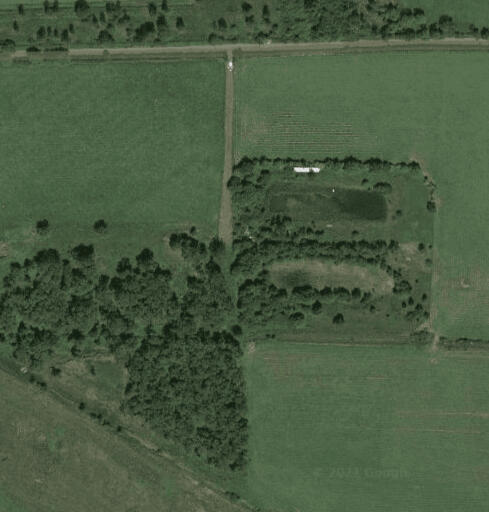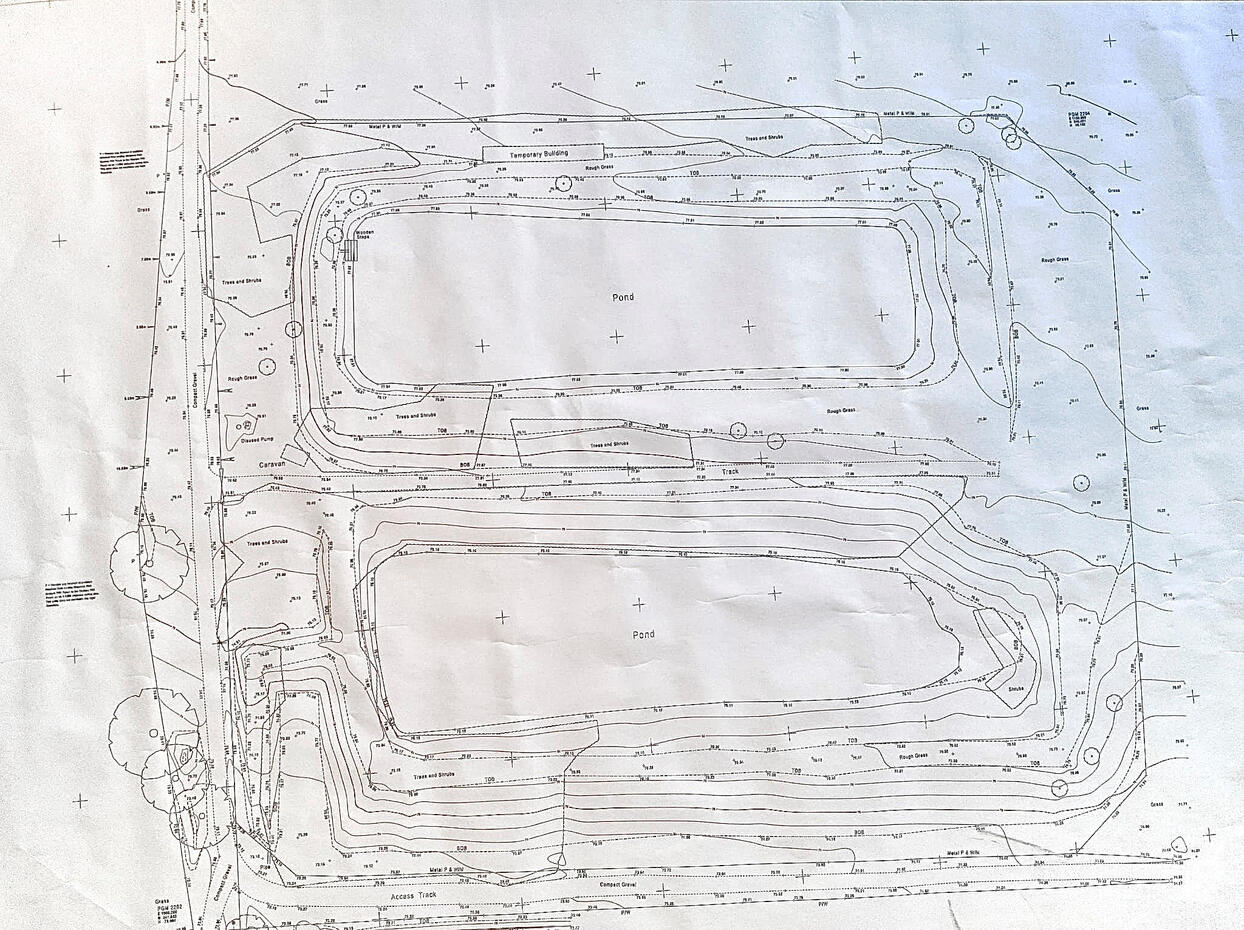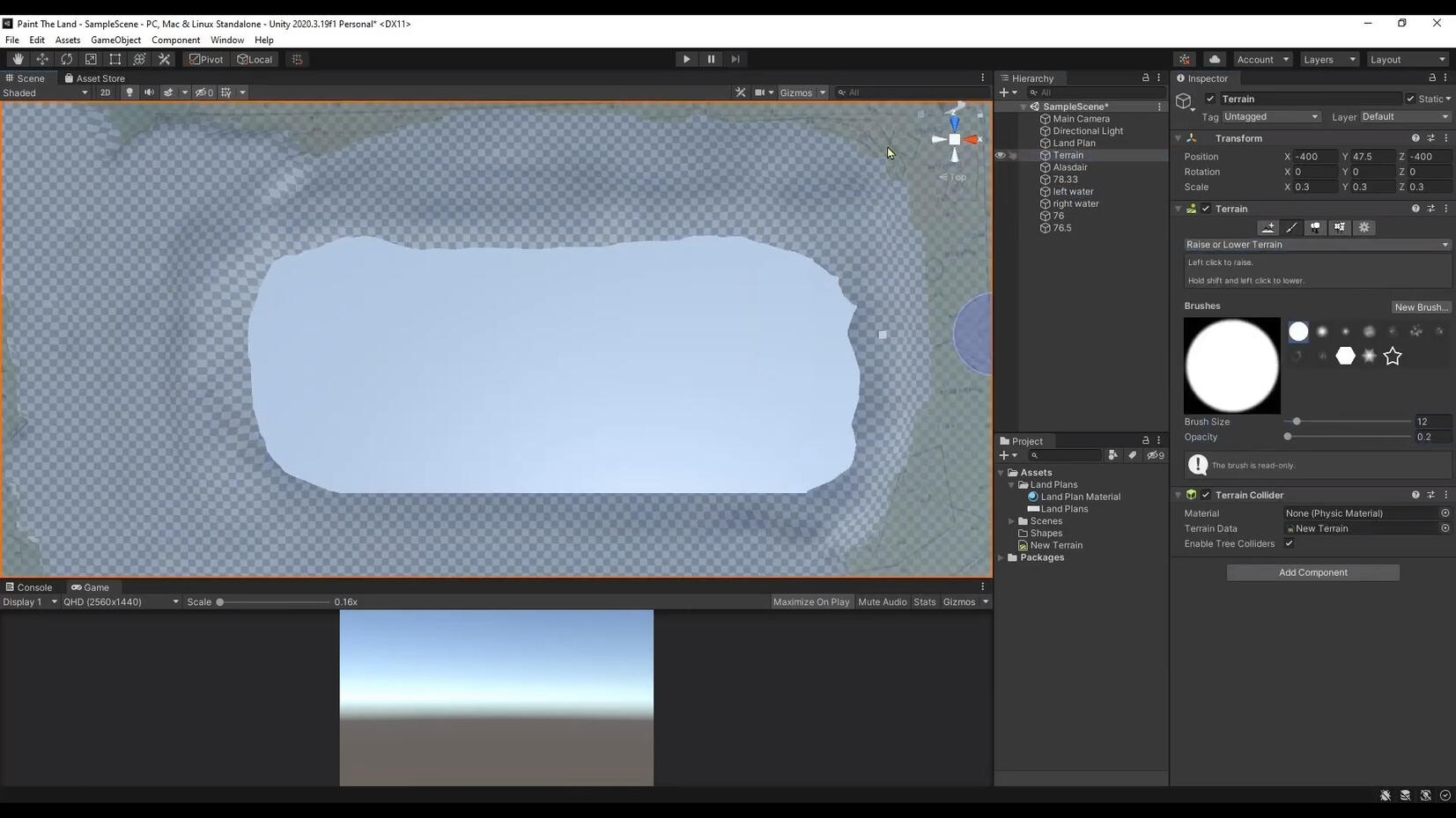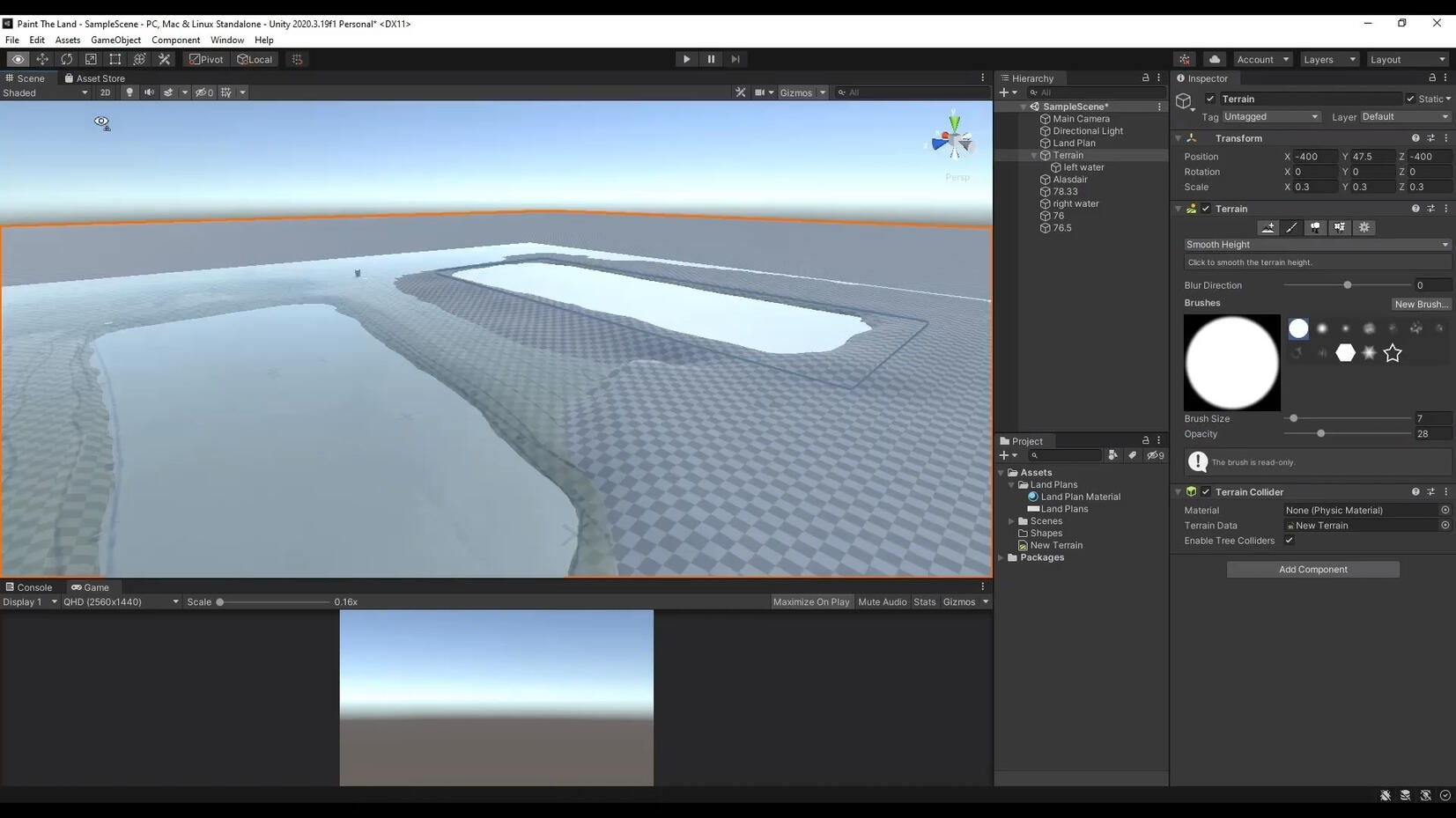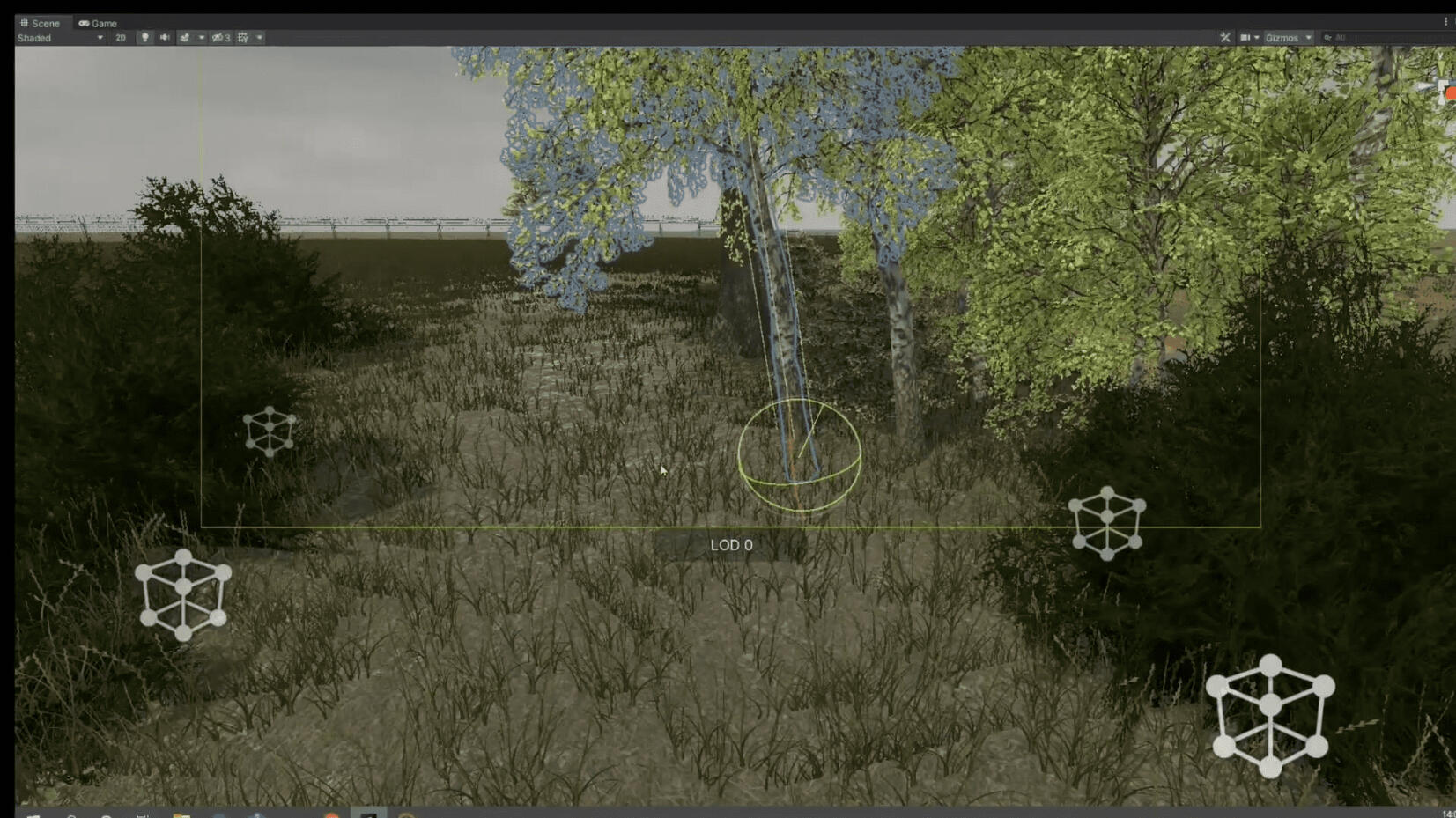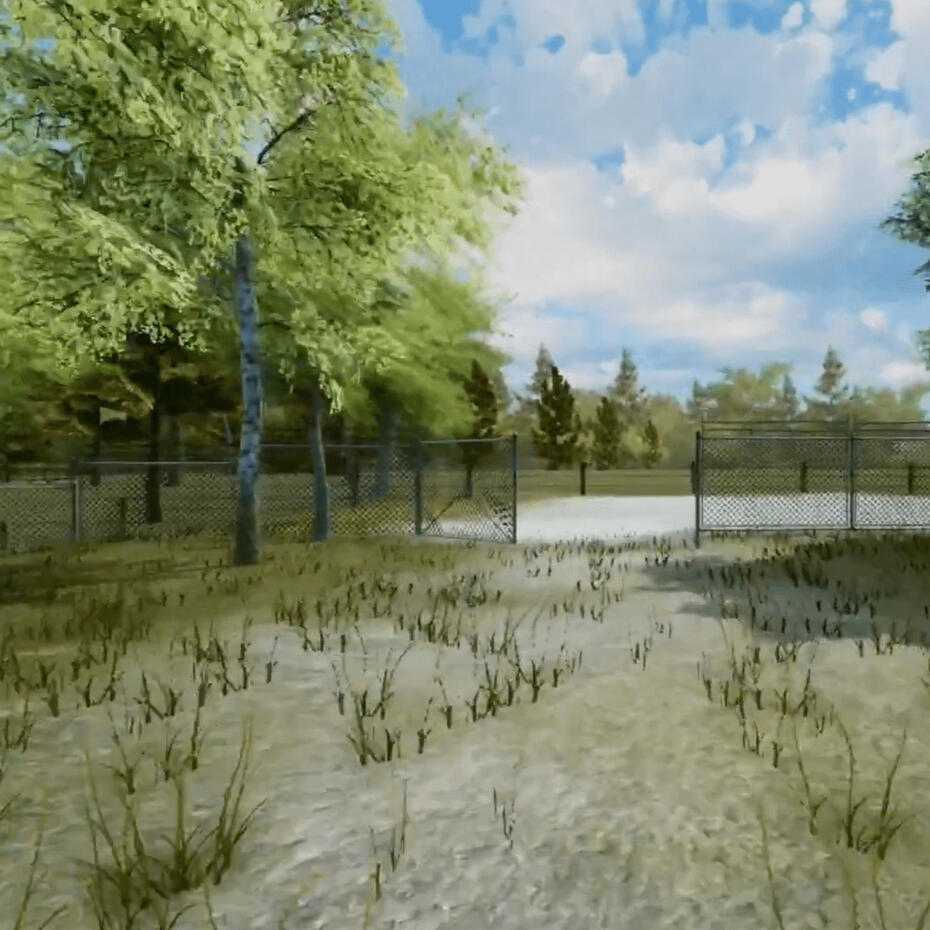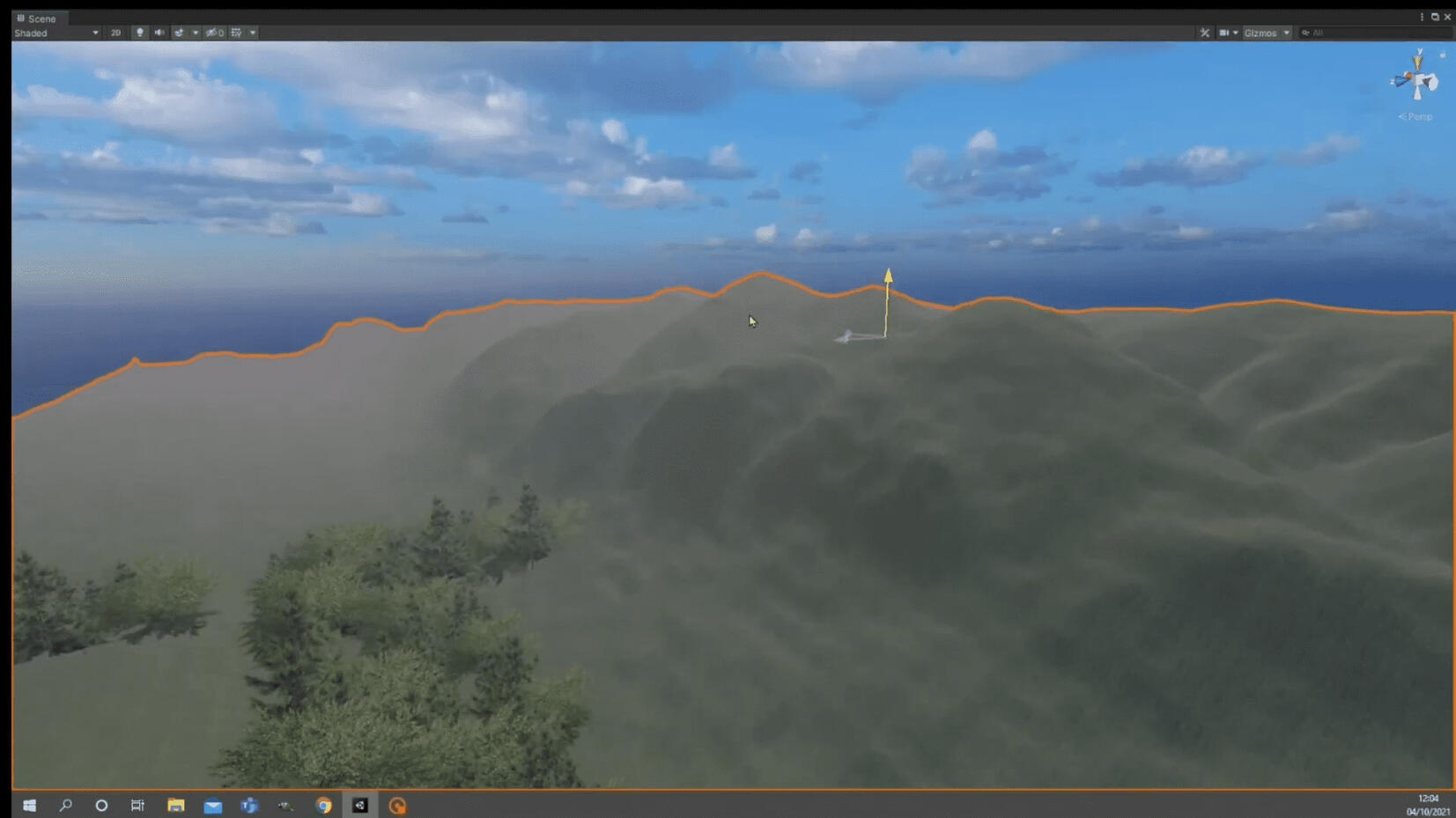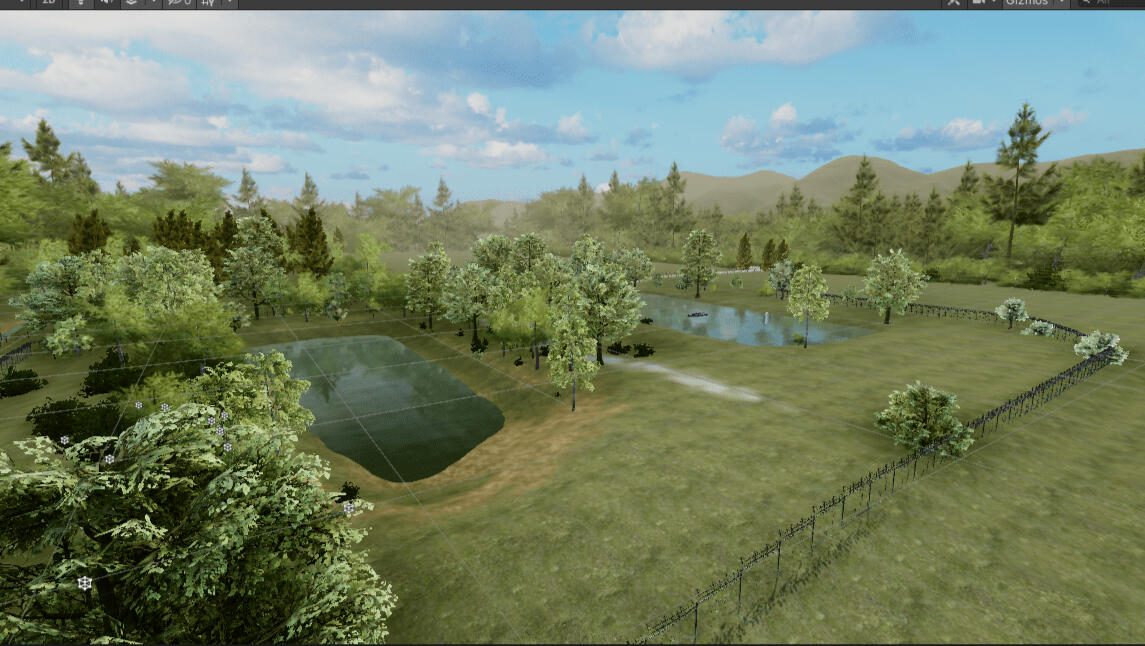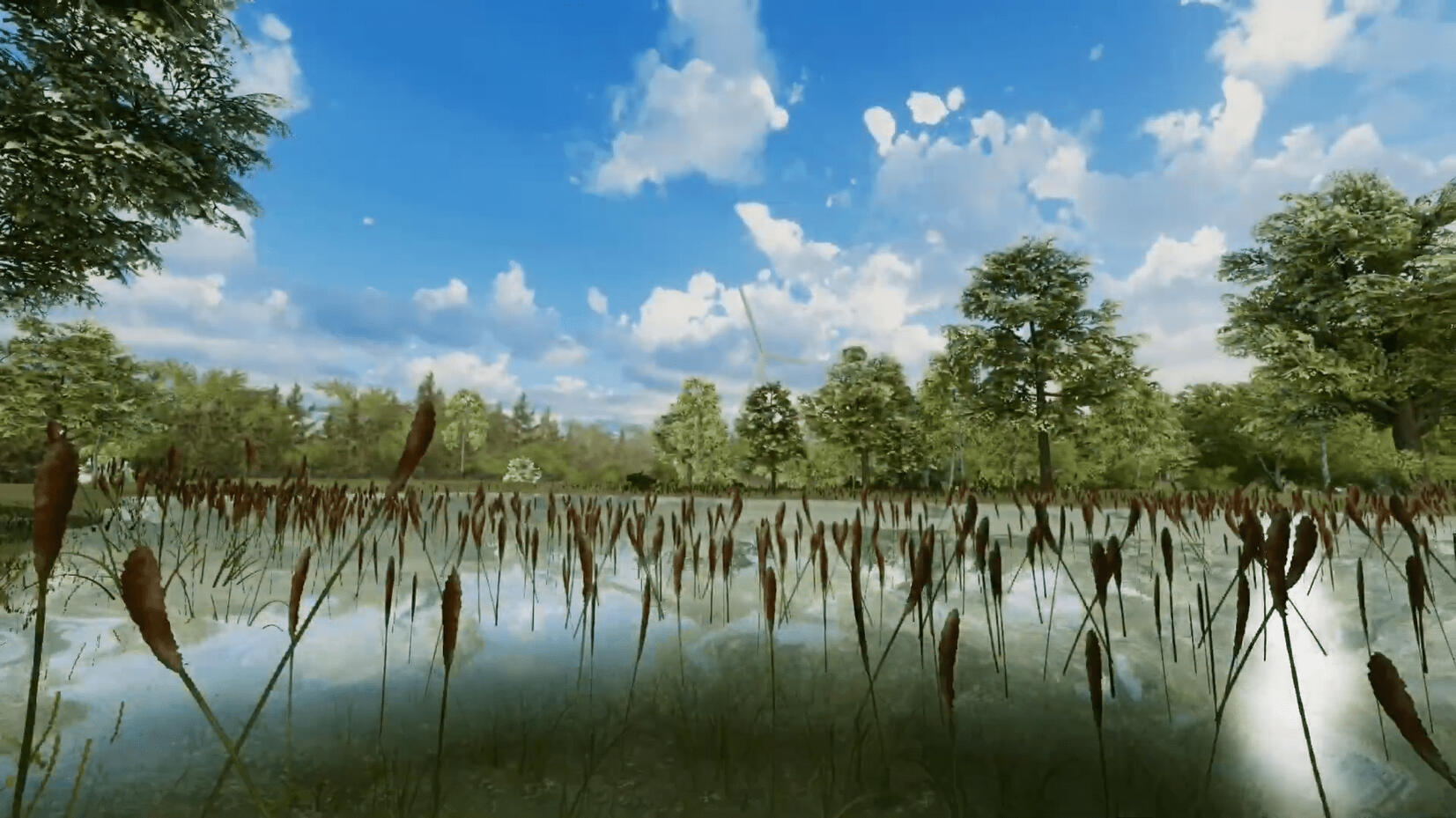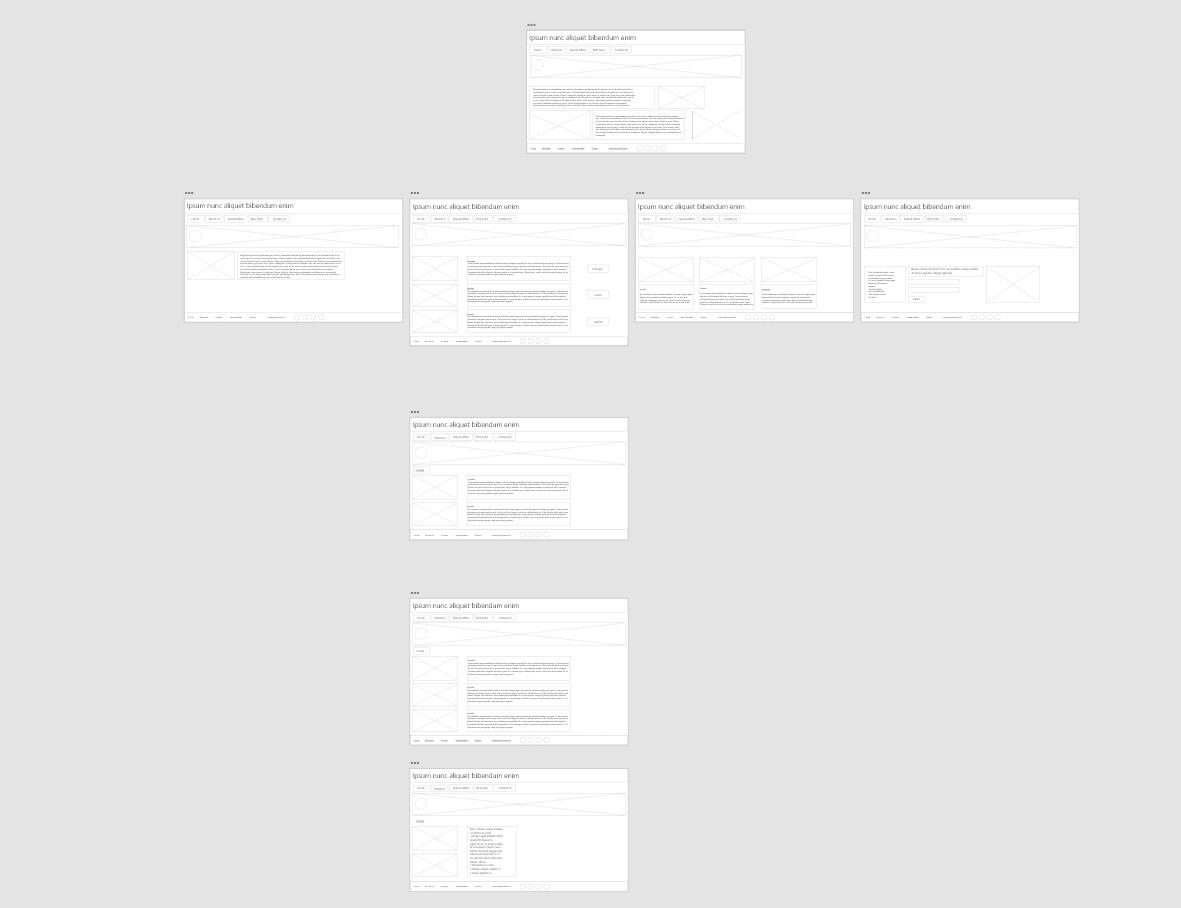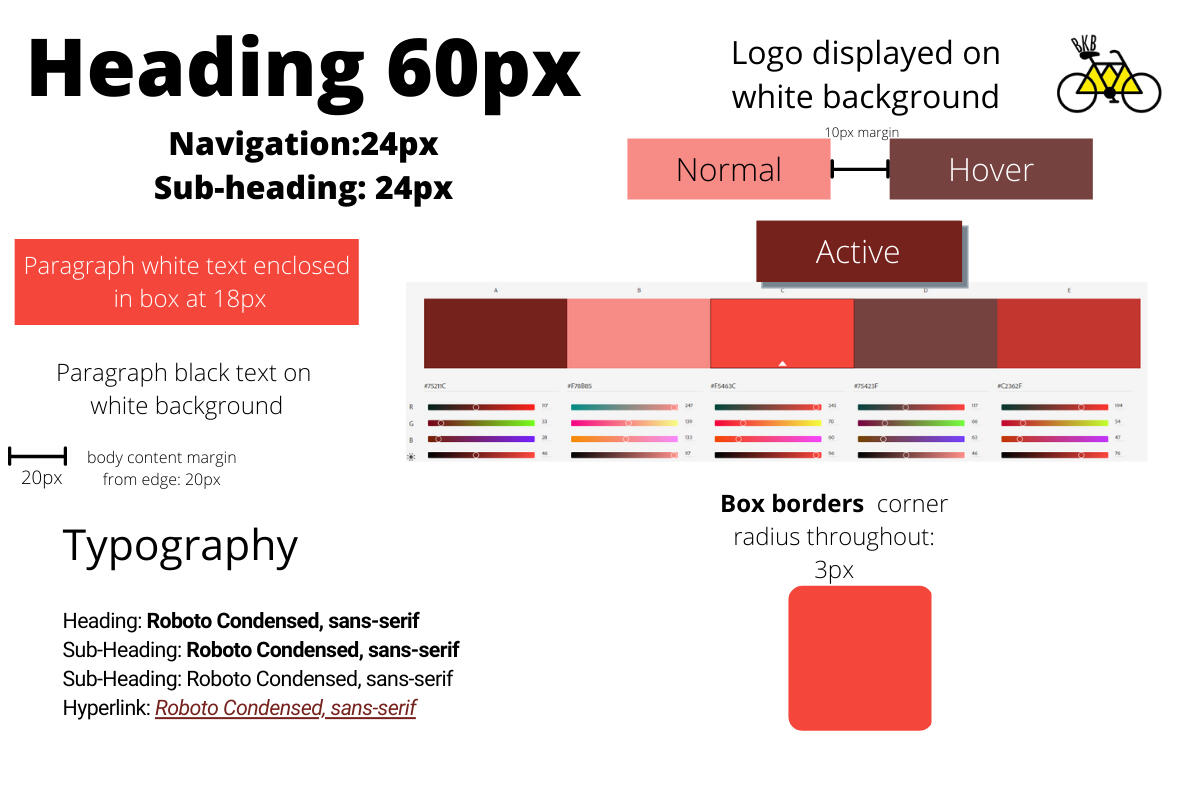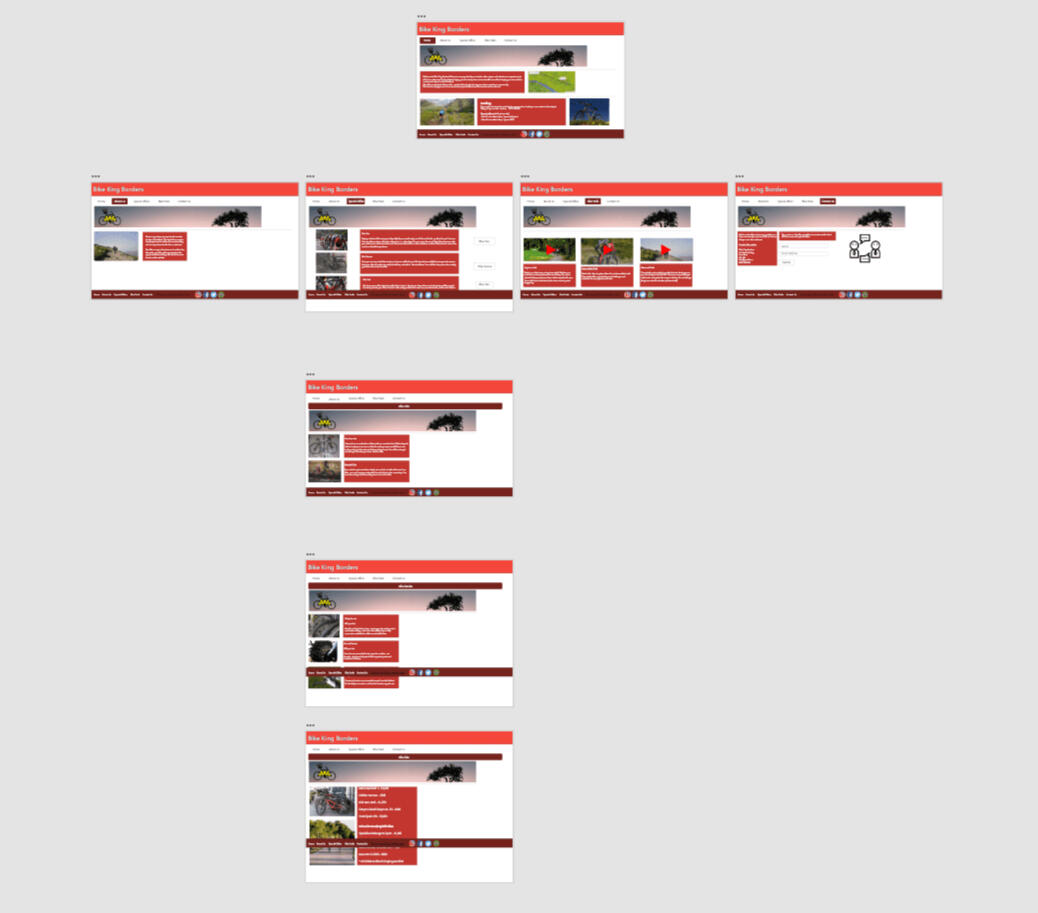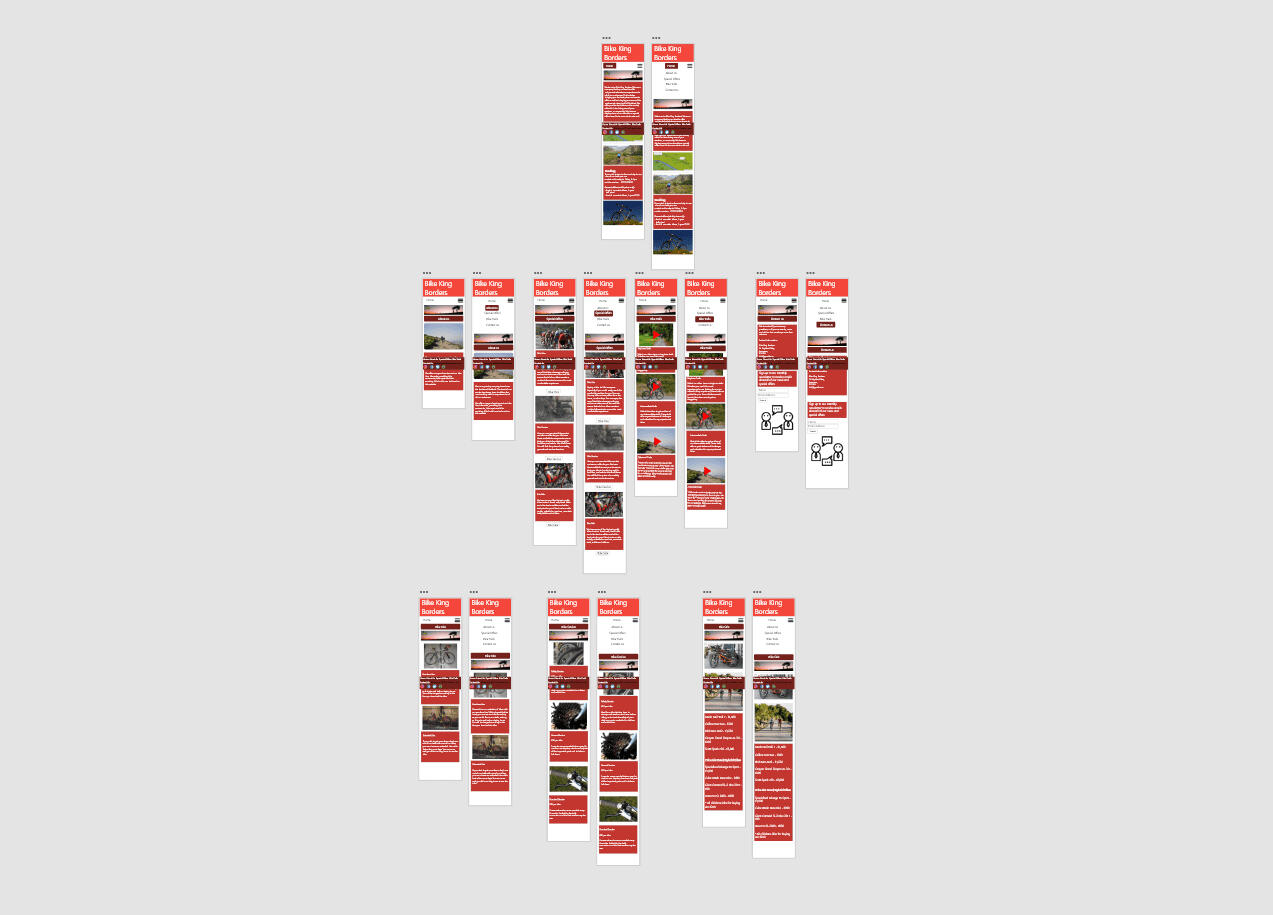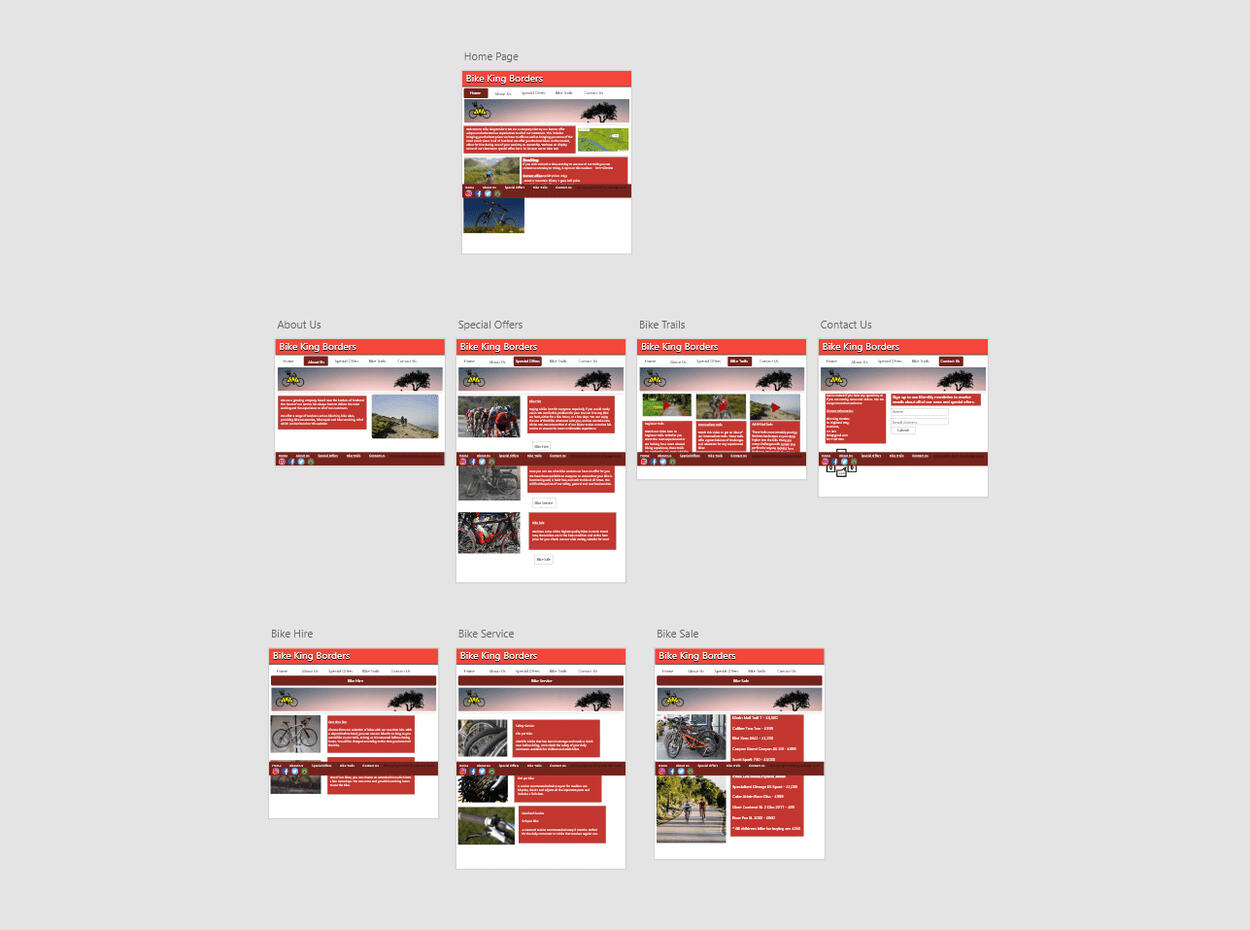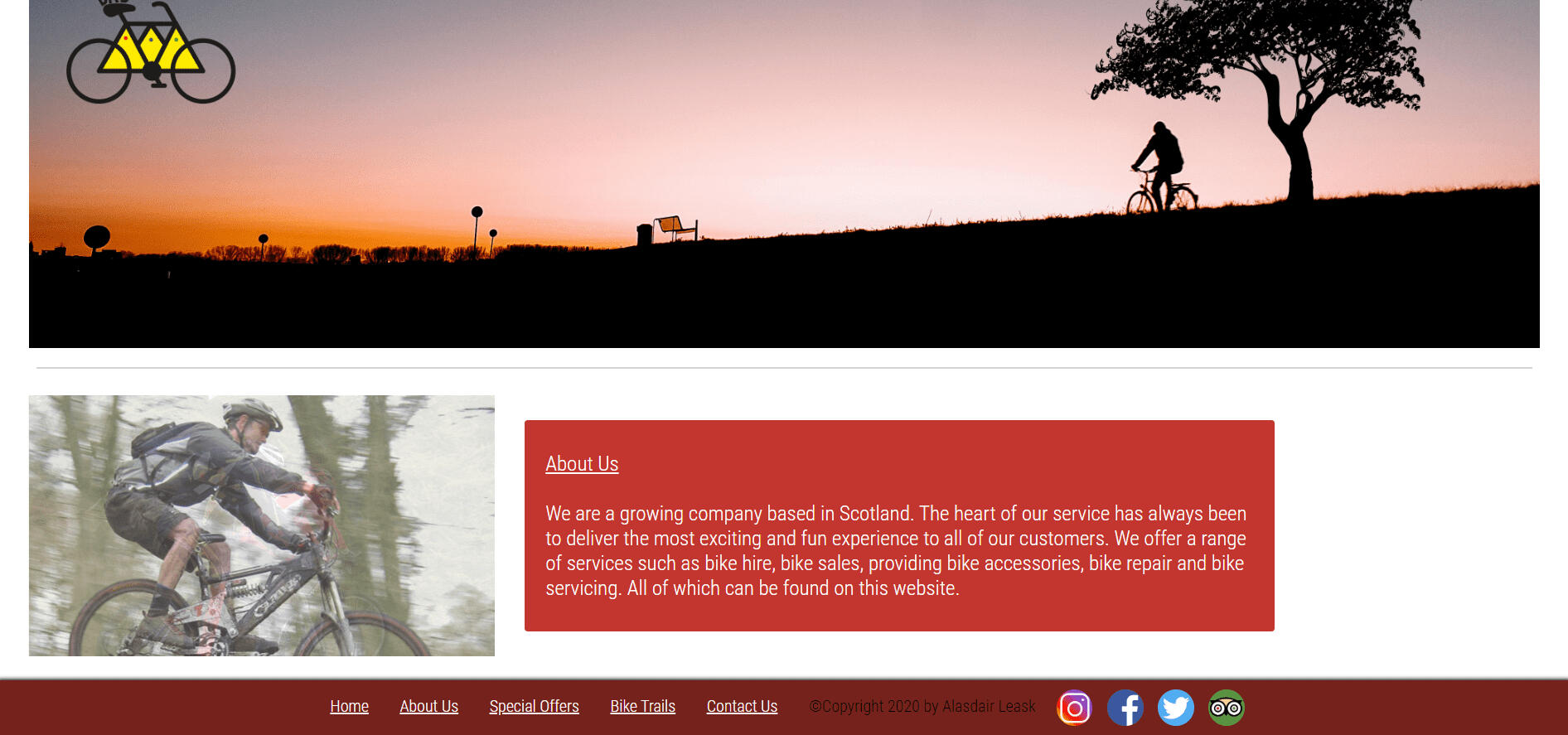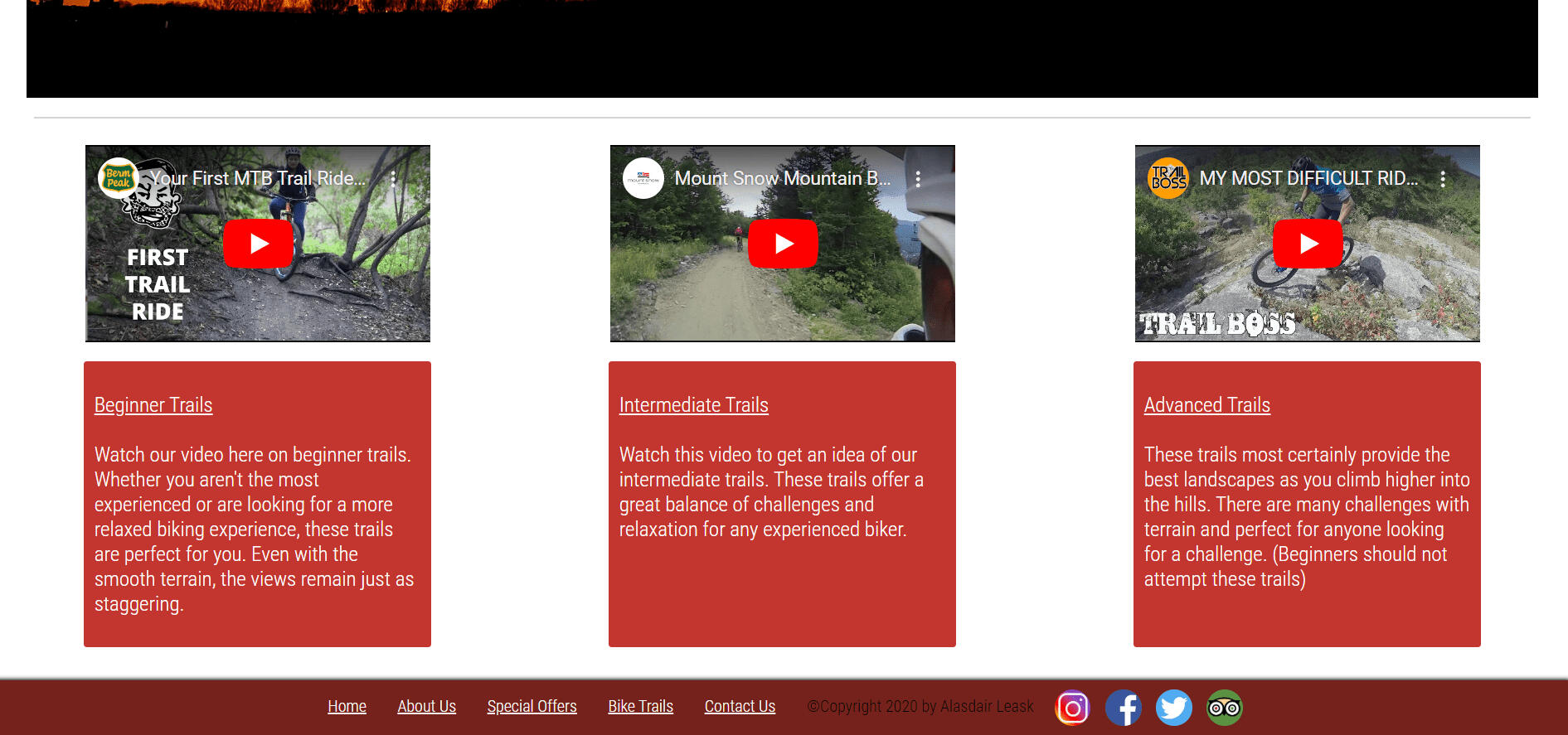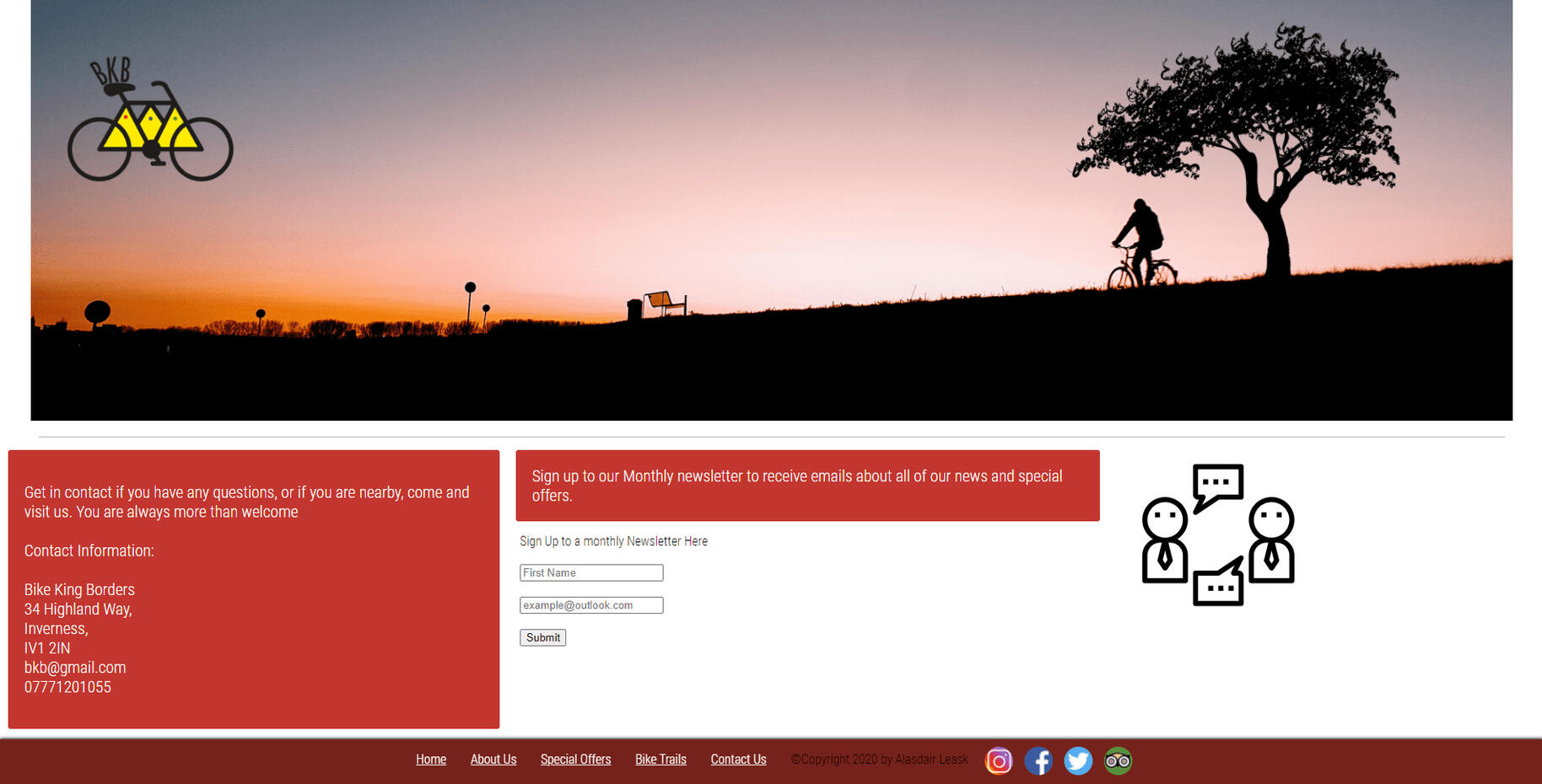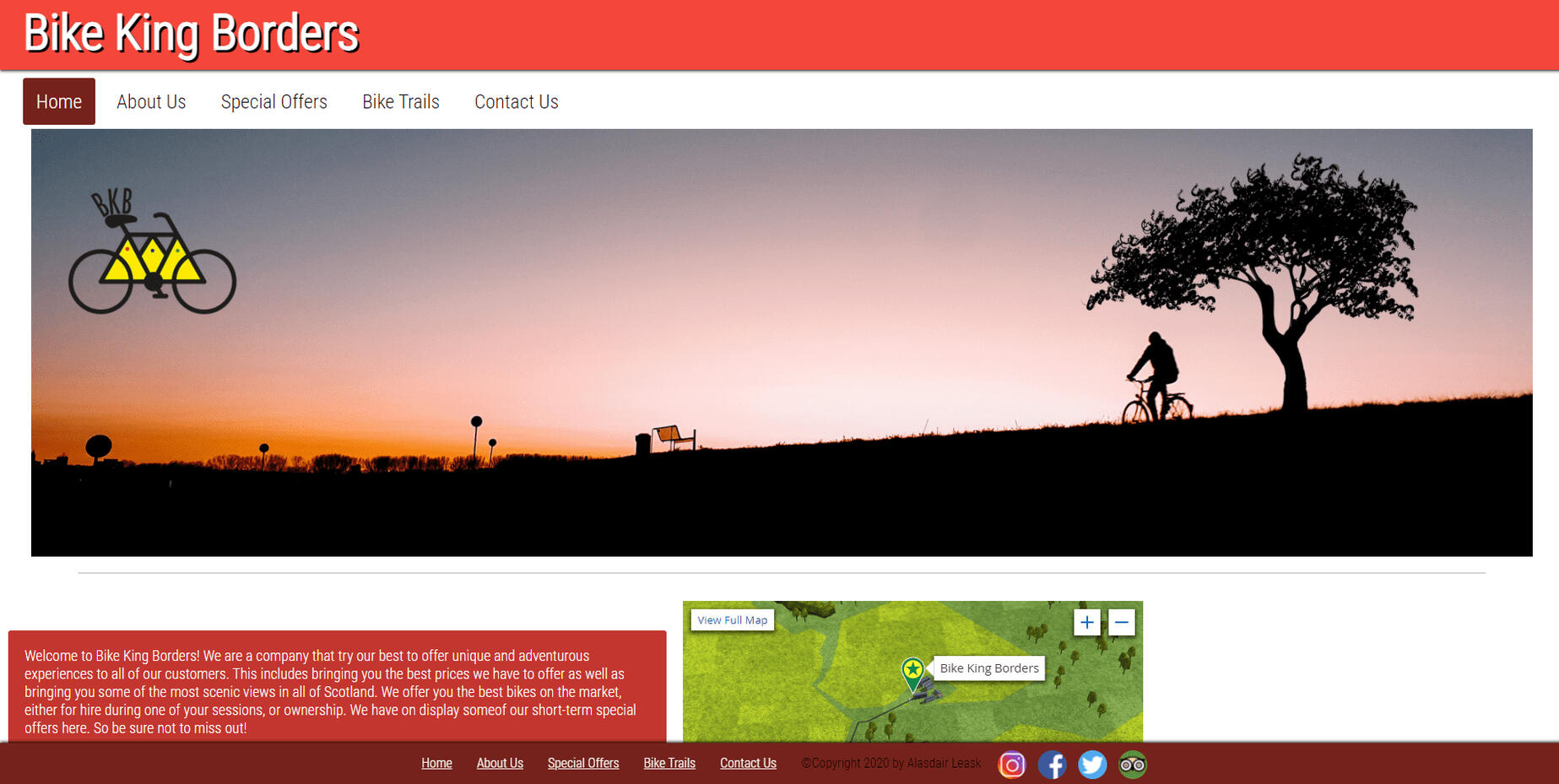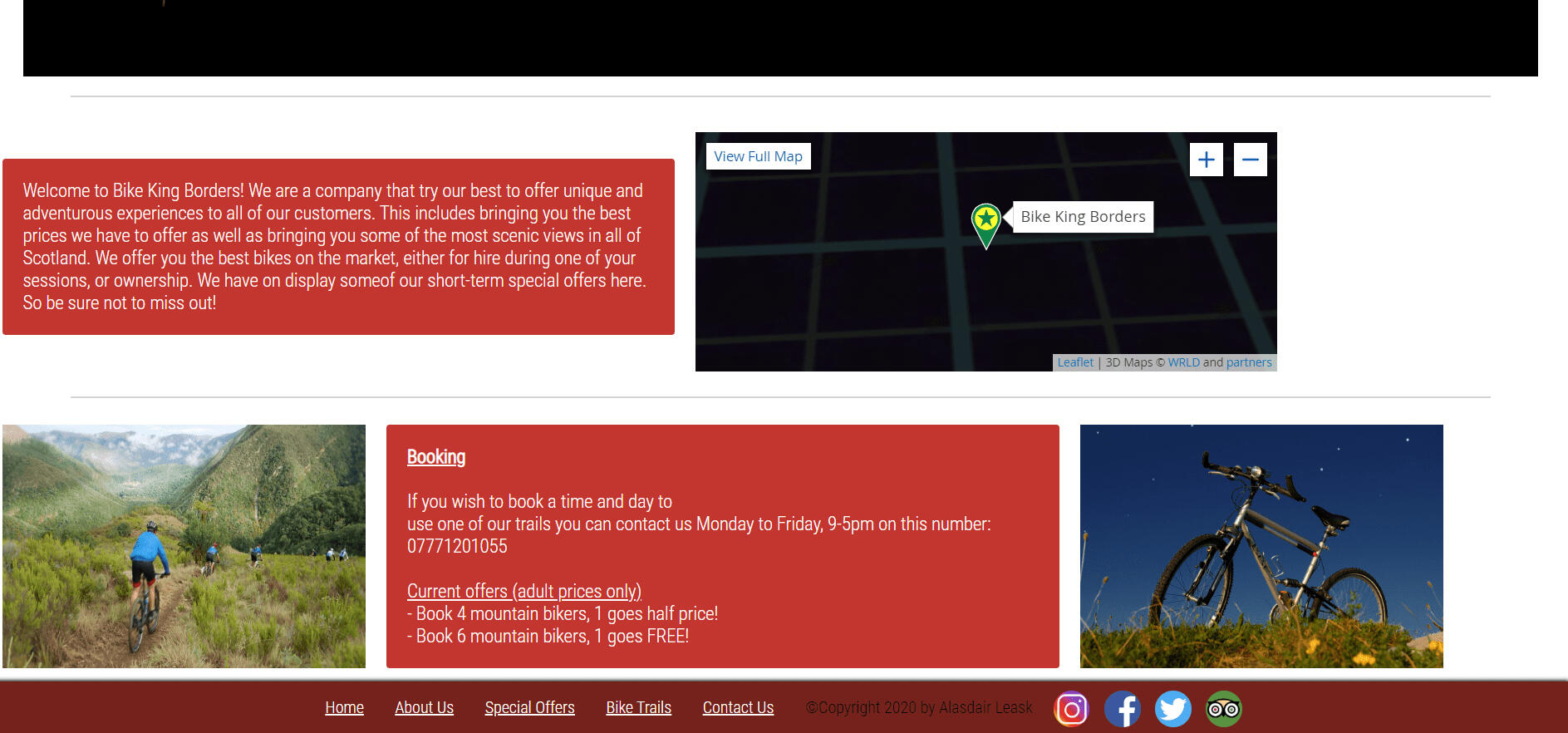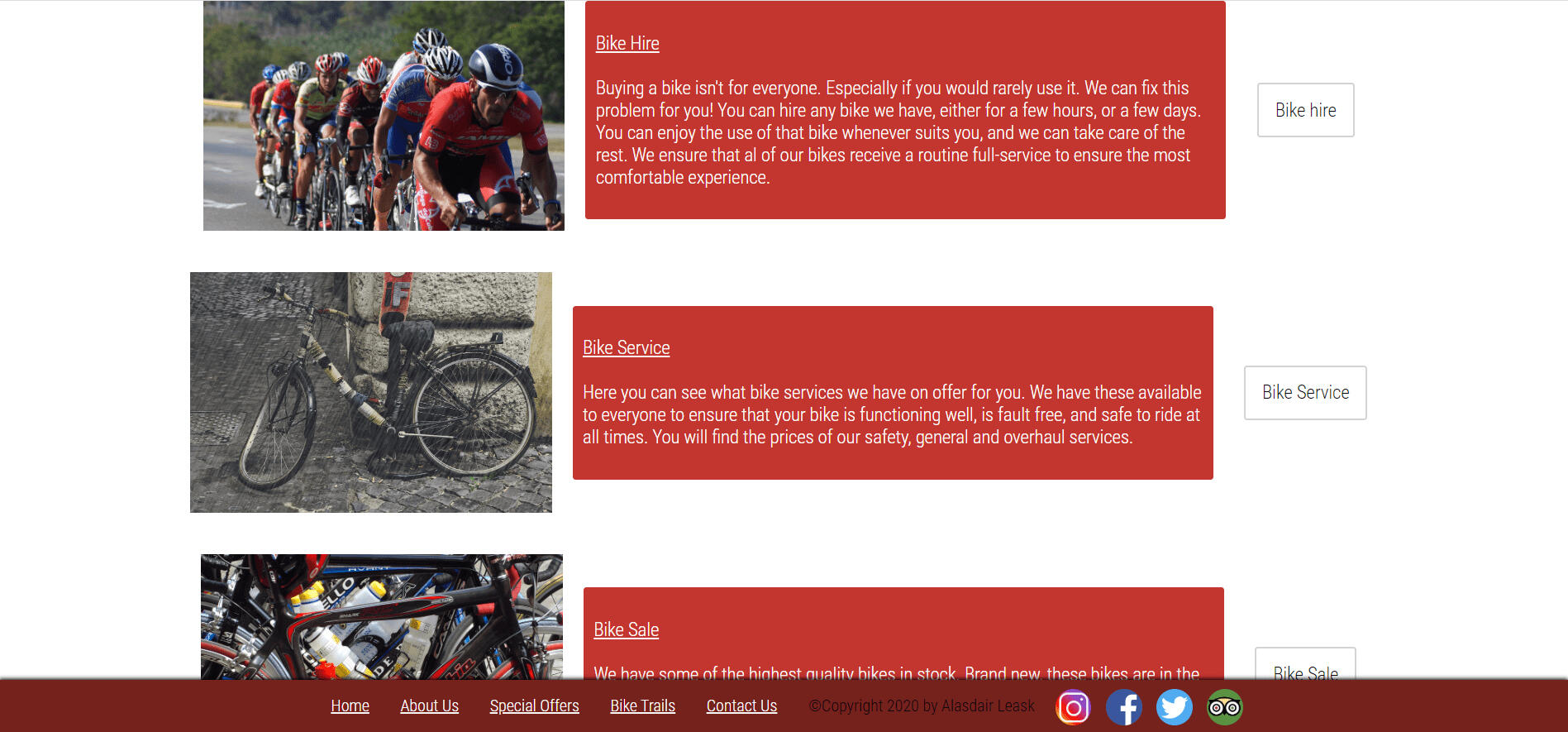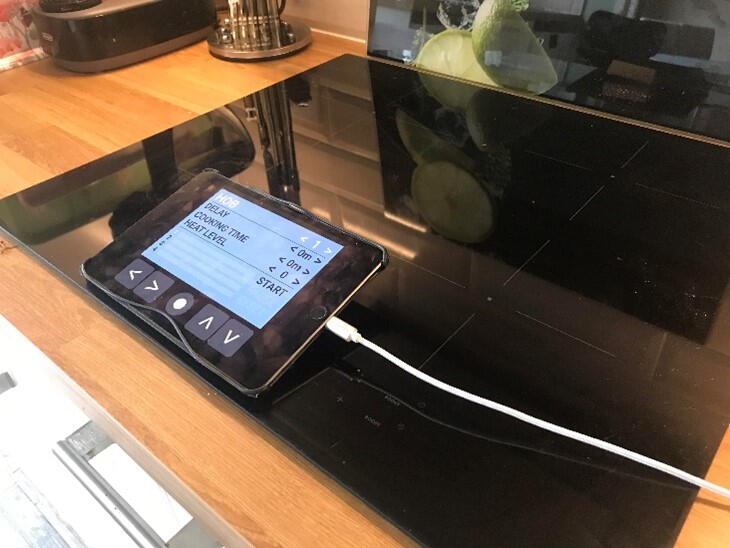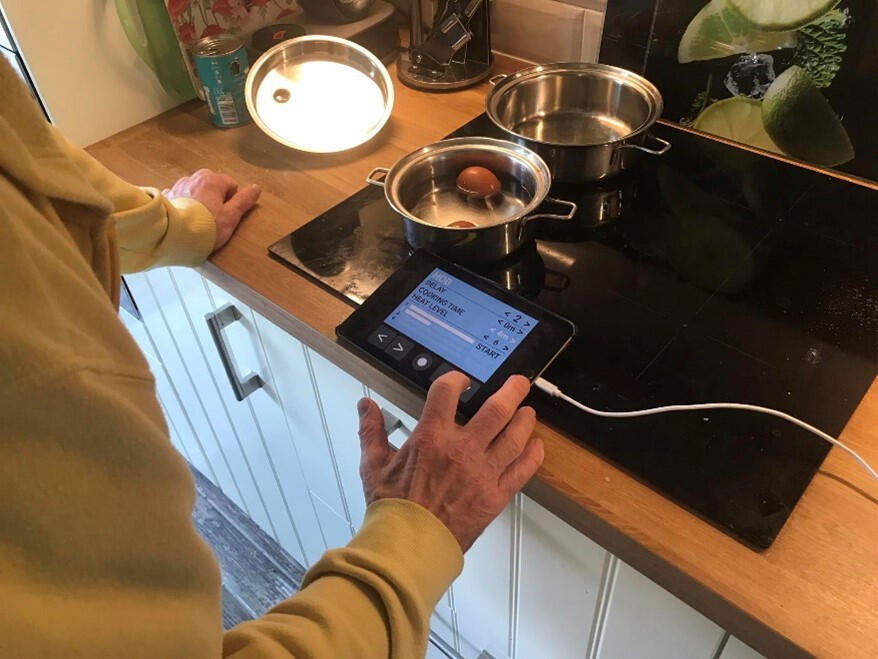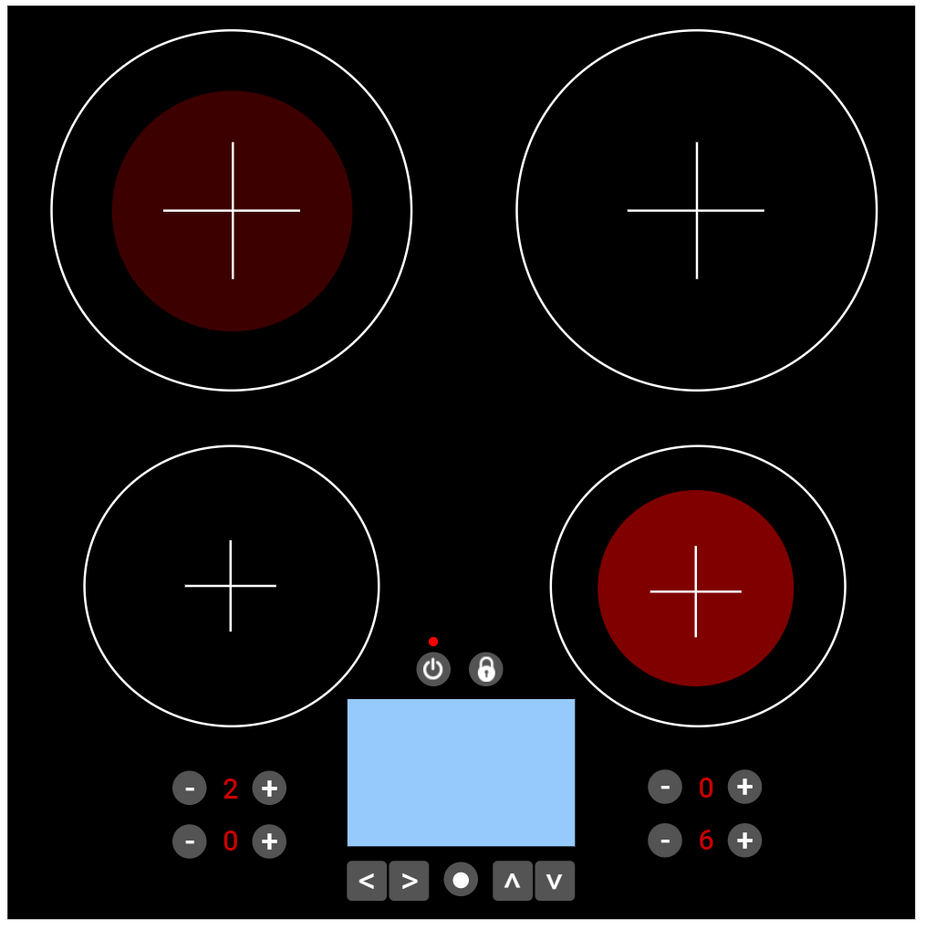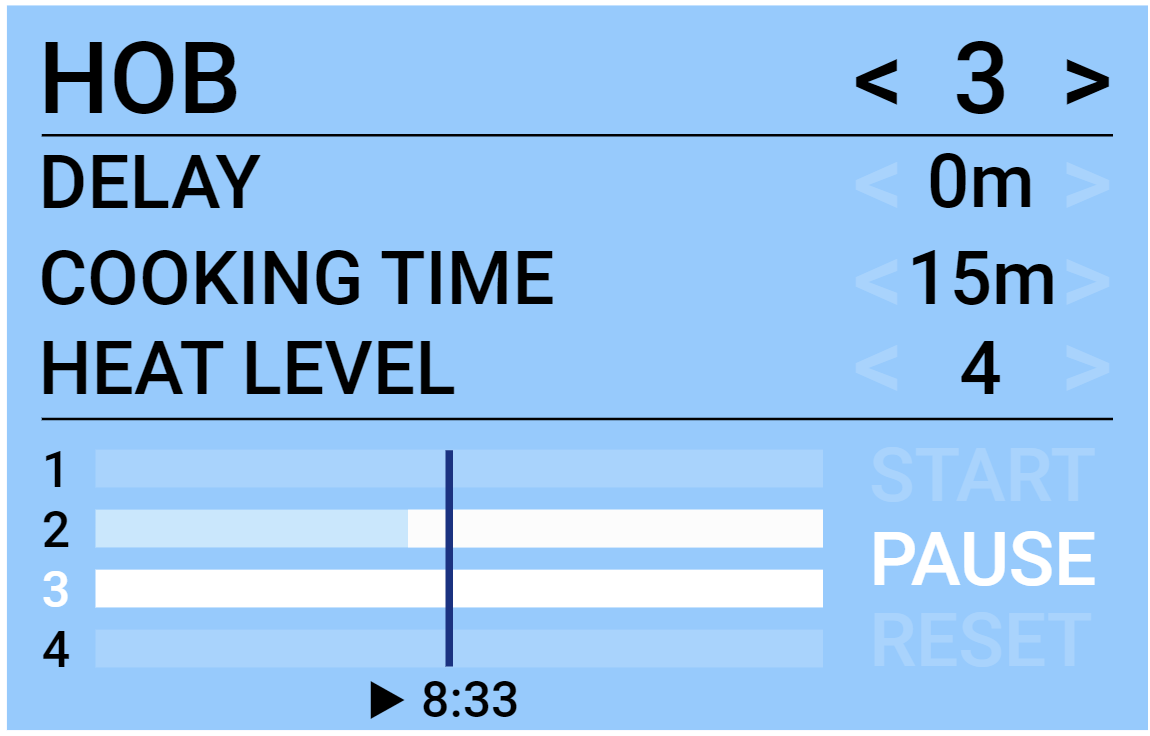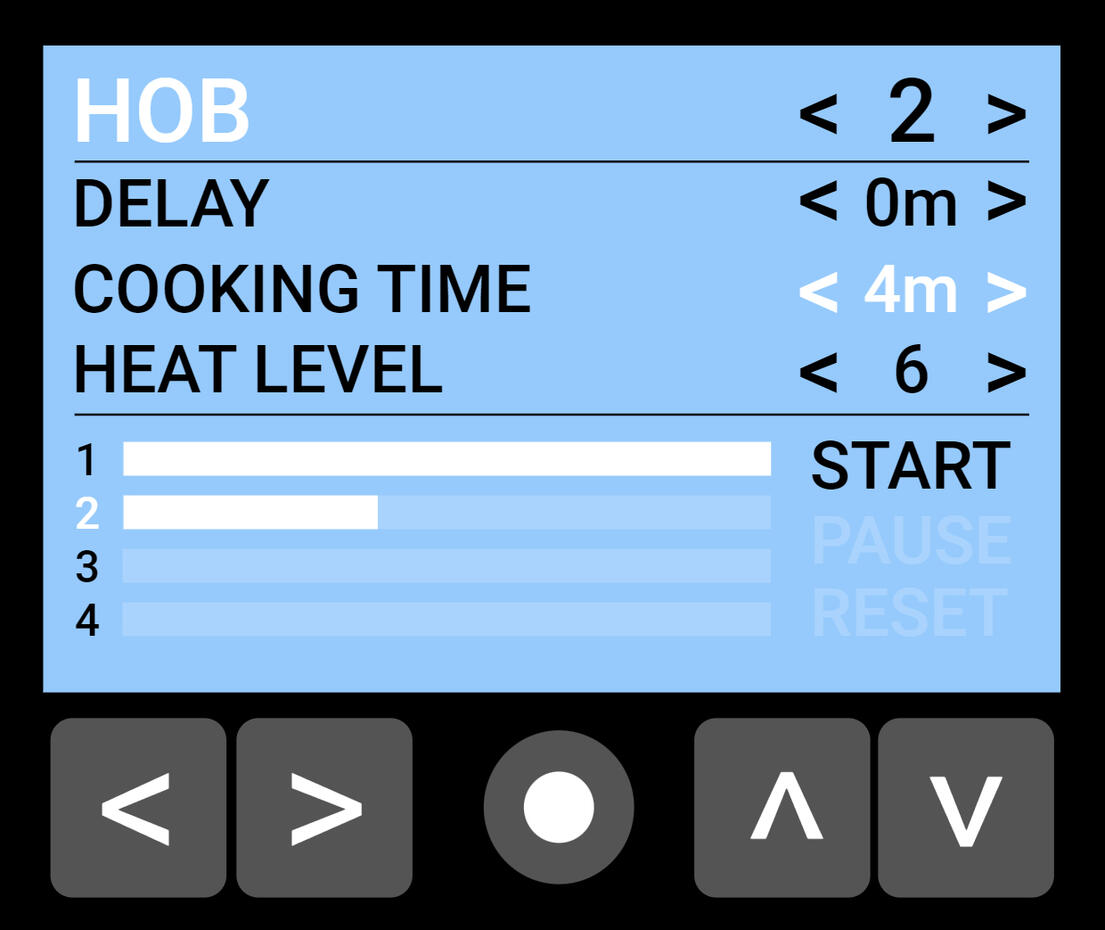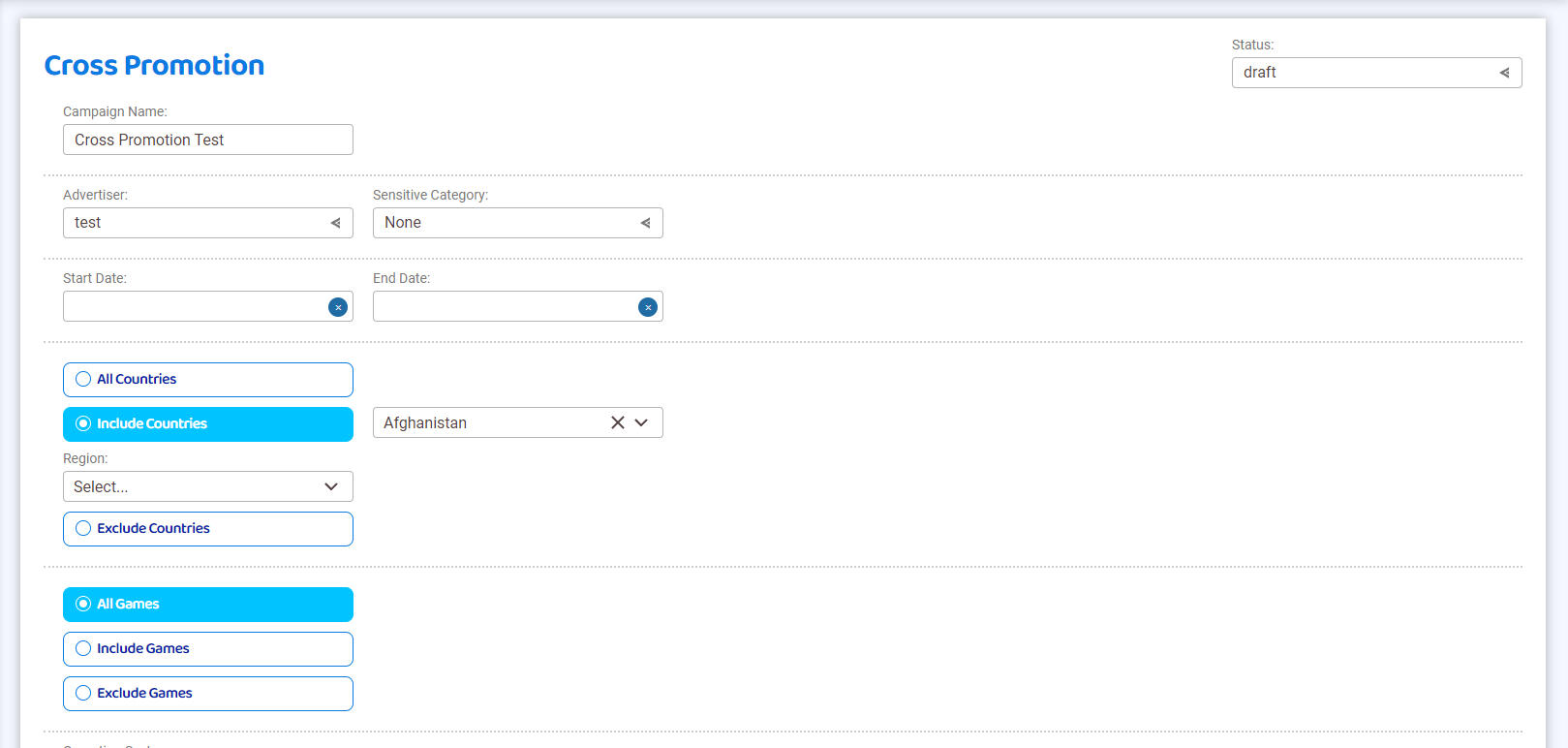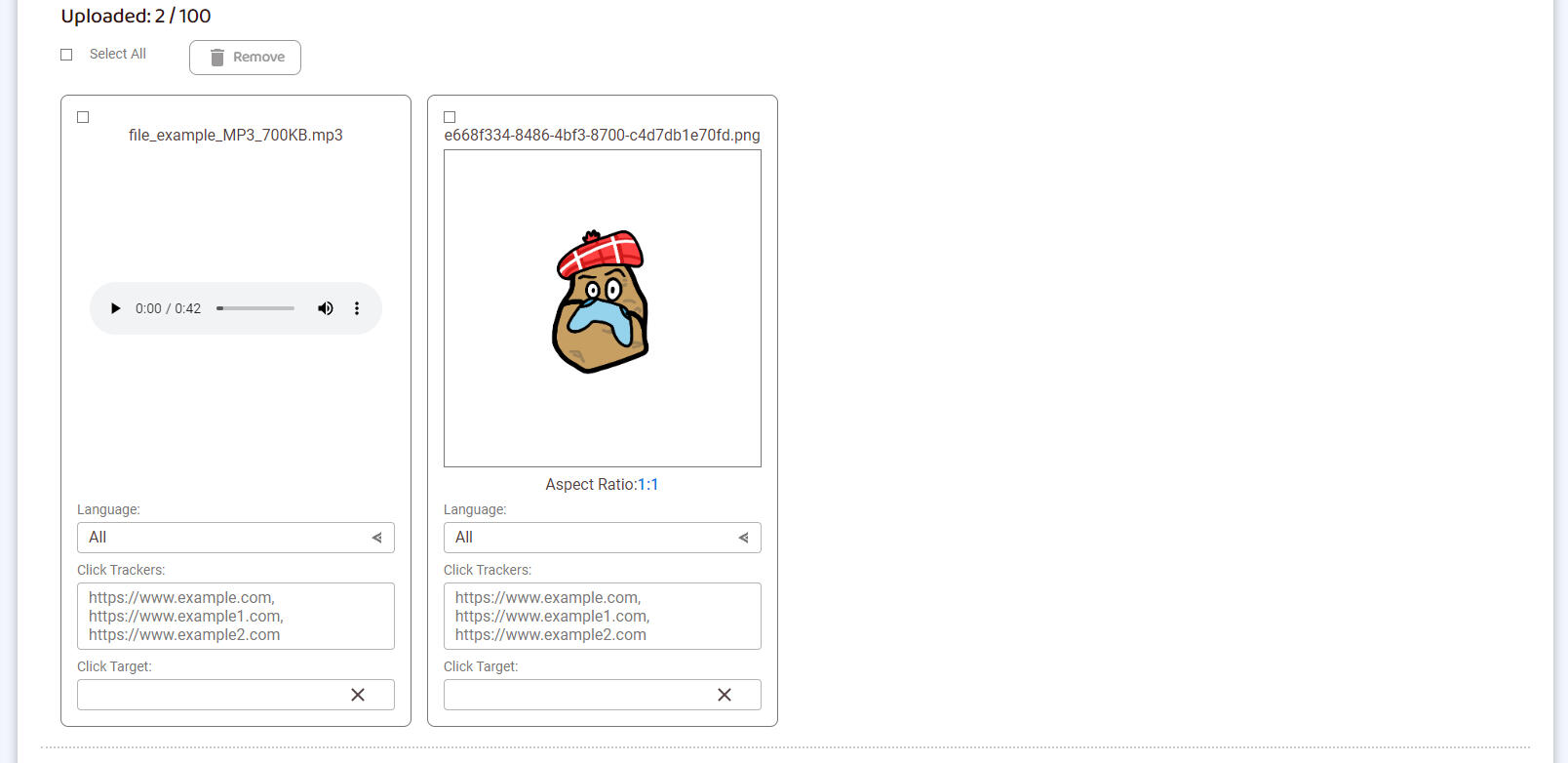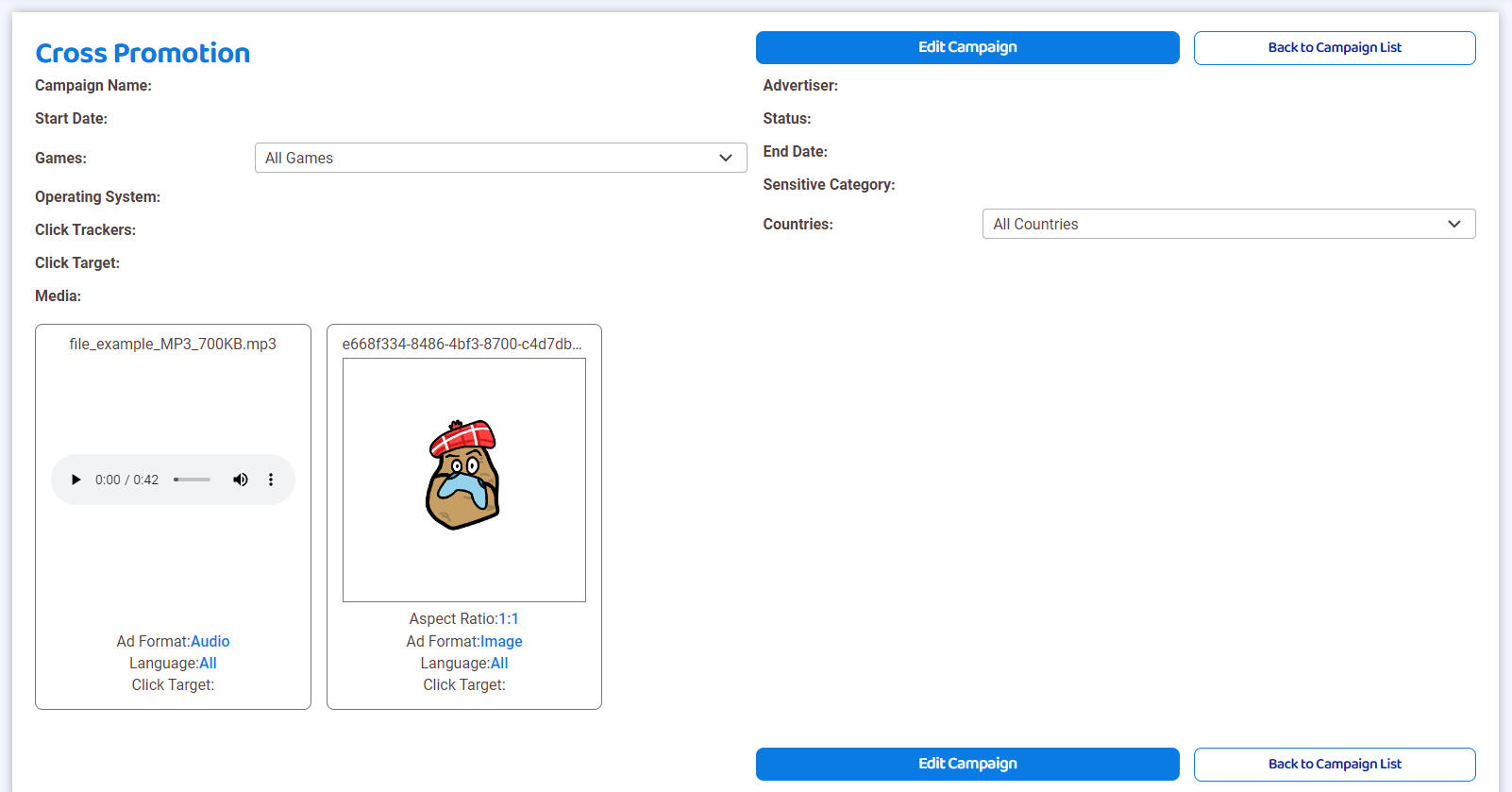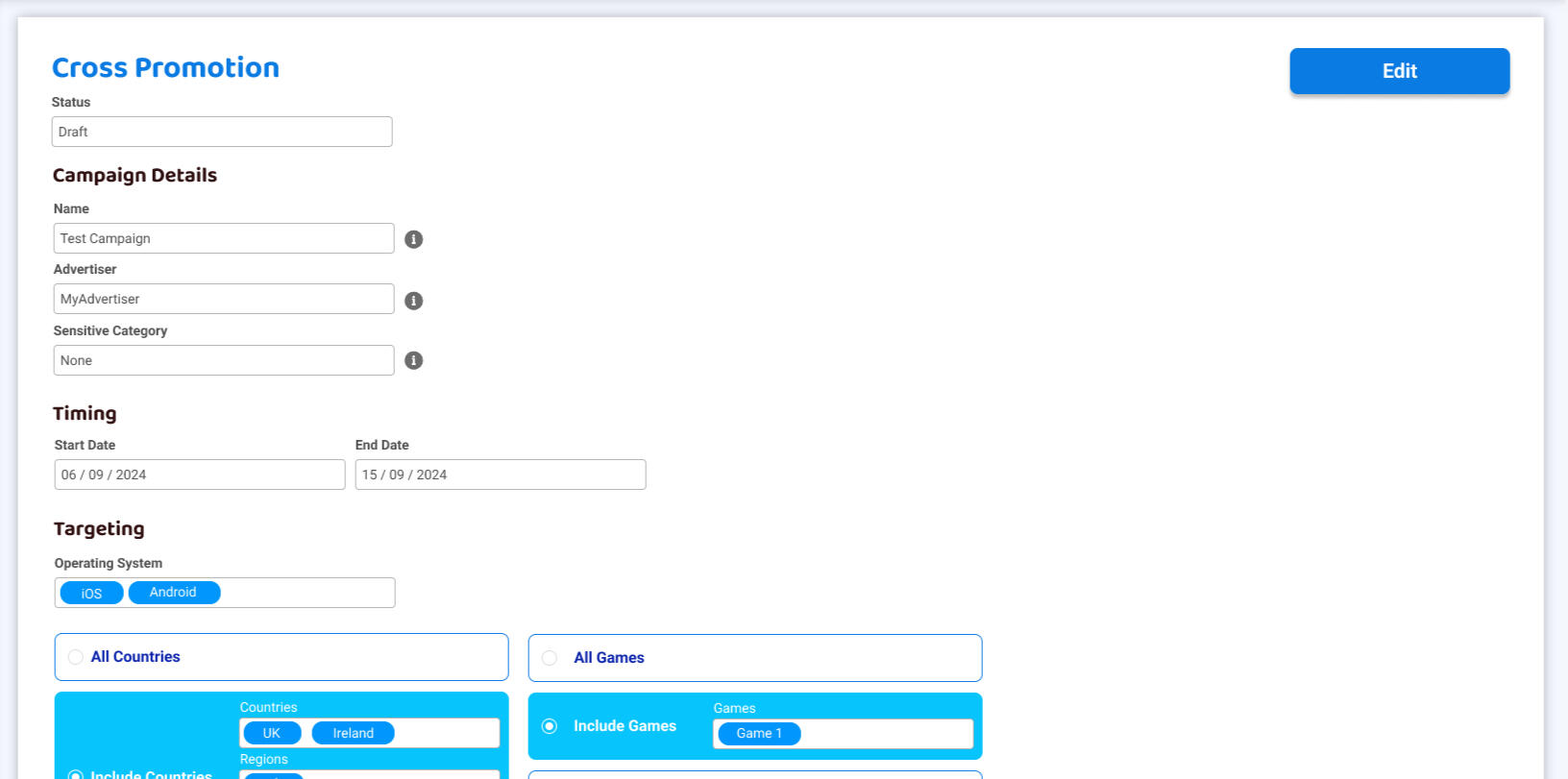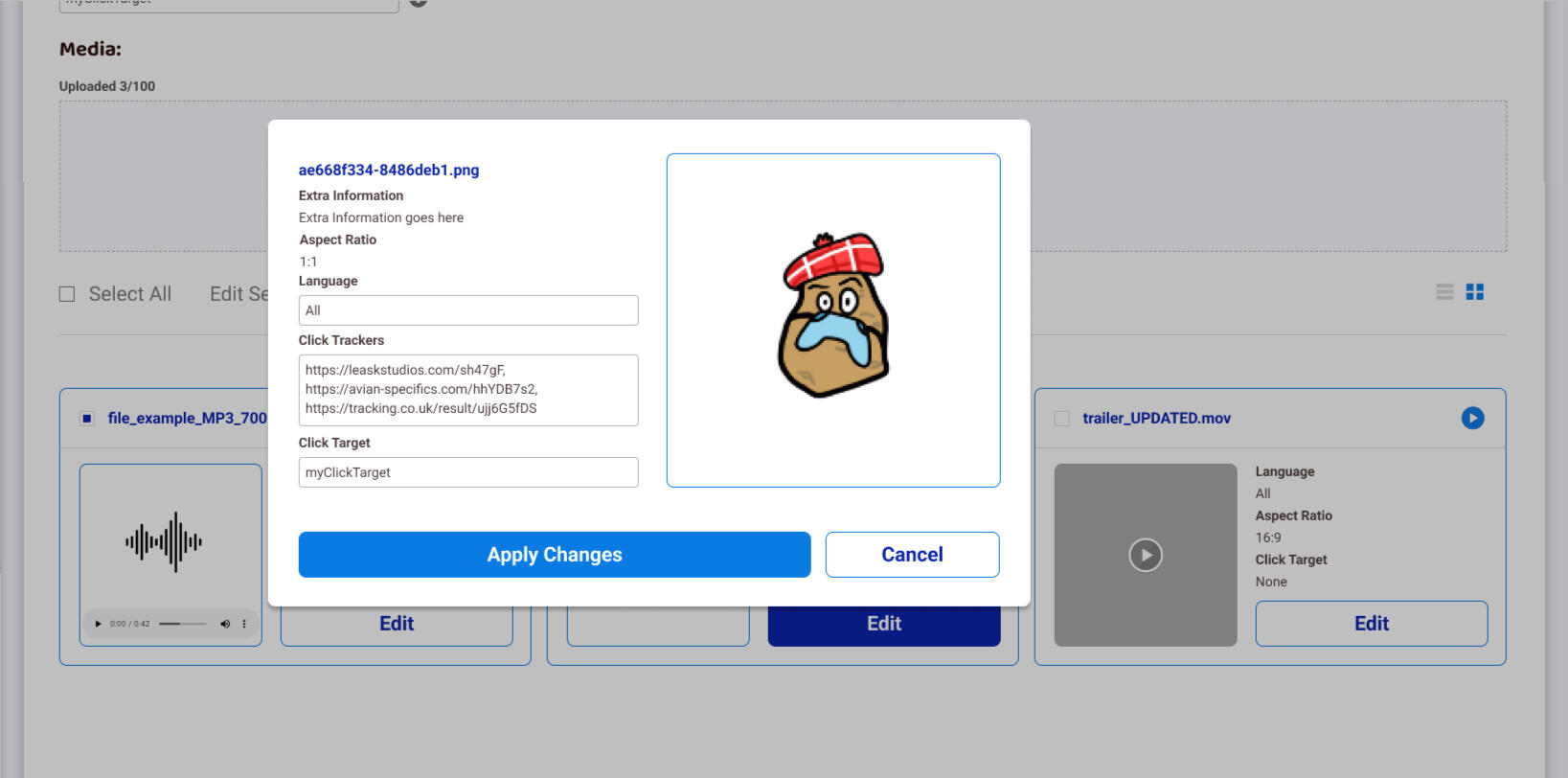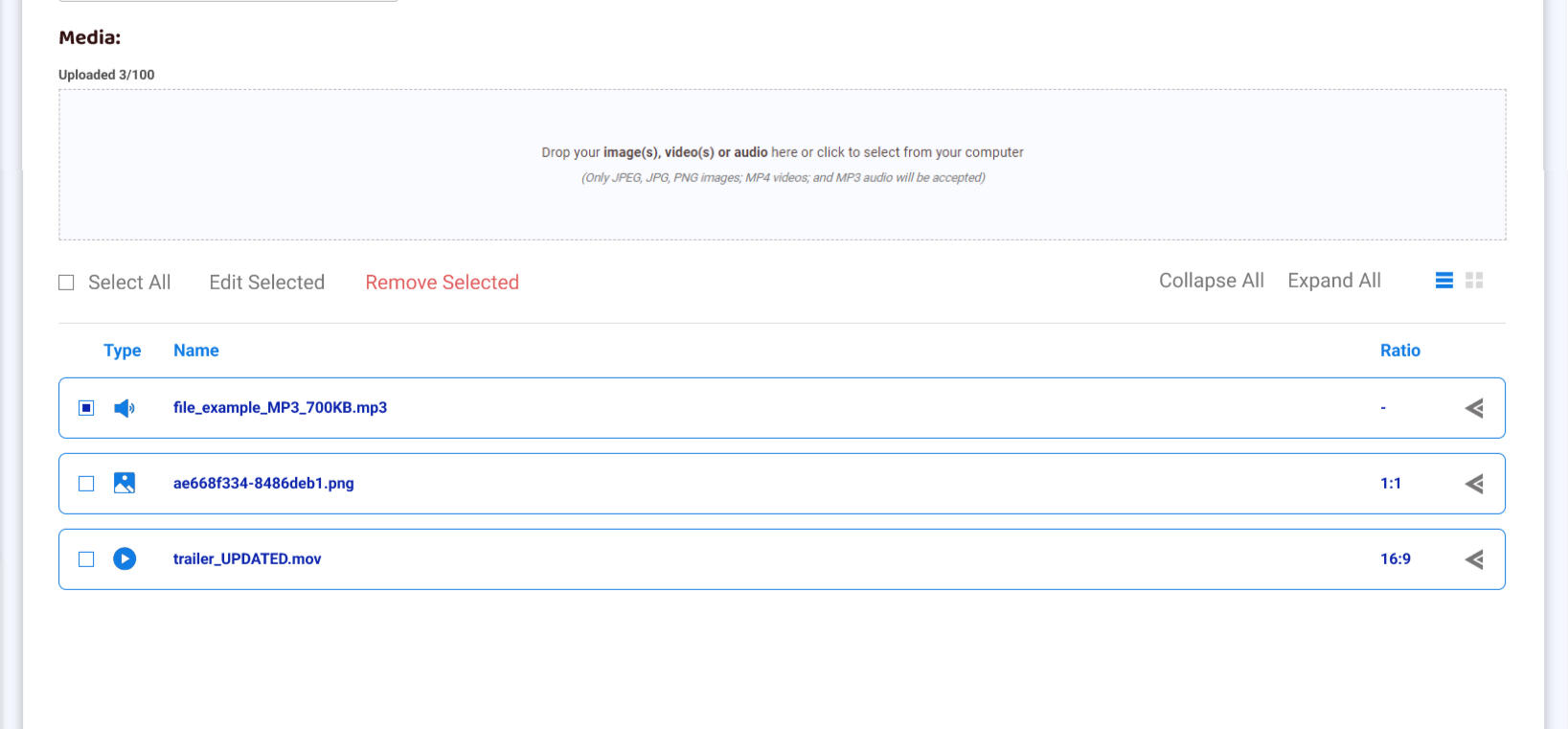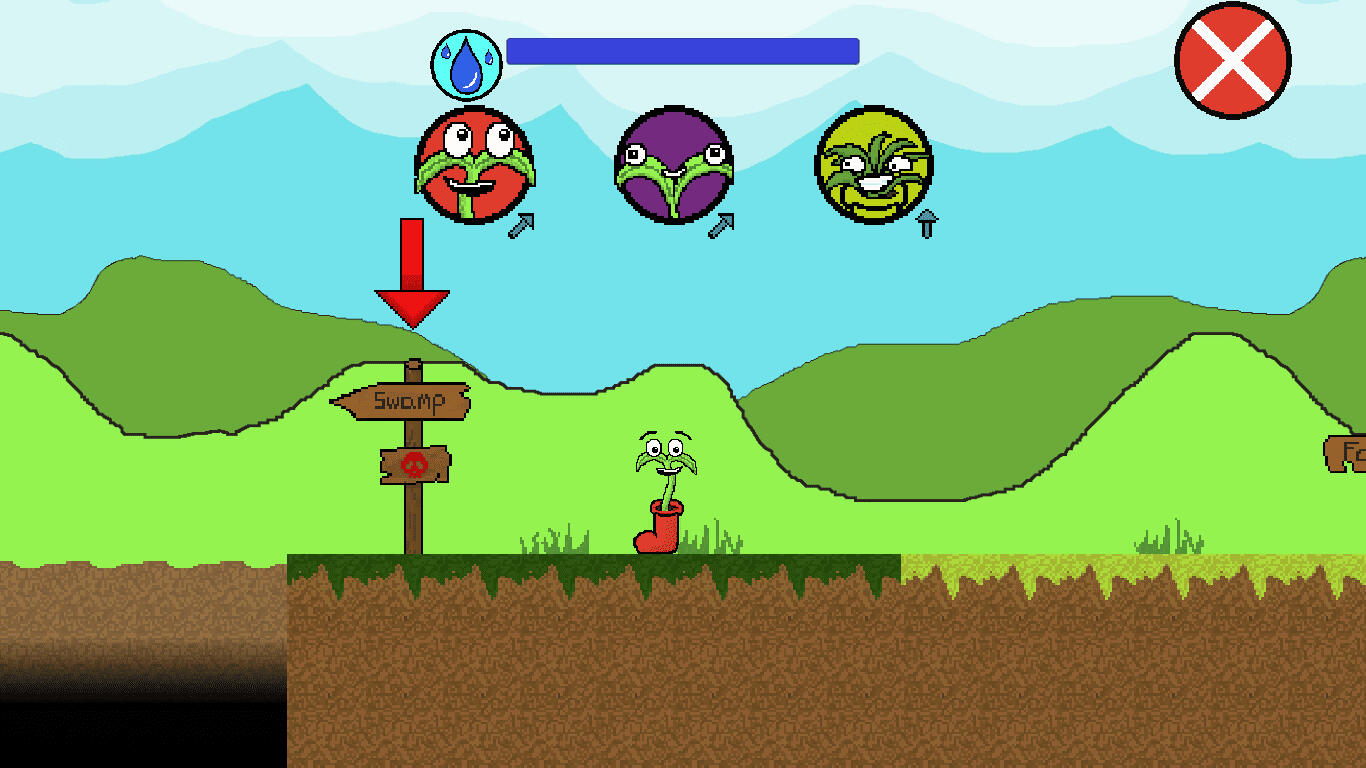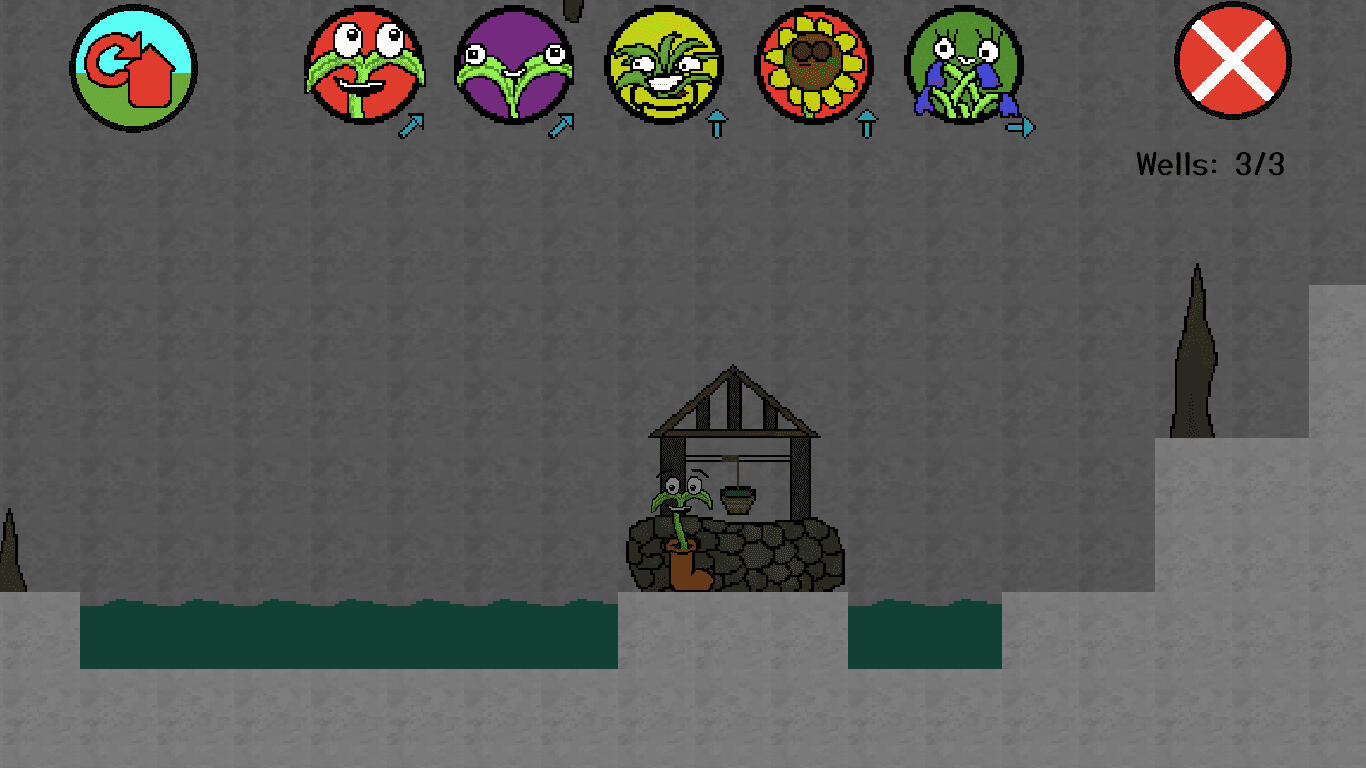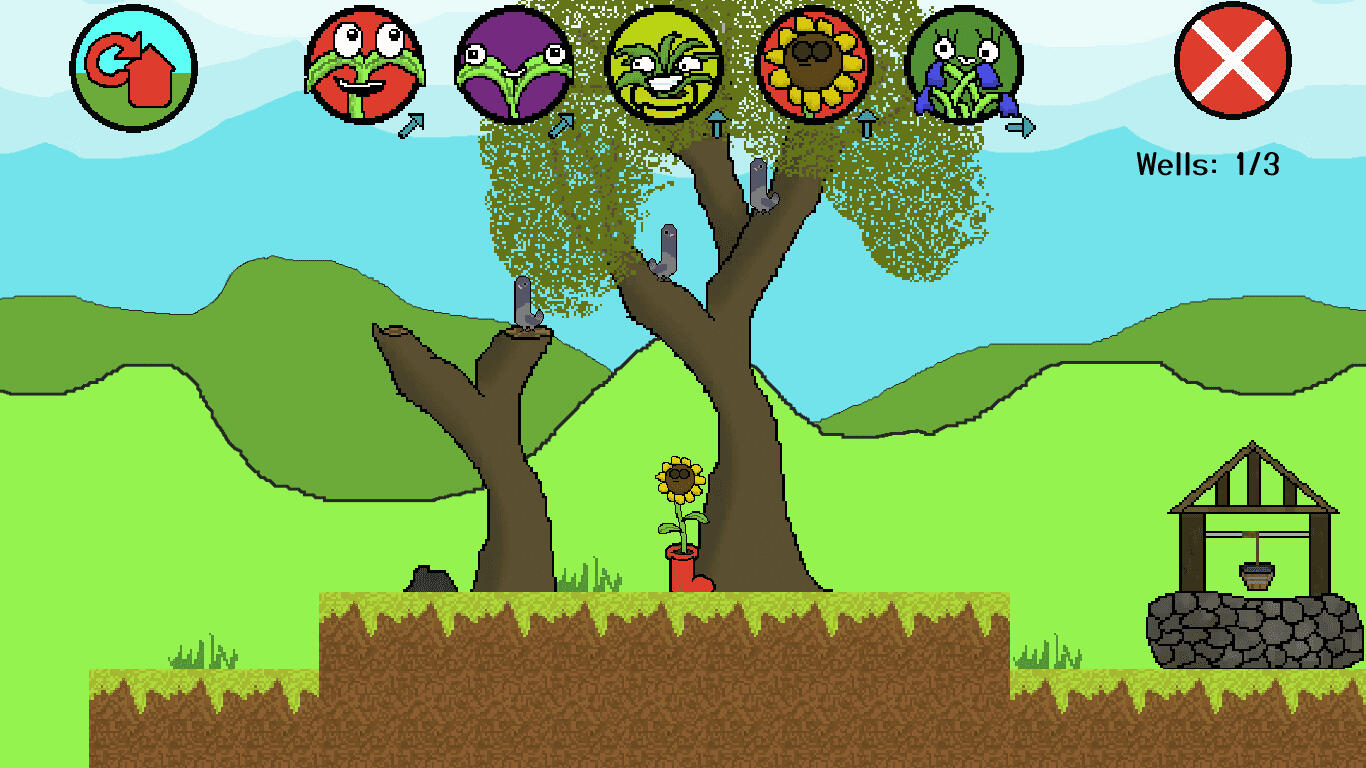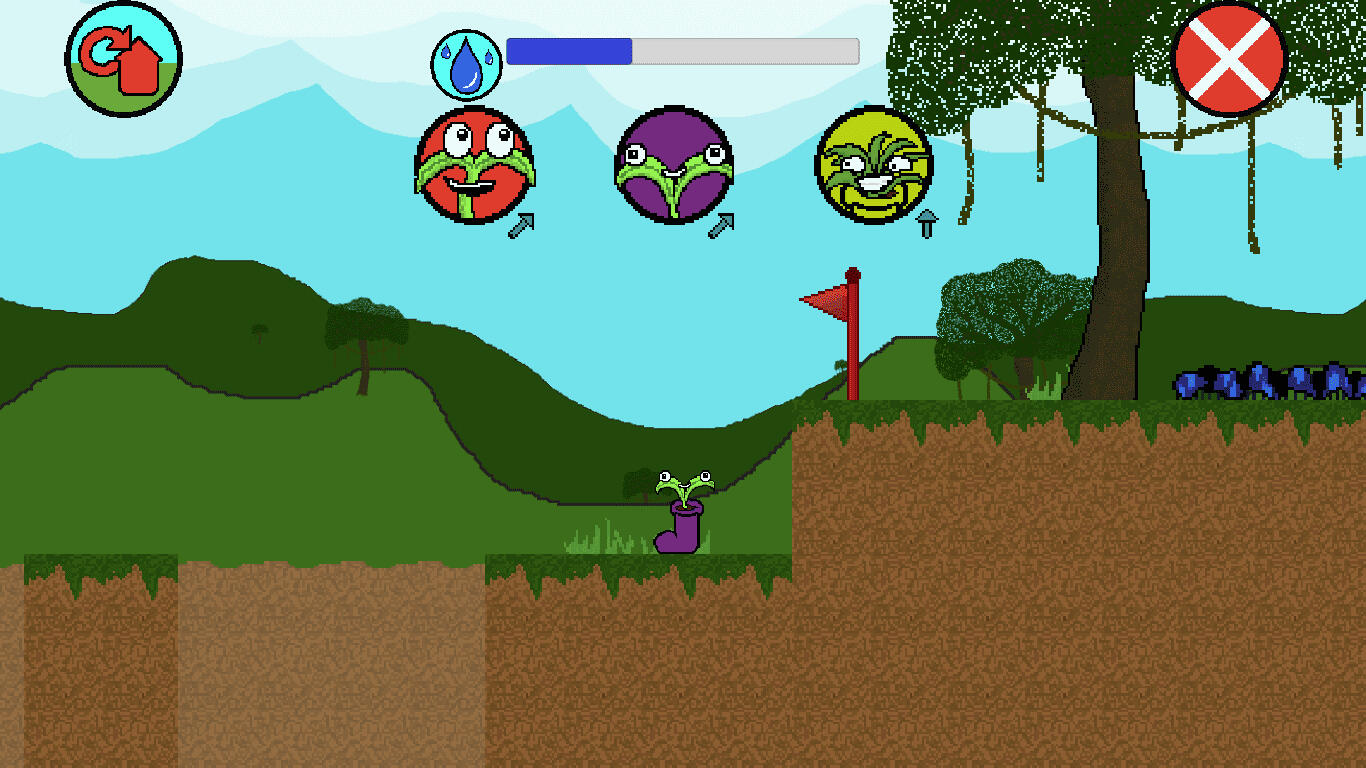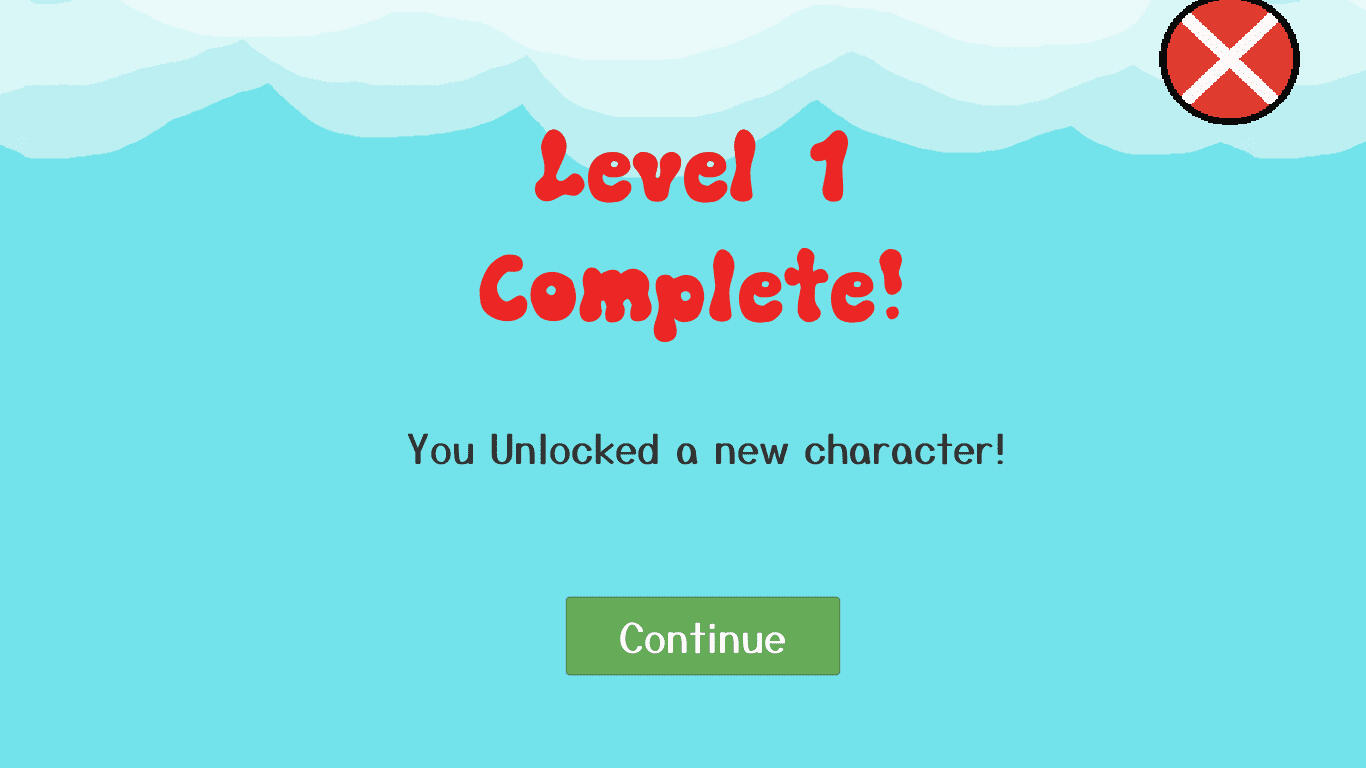
Alasdair Leask
BSc (Honours) Computing & IT and Design Student | Professional Diploma in UX Design | HND: Digital Design and Development (Games)
About

Hi, I'm Alasdair, I am passionate about design and love the satisfaction of finding solutions to user problems. The process of creating and implementing design solutions holds a particular fascination for me.I am currently working towards a degree in Computing & IT and Design with the Open University, set to graduate in 2025. I have recently earned a professional Diploma in UI/UX Design from the UX Design Institute, and I hold an HND in Digital Design and Development (games).In my spare time, I enjoy developing games. I take pleasure in creating immersive gaming experiences and love to see my ideas come to life!
Contact
For inquiries or additional information, please feel free to get in touch.
Email: [email protected]
Phone: +44 7942 973650
Case Studies
All Projects

case study
Breaking The Scroll
case study
Hope City Church
case study
Rent-A-Car
Fresh Assist

Achology

Induction Hob

Headbangers

Campaign Manager

Bike King Borders

iOS | Android
Flumble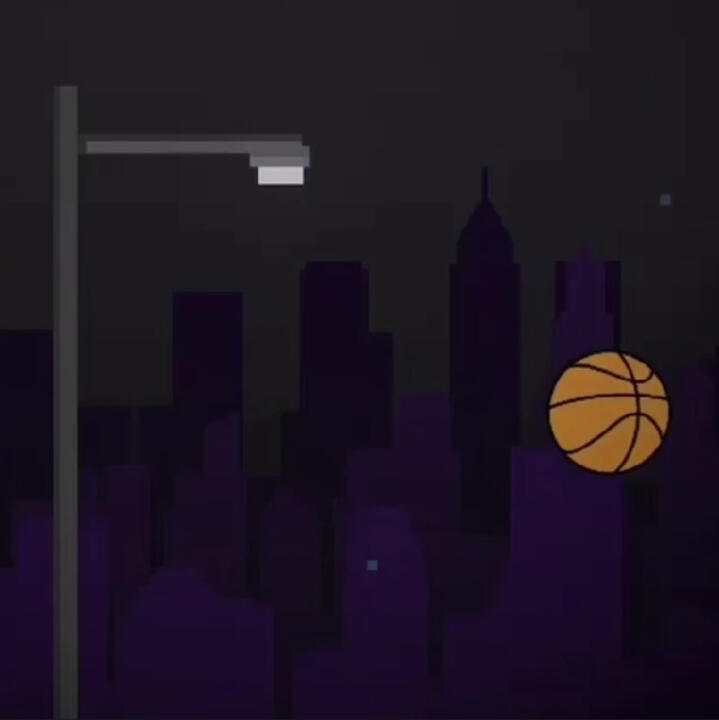
iOS | Android
Kerby
Itch.io
Multi-Space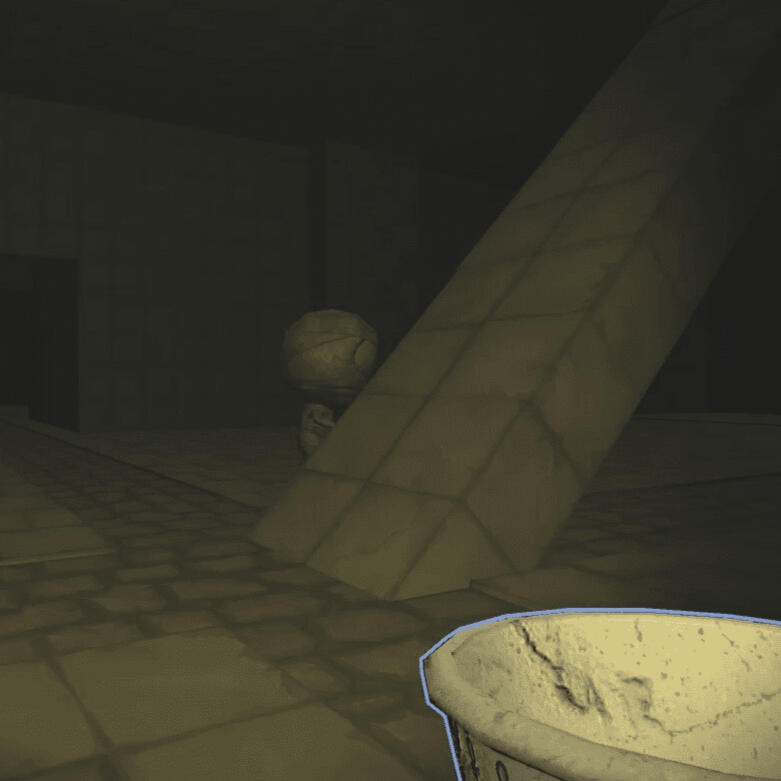
Itch.io
Chambers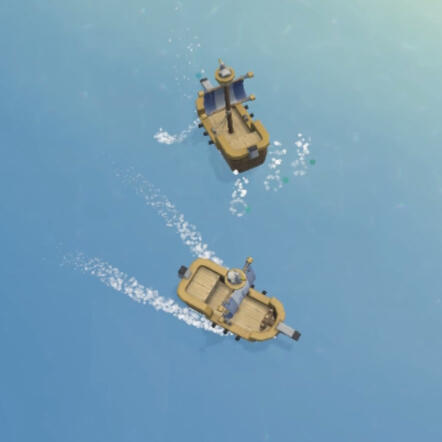
Ships 'n' Sharks
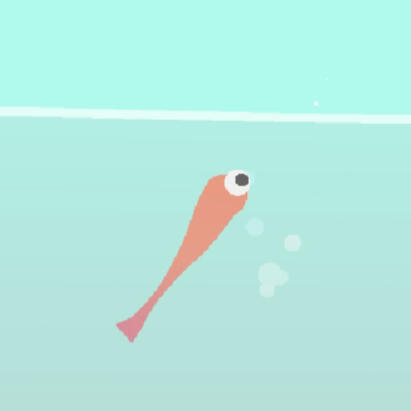
Peak Flow Simulator
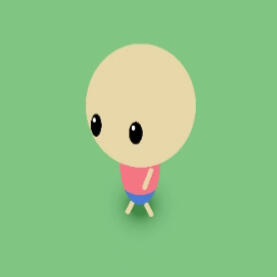
Tend & Grow
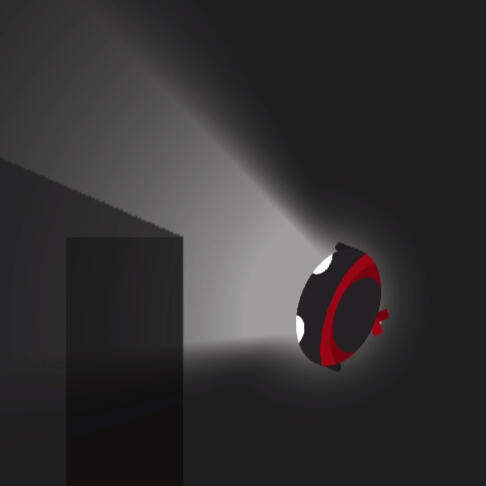
Ninja Nightfall

Peace o' Scotland

Itch.io
Bloomin' Boots
All Projects
2025
2024
2023
2022
2021
2020
All Projects
UI/UX
Game Development
Rent-A-Car
December 2023
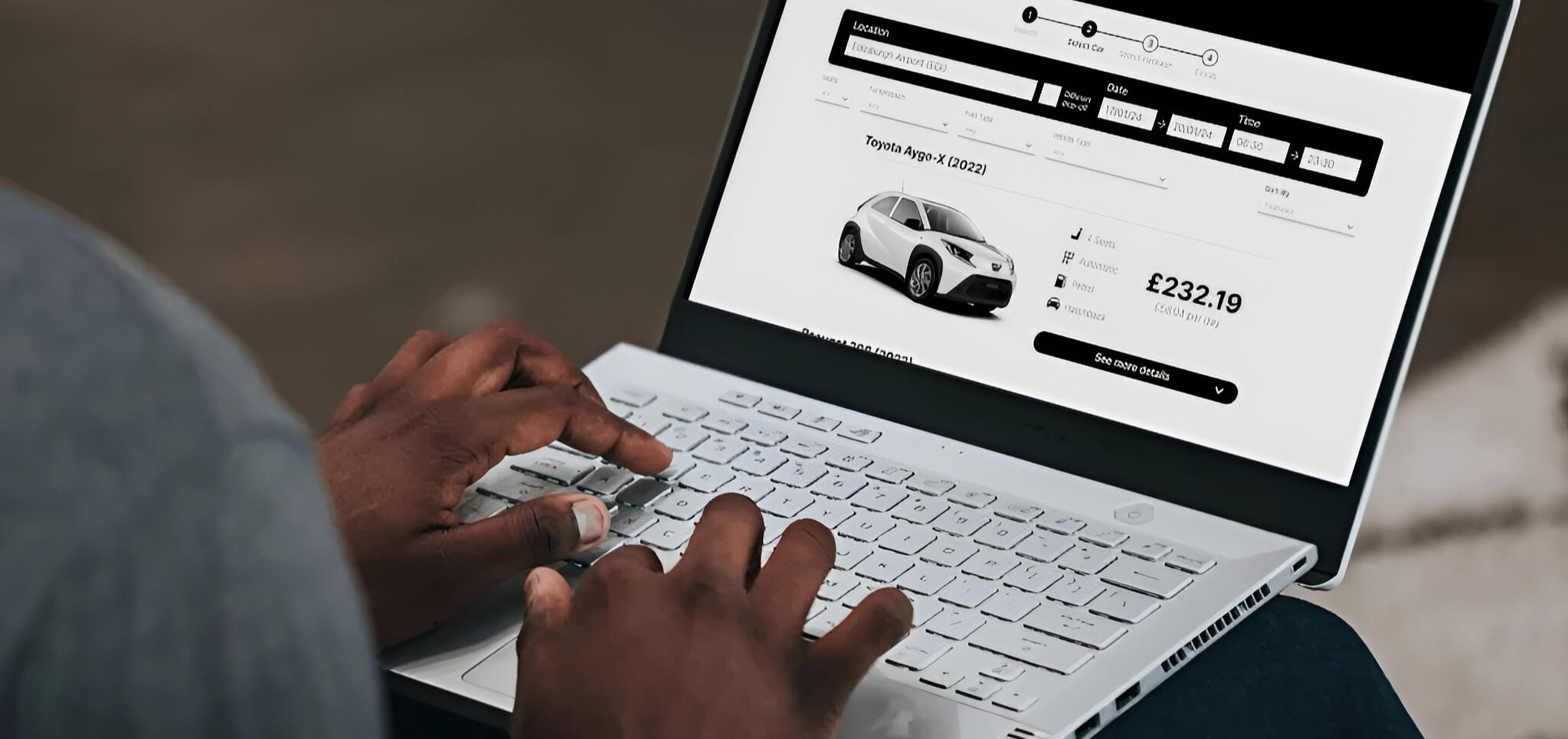
This is a project I completed as part of my
Professional Diploma in UX Design
As part of my Professional Diploma in UX Design, this project encompasses the complete UX design lifecycle, commencing with the research phase and concluding with the first comprehensive design iteration. This project adheres strictly to the requirements and instructions outlined in the course, follows the specified timeframe according to the course schedule, and operates with no allocated budget.
Problem
Users often face complexities when renting a car, encountering hidden fees, navigation issues, and struggling with industry terminology.
Goal
The goal of this project was to optimise the car rental experience by simplifying the booking process, breaking it down into clear steps, while reducing ambiguity between the user and the application regarding fees and industry terminology.
My Design Process
Plan
My research plan combined benchmarking, surveys, and usability tests to assess existing products. Using a triangulation approach, I reduced bias and strengthened credibility. Benchmarking identified competitors’ strengths and weaknesses, surveys captured user preferences, and usability tests explored real user experiences. This multi-method strategy provided well-rounded insights to guide and validate design improvements.
Competitive Benchmarking
To understand industry standards and identify improvement opportunities, I conducted a competitive analysis of three websites: Aspire Van Hire, Enterprise, and Ace Car & Van Hire. I focused on how each addressed user needs, what worked well, what didn’t, and whether design conventions were established.Findings:
Enterprise offered the most seamless experience with a clear, step-by-step online booking process. In contrast, Aspire and Ace required users to contact the company directly to complete bookings, suggesting less emphasis on online usability. While all sites provided upfront pricing, the smaller companies lacked detailed vehicle information and clear navigation, reducing user trust and accessibility. Overall, Enterprise’s approach best demonstrated how to simplify the booking experience for users.
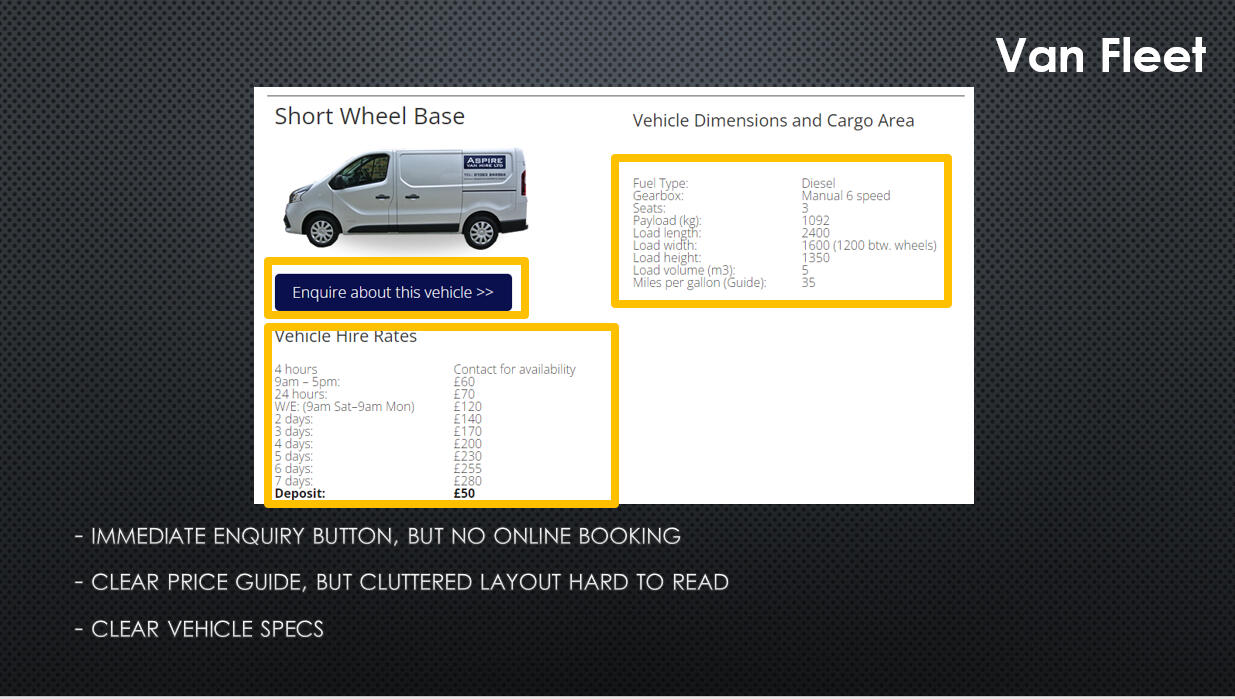
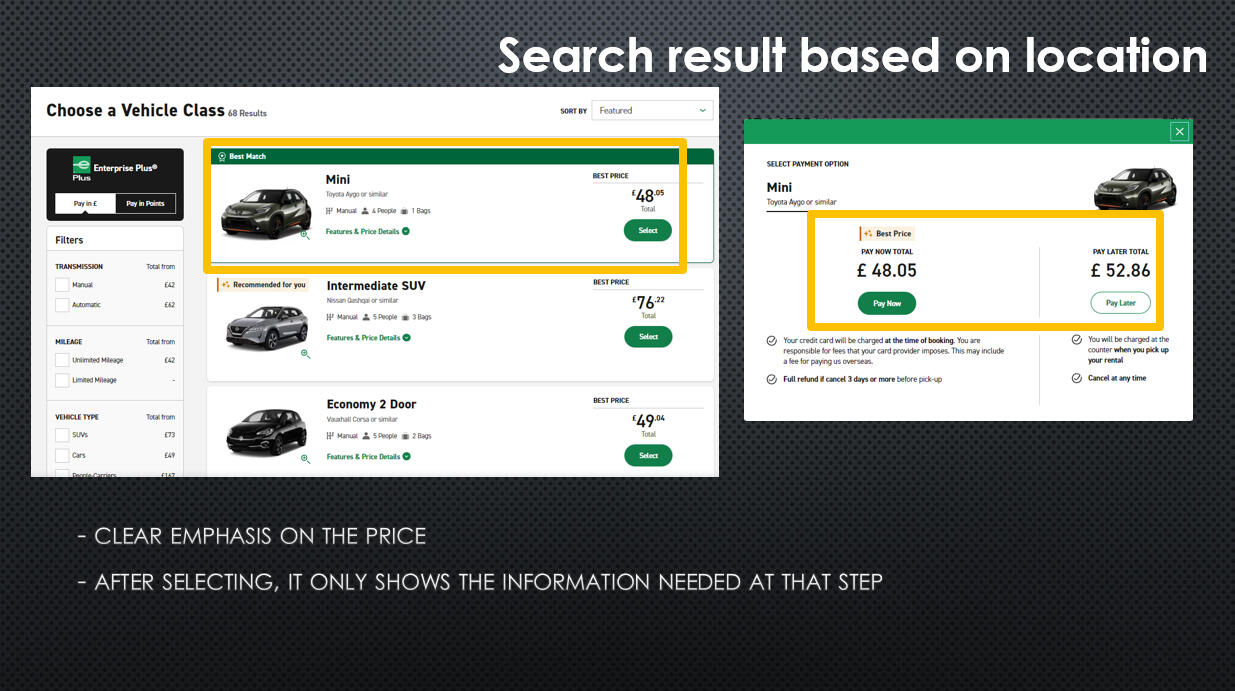
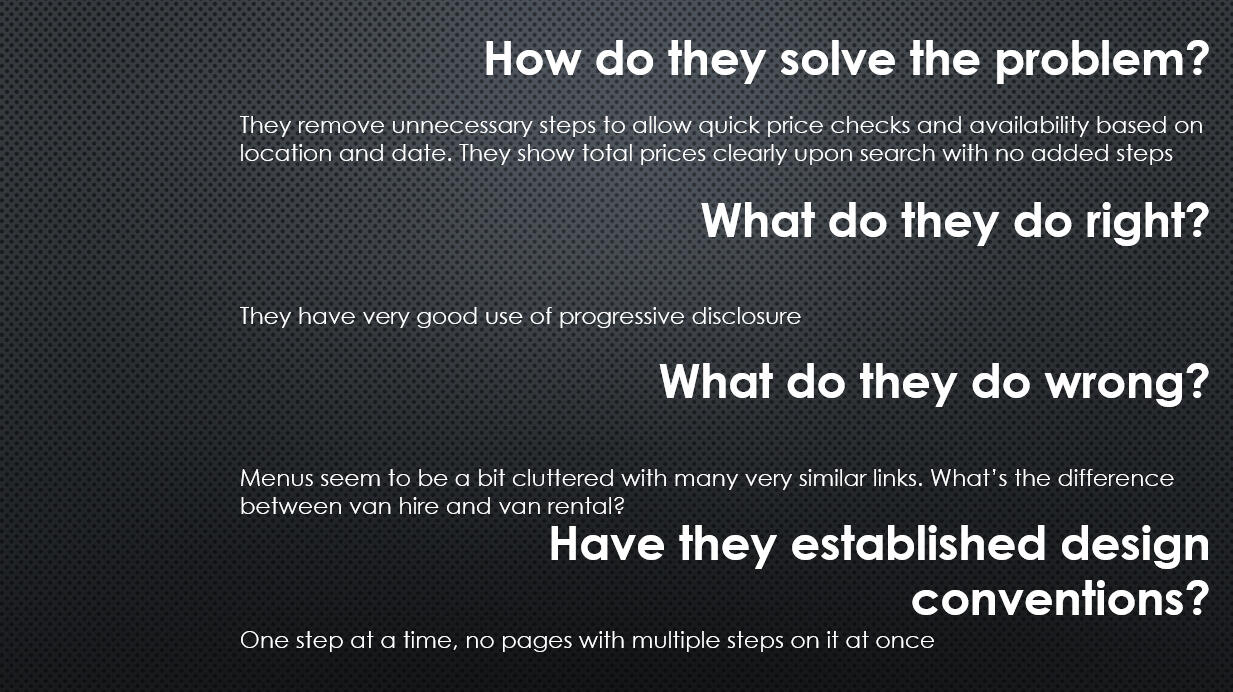
PowerPoint slides of competitor analysis
Surveys
To better understand users’ context, goals, and behaviors, I conducted a short survey with four multiple-choice questions and optional open fields for additional comments. The survey gathered 15+ responses from recent car renters, including friends, family, and community members.Findings showed that most users visited car rental sites to compare prices or complete bookings, often for moving or travel purposes. Many expressed frustration with cluttered interfaces—specifically, excessive links and buttons that made navigation confusing. These insights provided a strong foundation for the next stage of analysis and design direction.
Usability Testing
To deepen my understanding of industry standards and user expectations, I analysed two usability tests on popular car rental websites, focusing on user goals, behaviors, and context. I also conducted my own usability test, replicating key tasks to gain first-hand experience in designing test scenarios, engaging participants, and drawing actionable insights.The research revealed several key findings for improving the booking experience. Users valued intuitive navigation with clear search bars and filters for refining results, as well as transparent pricing with detailed cost breakdowns for extras like additional drivers. They preferred visually clear layouts that build trust by avoiding misleading information, and emphasized the need for clarity around industry-specific terms such as “unlimited miles.” Interest in contactless rental options also emerged, highlighting a growing expectation for convenience and safety.
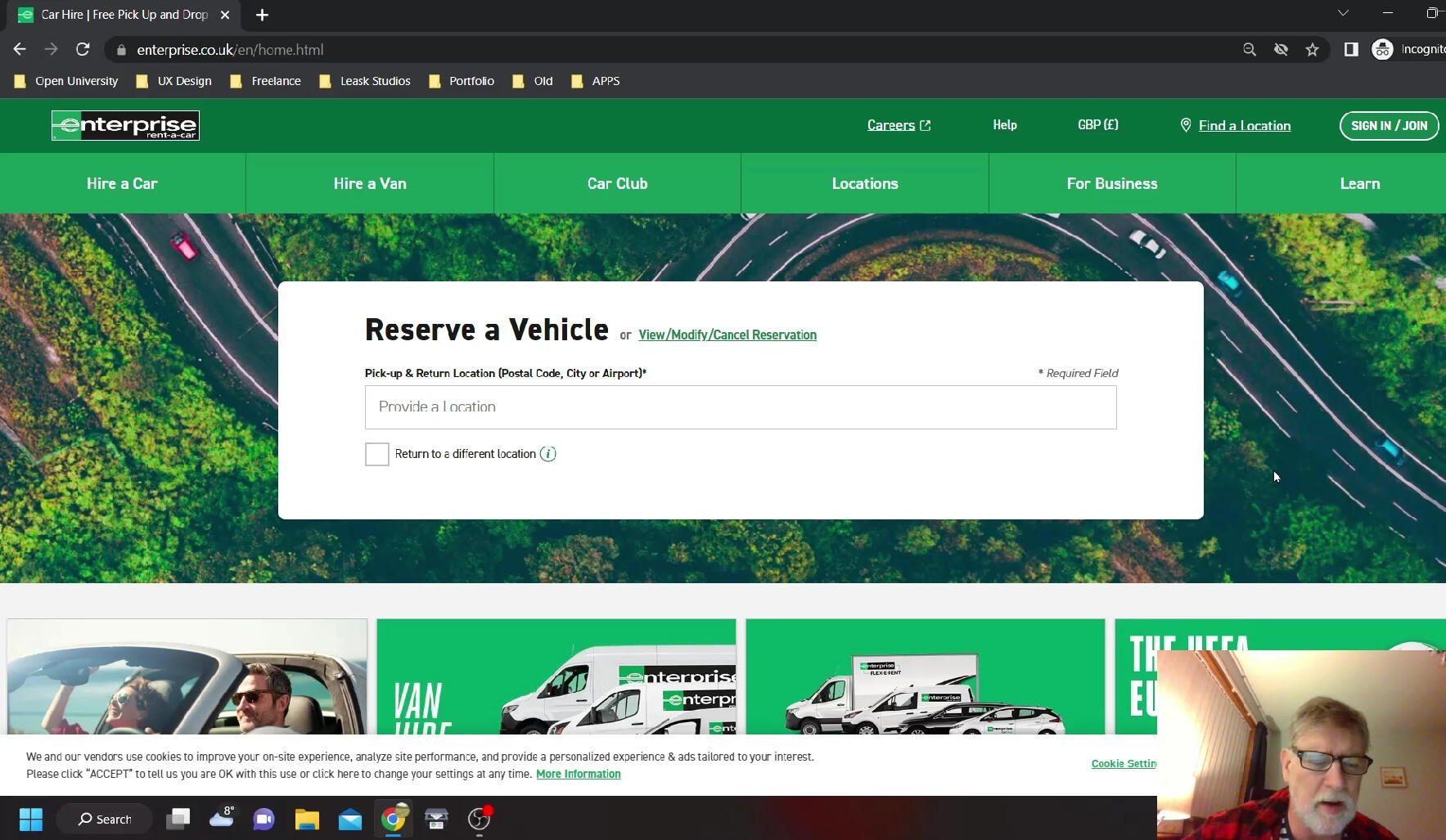
Conducting a usability test
Affinity Diagram
At the end of the research phase, I consolidated my findings using an affinity diagram. I began by reviewing all raw research materials and taking detailed notes, which I then organised in Miro by grouping related insights into clear categories.This process provided a comprehensive overview of the data, revealing key patterns and helping me define the core project requirements with greater clarity and focus.
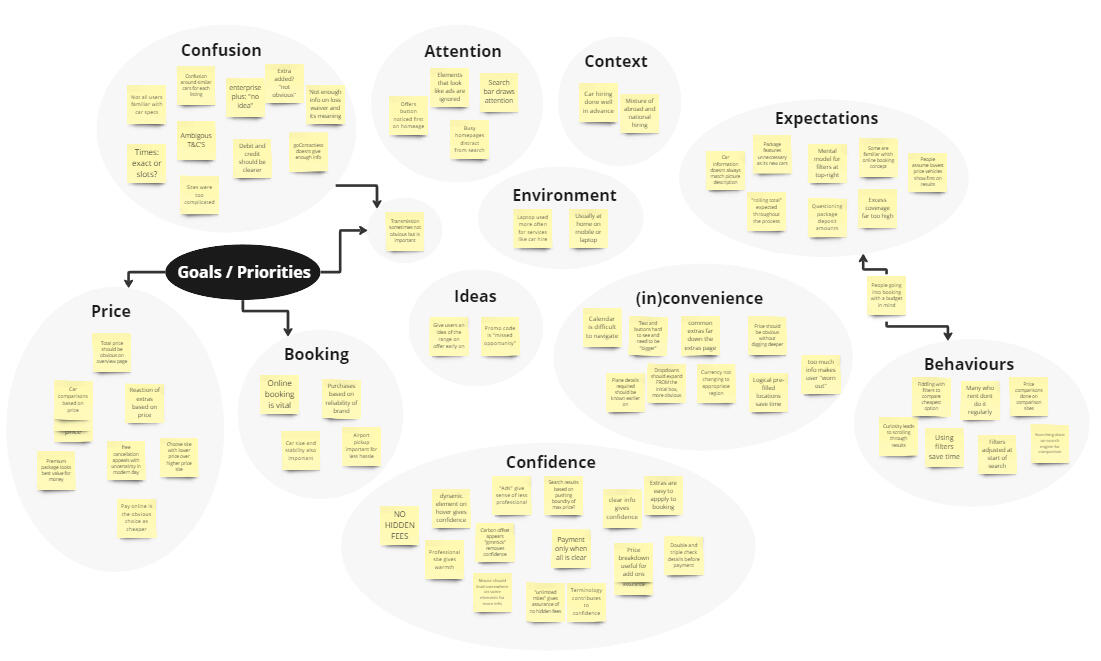
Affinity diagram
Project Requirements
Based on the findings of my research regarding the users, behaviours, and actions, I set out the fundamental objectives for my design.1. Intuitive navigation and clear booking path: Ensure users can navigate the booking process easily without clutter or ambiguity, guiding them seamlessly from start to finish.2. Transparency in pricing and information: Provide clear, detailed breakdowns of pricing and features to enhance user trust and understanding.3. Prioritise pricing display for easy comparison and booking: Make pricing information readily accessible and easy to compare, facilitating quick decision-making and action.
Customer Journey Map
At the end of the research phase, I consolidated my findings using an affinity diagram. I reviewed all raw research materials, captured key notes, and organised them in Miro, grouping related insights into clear categories.This process offered a holistic view of the data, revealing patterns and themes that helped define the core project requirements with greater clarity and focus.
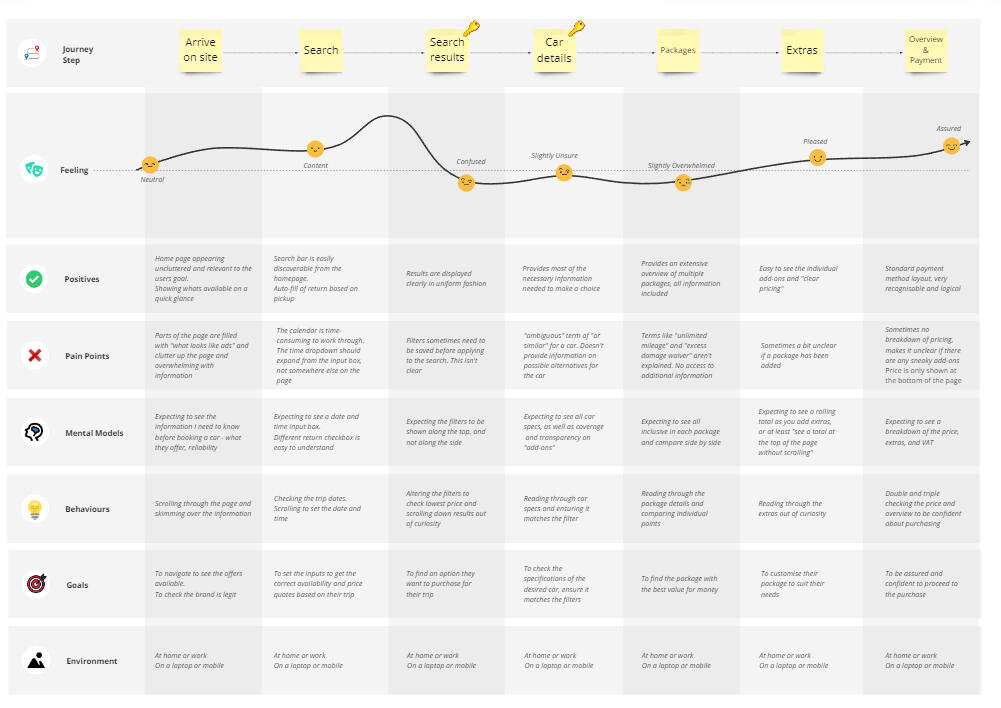
Customer journey map
Flow Diagram
With a clearer understanding of the user journey, I took a closer look to define the detailed user flow within the application. This step was crucial in breaking down the process into clear and user-friendly sections, aligning with one of our primary objectives.Having thoroughly defined each essential screen and identified key user experience priorities, I was now ready to transition into the design phase.
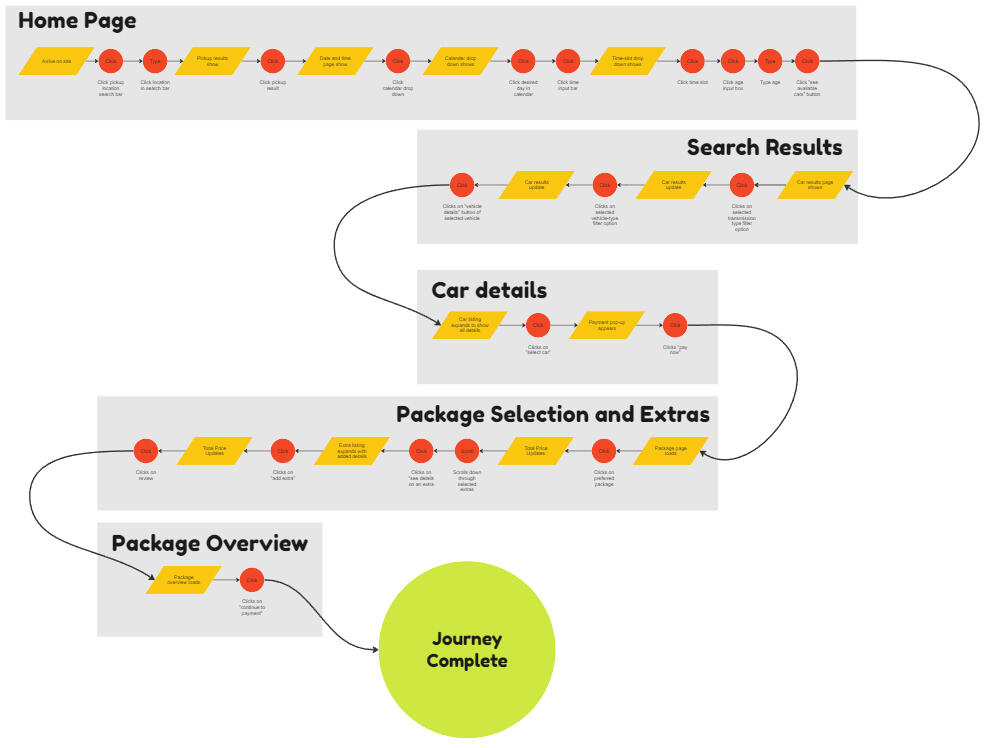
Flow diagram
Sketches
To initiate the design phase, I began by sketching out initial ideas, drawing from the insights gathered in the previous phase. Once I felt confident in the direction of the design to address the identified problem and meet the project goals, I transitioned to creating comprehensive sketches of the website.These sketches included detailed layouts of the site's elements and functionality, establishing the groundwork for the initial prototype. This process ensured a solid foundation for further development and refinement.
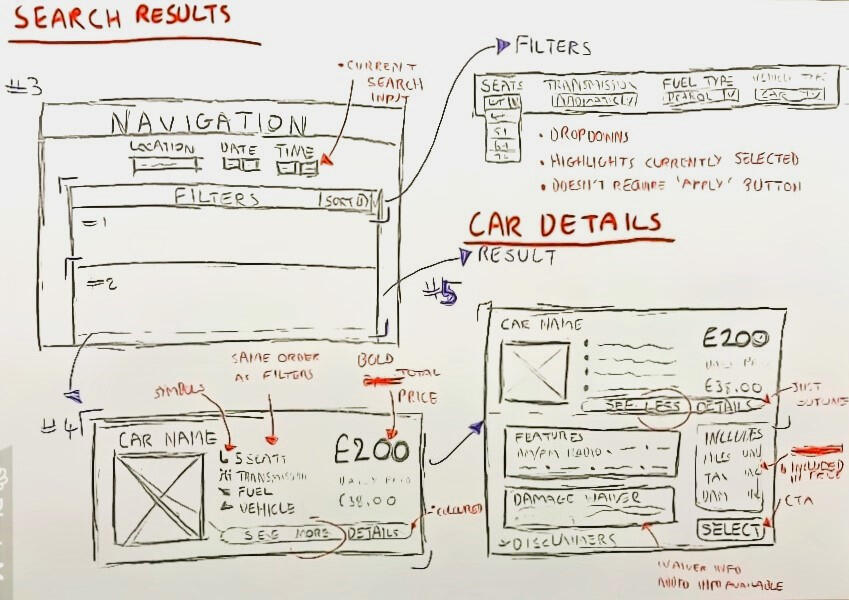
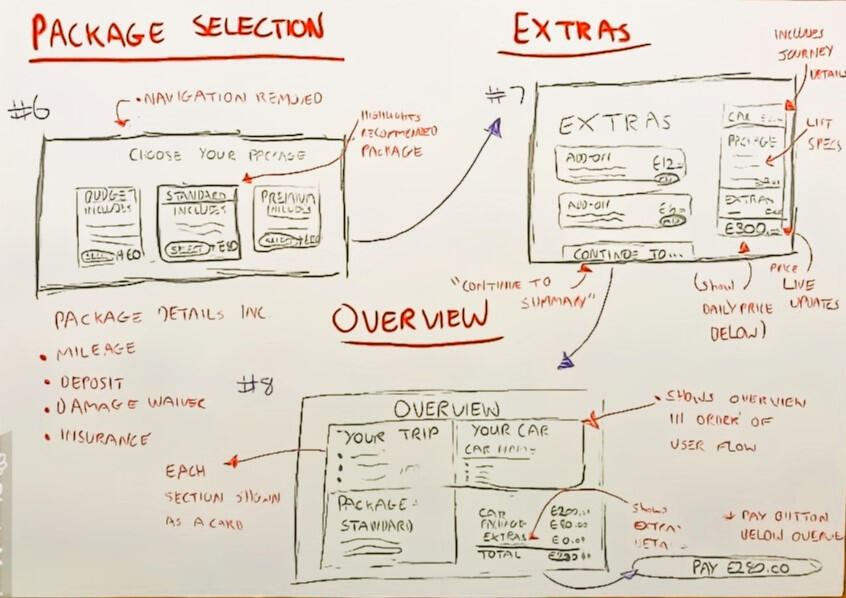
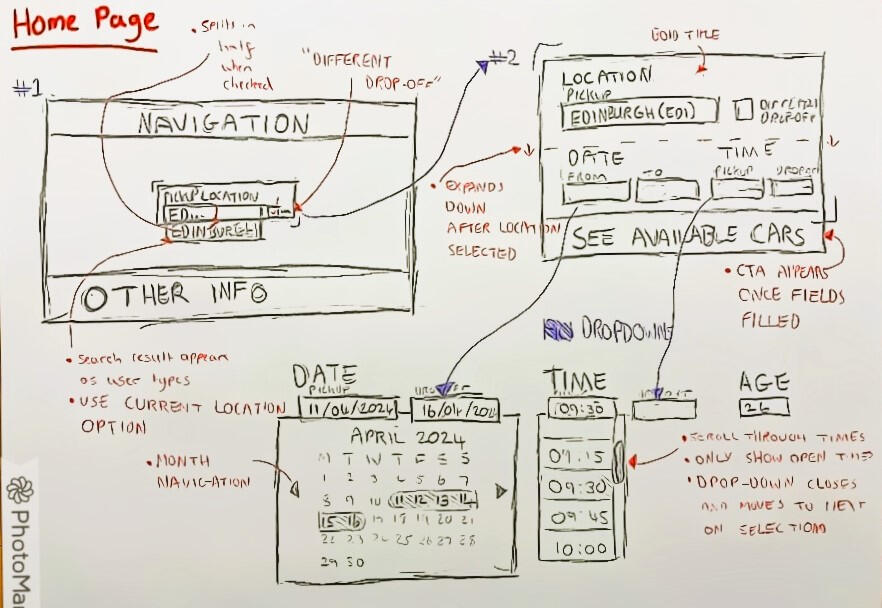
Site sketches
Key Design Choices
Booking Path
My initial design was based on the established booking path outlined in the initial project requirements. I chose to incorporate a prominent timeline at the top of each page in order to guide users through their journey, ensuring clarity and enhancing trust in the process. By limiting the amount of links and buttons, I aimed to create a clear sense of direction for the user to follow. Linking back to the research findings, this was a pain point users had experienced on similar websites.Information Presentation
I focused on presenting all necessary details in a readable format, structured by importance in order to help guide users through the information available. Progressive disclosure techniques were also implemented to reduce cognitive overload for sections requiring user inputs.Priority on Pricing and Transparency
To fulfill the second project requirement identified during research, pricing is prominently displayed throughout the design. This strategic placement aims to convey transparency and establish the brand as trustworthy and upfront with users.Summary Page for Enhanced User Experience:
At the conclusion of the booking process, I included a summary page summarising the user’s selected package. This feature allows users to quickly review all relevant information, saving time navigating back through the process to find details.
Prototype
During the prototyping phase, I created the prototype in Figma, marking my first in-depth experience with the tool. Leveraging prior experience with similar software, I quickly adapted to Figma’s workflow and explored advanced features such as components to streamline the design process.I developed a mid-fidelity prototype, which provided richer insights than a low-fidelity version while requiring fewer resources than a high-fidelity one. Its moderate level of detail enabled a realistic representation of the final product, allowing for accurate user testing and feedback. By simulating key interactions and visual elements, the prototype offered a strong foundation for evaluating how effectively the design met user needs and project goals.View prototype
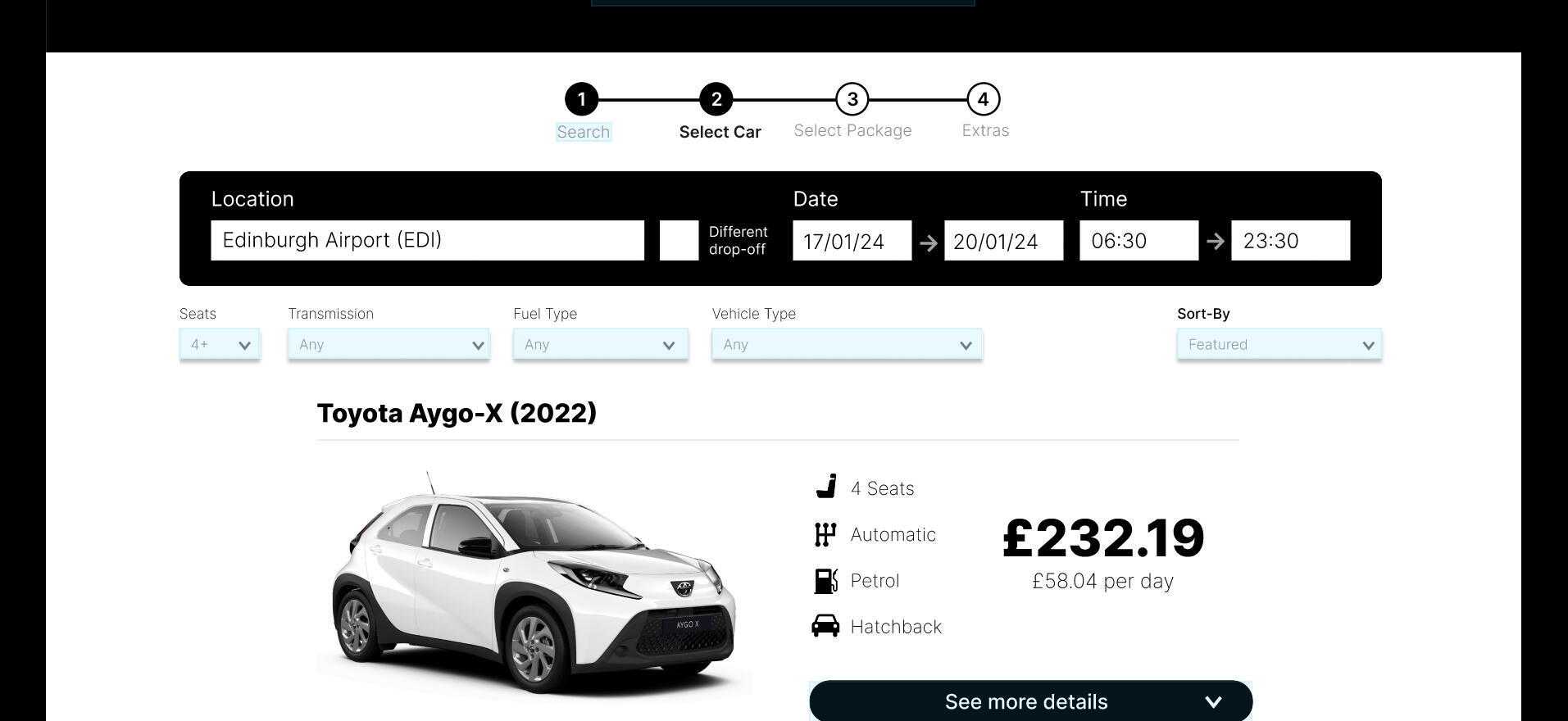
Usability Testing
With a fully developed prototype, the next step was to conduct real-world usability testing. I selected a participant with frequent experience using car rental websites and created a custom usability test script covering key user journeys across the site. This process strengthened my skills in designing precise tasks, facilitating sessions, and asking context-specific questions to capture meaningful insights.The test revealed several areas for improvement, including the need for clearer pickup location instructions and confusion between numbered navigation circles and text labels. Recommendations included adding a package details option, enlarging clickable calendar areas, and adjusting oversized text that caused dropdowns to extend off the page.Overall, the usability test validated the design’s effectiveness, showing that users experienced fewer issues with price transparency, navigation, and information clarity. While the educational context of this project limited further iterations, the insights gathered provide a strong foundation for future refinement and development.
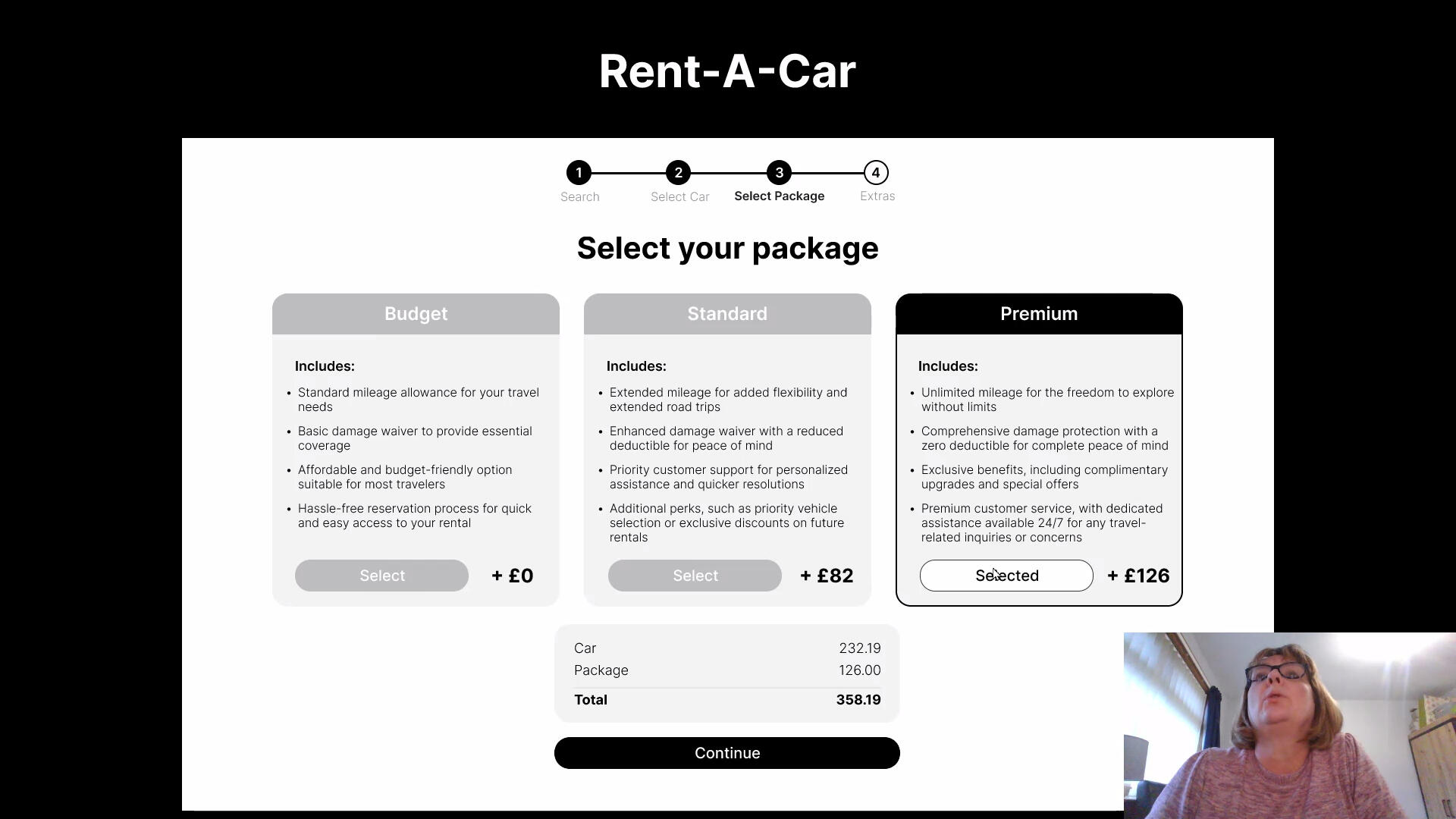
Conducting a usability test
Annotations
With the design finalised, the subsequent phase involved transitioning it to the development team. Using the comments feature in Figma, I annotated the prototype file with essential information for the developers. This included detailing the expected behaviors and functionality of each element, specifying formatting and expected values for input fields, and outlining instances where the site should offer user feedback. This handover aimed to facilitate a seamless translation of the design into a functional, user-centric product during the development stage.
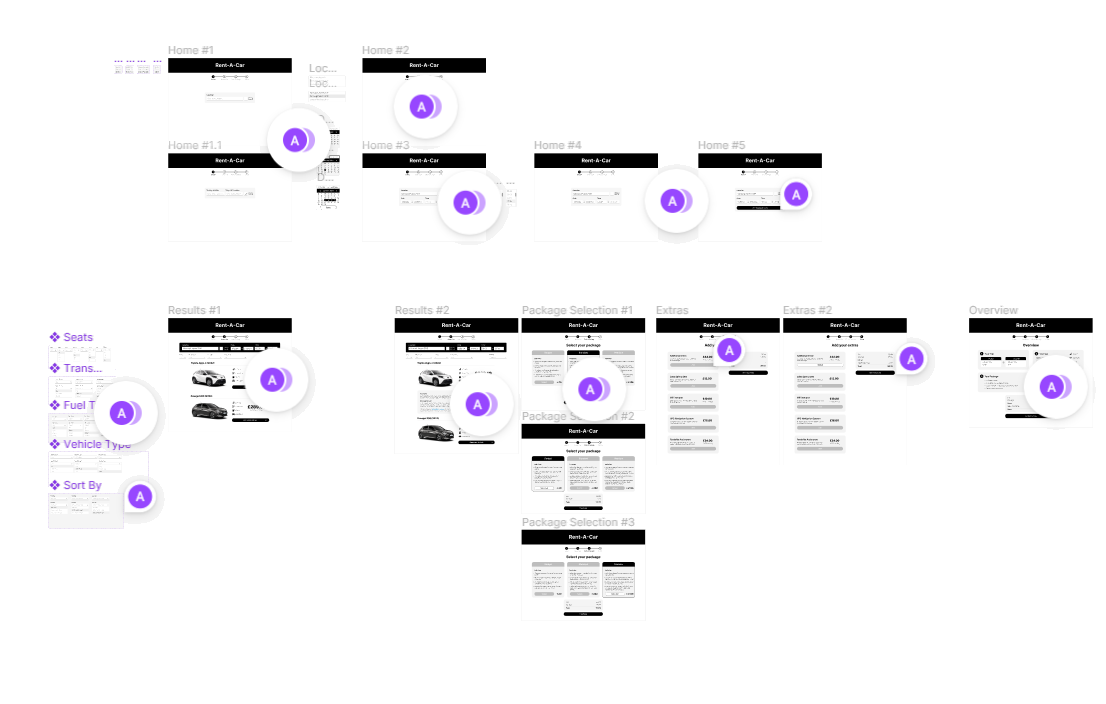
Prototype overview with comments
Reflection
Design Process
During this project, the research stage proved to be invaluable, providing a solid foundation for the entire project. In the validation stage, I acquired valuable insights that would give me a good starting point to develop the subsequent iteration of the design. Looking back, I would have expanded my creative exploration during the sketch stage, allowing for more diverse ideas and variations to be developed.
Tools & Software
Throughout this project, my proficiency in Figma has significantly advanced, making me more adept and comfortable with the software. Working with Figma has become an enjoyable and gratifying experience for me.
Personal Development
As a result of this project, I am now more confident in applying my knowledge and skills in the realm of user experience. From conducting user research to performing usability tests, the hands-on experience I gained throughout this journey has marked a significant milestone in my professional growth.
Lessons
Moving forward, I've recognised the importance of testing the design with a more diverse user group. The data collected during the validation stage felt limited as the data was derived from a single user's perspective.Additionally, I've recognised the critical role of clear and detailed communication between design and development teams. Given the intricate nature of creating an exceptional user experience, conveying this level of detail to the development team is essential for successful execution.Another important lesson I've learned is the significance of regularly referencing the original project goal. This is especially important during research analysis and requirement definition. It's essential to stay aligned with the project's overarching goal when transitioning into the design phase.
Breaking The Scroll
October 2025

This is my dissertation completed as part of my
BSc (Hons) in Computing, IT, and Design
This project aimed to redesign social media for healthier user engagement by addressing the addictive design patterns that contribute to poor mental health and reduced productivity among isolated young adults. Developed as part of my BSc (Hons) in Computing, IT, and Design, the dissertation was grounded in interaction design and user experience principles from module TM356.
Problem
Isolated young adults, lacking meaningful human connection, often turn to social media for relief, but its addictive design worsens mental health, fuelling depression, low motivation, and poor productivity.
Goal
To design a social media experience that encourages healthier engagement and helps users manage their screen time more effectively.
My Development Process
Research Strategy
Before beginning my research, I established clear goals to define what I aimed to learn and maintain focus on the project’s design context. My research objectives were:1. Organisational Context: Understand how social media platforms design content interactions to maximise revenue, engagement, and user retention.
2. User Context: Explore the cognitive and physical impacts of these strategies, including addiction, mental health, and overall well-being.
3. Activities & Environment Context: Investigate the behaviours, habits, and motivations behind excessive social media use.
4. Solutions: Identify how designers can create interfaces and interactions that prioritise user well-being.I identified three methods to explore the four key research objectives: information searching, indirect observation, and focus groups. These methods provided both broad contextual understanding and direct user insights.Information Searching
This stage focused on understanding three key areas surrounding the project problem: the design strategies used by social media platforms, their cognitive and physical impacts on users, and existing approaches promoting healthier engagement. Research was conducted through a range of online sources, books, and academic articles, helping establish a strong theoretical foundation for the project.Indirect Observations
To explore real-world user behaviours, I conducted indirect observations of four young adults who reported using social media more than they would like. Over the course of one week, participants tracked their social media habits, recording purpose, duration, platforms used, and post-use mood after each session. This provided valuable insights into the patterns, motivations, and emotional effects of daily social media use.Focus Groups
To build on these insights, I held a 30-minute open-ended discussion with the same participants. The session explored common usage patterns, mental and physical health impacts, and motivations behind excessive use. This qualitative approach encouraged reflection and discussion, offering deeper understanding of user experiences and attitudes toward social media engagement.
Research FIndings
The findings from my research methods were synthesised and summarised according to the four initial research objectives: Organisational, User, Activities & Environment, and Solutions. This structure helped connect insights from multiple sources into a clear, actionable understanding of the problem space.Organisational Context
Social media platforms use persuasive design strategies, such as infinite scroll, autoplay, gamification, and personalised algorithms, to maximise engagement and retention. Features like social validation loops and “slot-machine” refresh patterns exploit dopamine-driven reward mechanisms, increasing dependency. While regulations like the Online Safety Act (2023) aim to address these tactics, enforcement remains inconsistent.User Context
Social media’s impact on users is largely negative, with 82% of observed sessions linked to worsened mood or productivity. Reported effects included fatigue, procrastination, social comparison, anxiety, and disrupted sleep. Passive, boredom-driven scrolling proved more harmful than purposeful use.Activities & Environment Context
Social media often fills idle moments or accompanies multitasking. Boredom, procrastination, and FOMO were common triggers, with spikes in use during events or algorithmic recommendations. While short, intentional sessions were viewed positively, prolonged use tended to become passive and harmful.Solutions
Self-imposed limits, app deletions, and tools like Screen Time or TikTok’s daily caps showed mixed effectiveness, often undermined by persuasive design patterns. Participants emphasised that effective solutions must encourage intentional, self-aware engagement rather than impose restrictions.
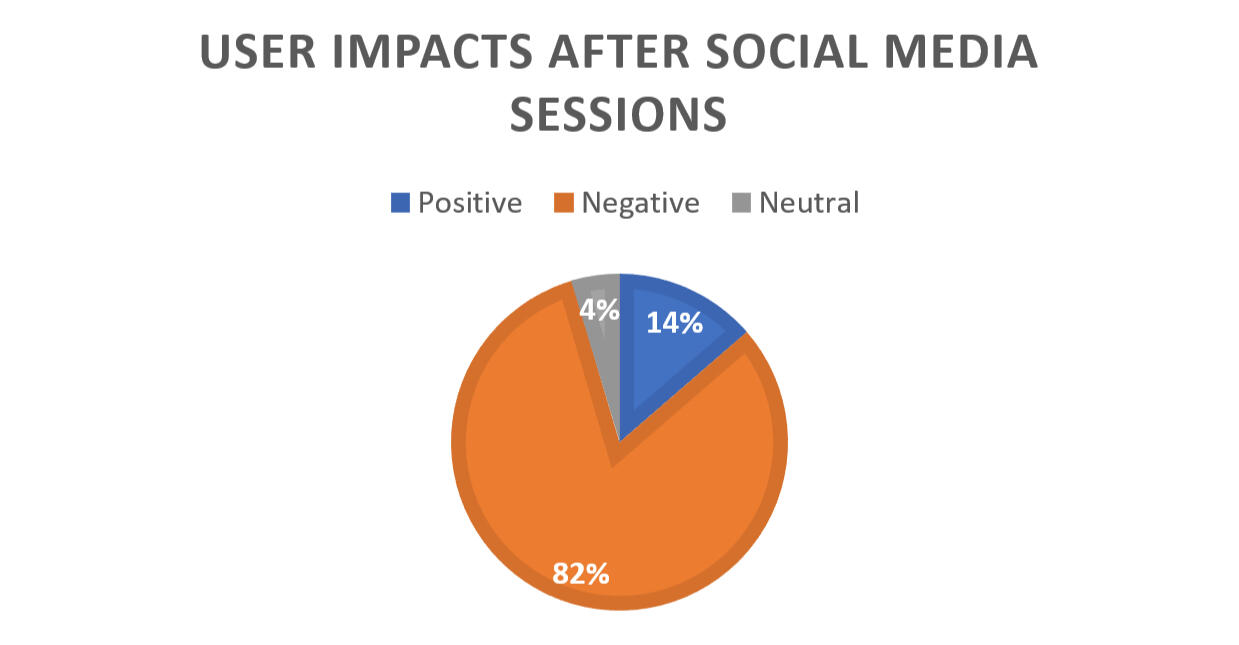
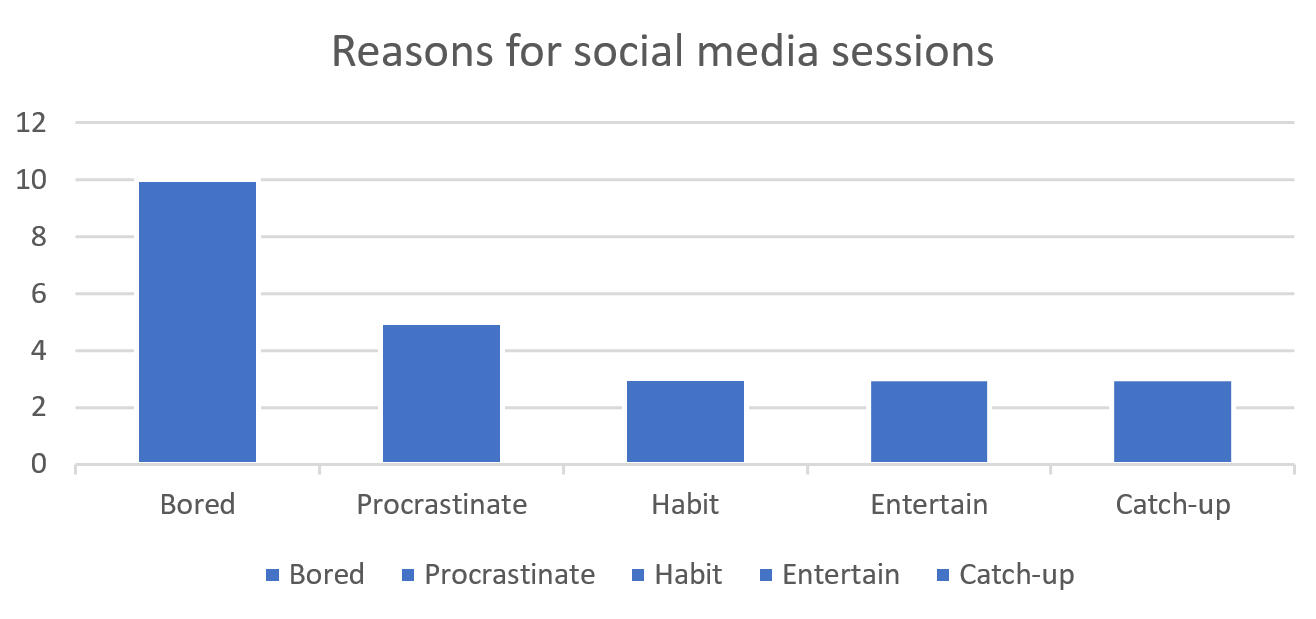
Title
Description
Game Design Document
You can explore a brief overview on primary topics within the GDD below. For a comprehensive view, you can also access the complete document using the provided link beneath.Narrative
The game follows a brave male character with a passion for discovery and a risk-taking nature. His goal is to explore chamber-like structures, collecting valuable artifacts. Each expedition becomes progressively challenging, with a race against time to exit before the entrance seals.Inside these chambers, ancient skeletons guard their possessions. Awakened by disturbances, they fiercely protect their livelihoods, equipped with weapons even in the afterlife.Look and Feel
The game features a vibrant yet dim low poly art style, steering clear of horror vibes and leaning towards action and adventure. The predominant color scheme includes yellow, green, and grey. Throughout the game, the Mukta font family, known for optimal screen readability, will be used. Additionally, a decorative font will enhance the title for a visually appealing design.Mechanics
The GDD contains a complete breakdown of the game mechanics.Objects and Data
Detailed information about all objects can be found in the GDD.Environmental Layout
Cream-colored walls and pillars define the ancient environment, shrouded in darkness. The lack of distinct features and a consistent design aims to disorient players, creating a sense of bewilderment and making it easy to lose track of direction during exploration.
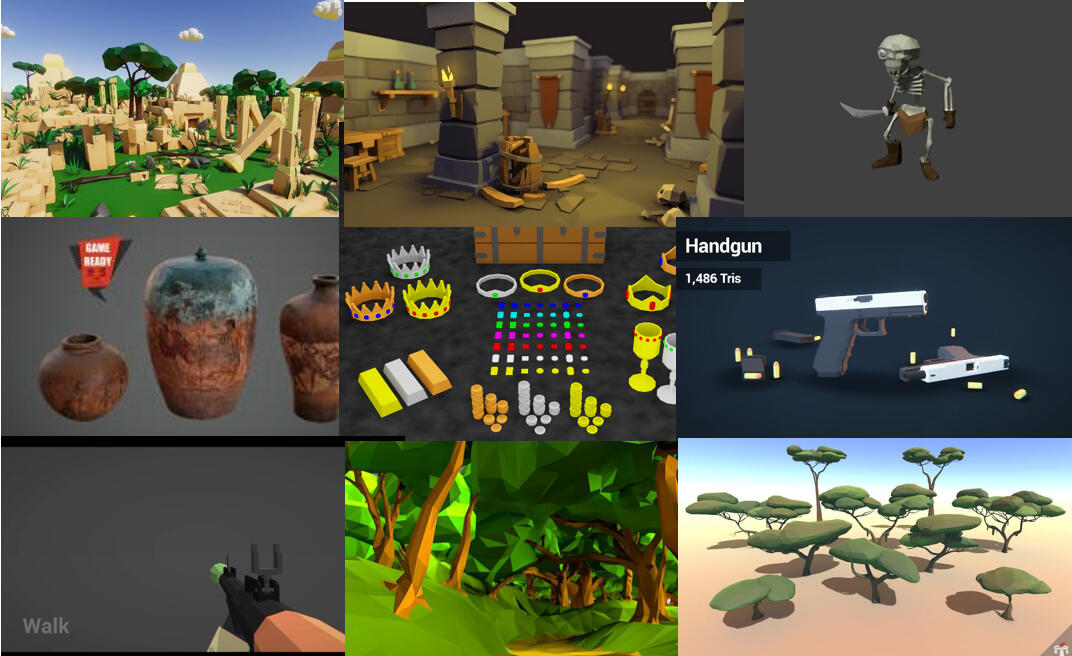
Look and feel moodboard
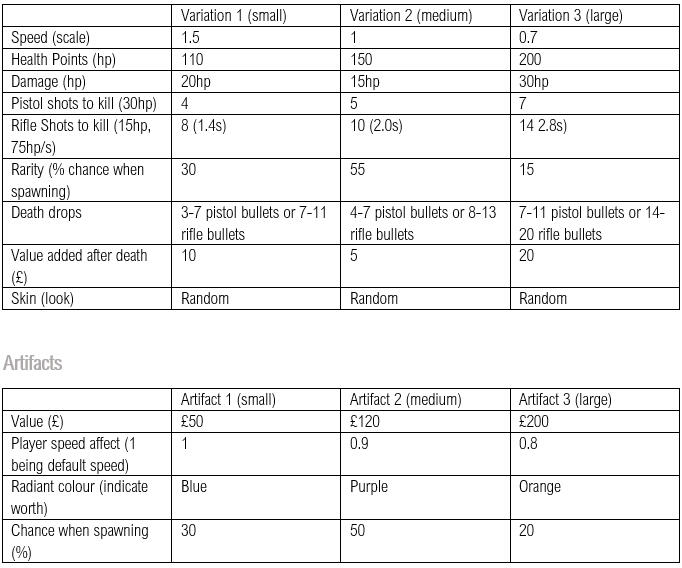
Objects data table
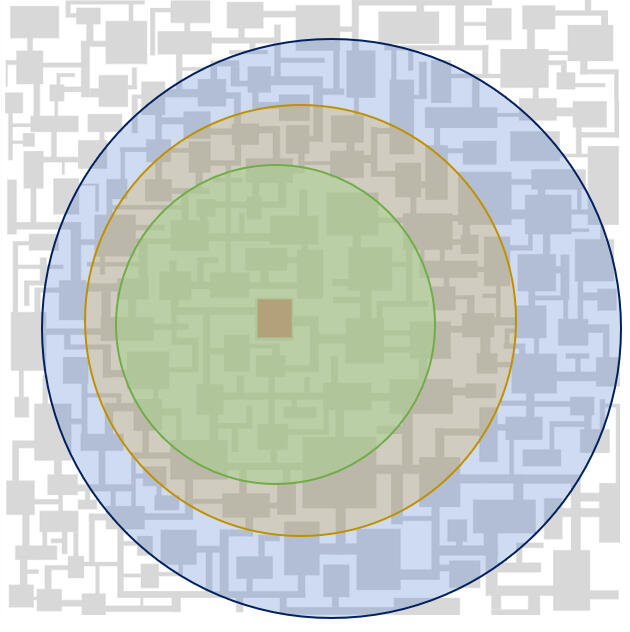
Projected level layout according to difficulty
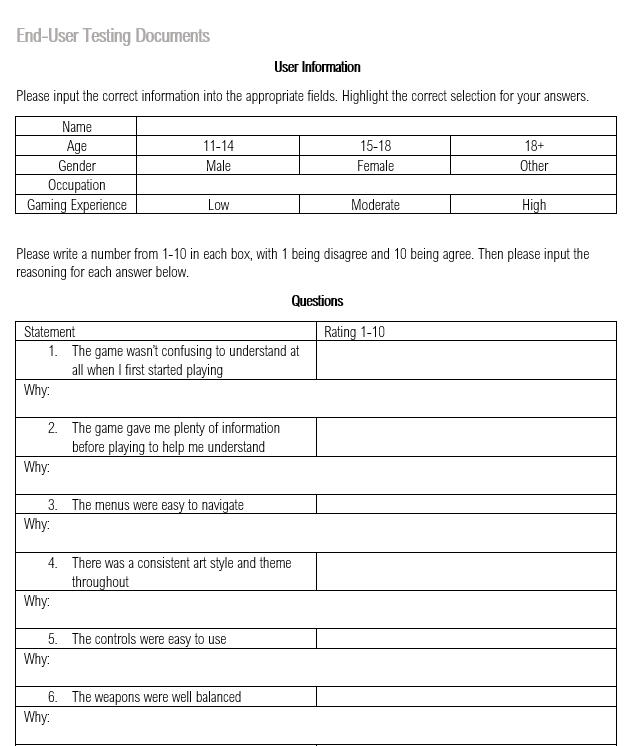
User questionnaire
Testing Strategy
Functional Testing
I initiated my test plan by focusing on functional testing for the technical aspects of the game. This would help to ensure that game will work as expected, come the end of development. I used a technical test plan document to outline different inputs, expected outputs, and to document actual results. This plan is based on the functional requirements from the project proposal, focusing on checking if the core mechanics and gameplay are functioning correctly.Performance Testing
Next, I incorporated performance testing into the plan, using computers with different specifications to gauge its capabilities. This approach aimed to pinpoint limitations, highlighting areas for potential optimisation or simplification. The baseline requirements set for game performance were a minimum of 30FPS and an absence of noticeable lag attributed to processing power constraints.User Testing
I concluded my test plan by creating questionnaires for usability testing, involving individuals from the target audience specified in the game design document. They would play the game independently as I would observe. They would then fill out a questionnaire containing both open and closed questions, as well as additional feedback boxes. The collected data would later be analysed.
Development Log
Throughout the game development, I maintained a video development log showcasing the entire process using the Unity game engine.
Testing Results
Technical Testing
The game successfully passed the majority of functional test cases, although one or two issues surfaced. These were promptly addressed and corrected. This testing proved invaluable in identifying and resolving potential concerns, contributing to the overall refinement of the game for its successful completion.Performance Testing
The game excelled in performance testing, demonstrating smooth operation even on a device with 4GB of RAM, in accordance with the specified requirements.User Testing
Overall, the game received positive feedback, with high scores for clarity, navigation, art style, and game balance. Participants appreciated the game's length and overall fun factor. However, areas for improvement include controls, weapon balance, and addressing perceived limitations that led to some frustration. These insights provide a valuable direction for refining gameplay mechanics and enhancing the overall user experience.
Reflection
Fulfillment of Project Brief
The game met all requirements outlined in the project brief, designed to run smoothly on a website with minimal RAM usage. Utilising simple cube models for chambers and disabling shadows in the night-time setting optimised GPU performance. The game resonated well with the target audience, achieving a 9.3 average score for simplicity and understandability. Different difficulty levels were added to cater to various skill levels, although some adjustments are needed based on feedback regarding overwhelming enemy encounters.Methodology
I used a waterfall methodology for this project, moving through each development stage one after the other. Starting with the design phase, it helped me refine my game idea and keep track of it effectively. This approach allowed me to piece together the final concept without spreading the design phase over multiple iterations, making it easier to remember and avoid losing track of ideas.User Feedback
While the game successfully incorporated the theme of curiosity, feedback suggested the potential for more rewarding elements and a shift away from the 'curiosity killed the cat' concept. User input also highlighted practical enhancements like adding control reminders in the pause menu, introducing a white outline to the crosshair, and widening the entrance ramp for improved navigation.
Hope City Centre
September 2025
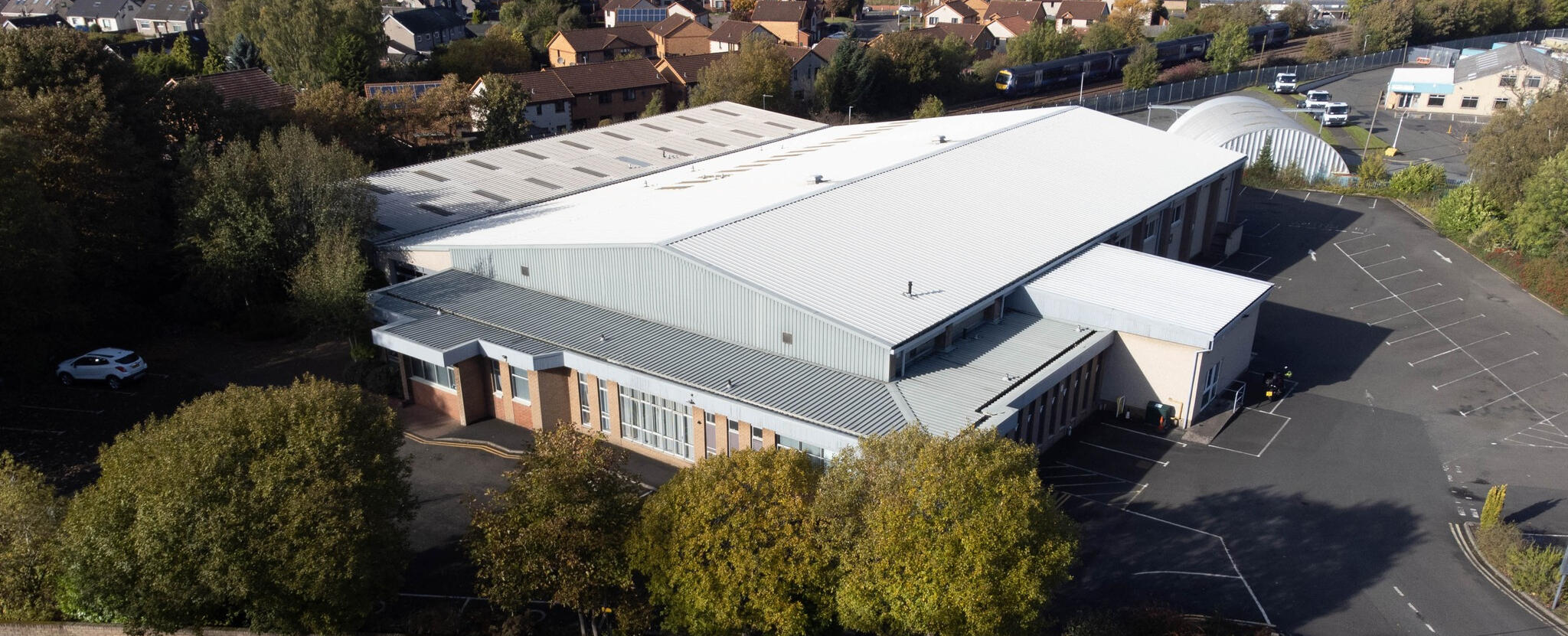
This project involves designing and developing a game in its entirety in accordance with the provided project brief.
This is a project I completed as part of my
HND in Digital Design and Development (Games)
Game Concept Pitch
Aliens have invaded the outer planets of our solar system! You have been summoned into space to fend off the relentless waves of enemies and save our planet! Unlike the aliens, we have a third dimension to work with...
My Development Process
Understanding Requirements
Breakdown of Requirements:Functional:
• Support two players
• Player Movement (up/down, left/right)
• Player can shoot
• Warp between 2D and 3D
• Kill enemies
• Receive damage
• Lose Health
• Exit the game
• Replay the game
• Enemy wave system
• Enemy drop power-ups on death
• Player dies
• Players pick up power-ups
Non-Functional:
• Contain a 3D aspect
• Run on a PC
• Be playable with one joystick and four buttons per player WSAD /IKJL(P1) & Arrow keys/ 8564 (P2)
• Contain audio
• Suitable for an arcade setting
• Contain action gameplay
• Contain short play sessions
• Be completed for the 3rd of June
• Not breach copyright law (attribution where required)
Target Audience
The game should be designed for 12–18-year-olds, aligning with the youth club's target audience. The concept and basic controls should make it accessible to all within this age group, regardless of gaming experience. With a wide target audience of both male and female, the game should appeal to a broad audience to ensure this target is met.To ensure age appropriateness, the PEGI rating system should guide the content within the game. PEGI 12 allows for realistic violence towards unreal characters, mild language, and horror content, all within acceptable limits for the target age group. The game's specific audience consists of individuals within the youth club's area, most of whom are also in education.Development Methodology
I used a waterfall methodology for this project, progressing through stages sequentially from planning to design, development, and finally evaluation. This approach ensures adherence to deadlines and maintains a structured workflow. By focusing on one stage at a time, I can fully develop each aspect before moving forward, providing a comprehensive understanding of the project.While prototyping is an alternative approach, it involves an iterative process that might be time-consuming given the project's short timeframe. Given the small scope of the game, the waterfall methodology is better suited for maintaining control and meeting deadlines effectively.
Idea Generation
Brainstorming
I began by jotting down ideas revolving around some key requirements. One standout concept that I thought of was a multi-dimensional aspect, and I chose to focus on developing this idea further.Narrative
I thought-up a backstory for the game, keeping the multi-dimensional concept in mind. This involved developing ideas for the identity and character arcs of the characters.Gameplay
I explored unique mechanics involving both 2D and 3D dimensions, brainstorming ideas such as traversing above 2D walls in a 3D space.
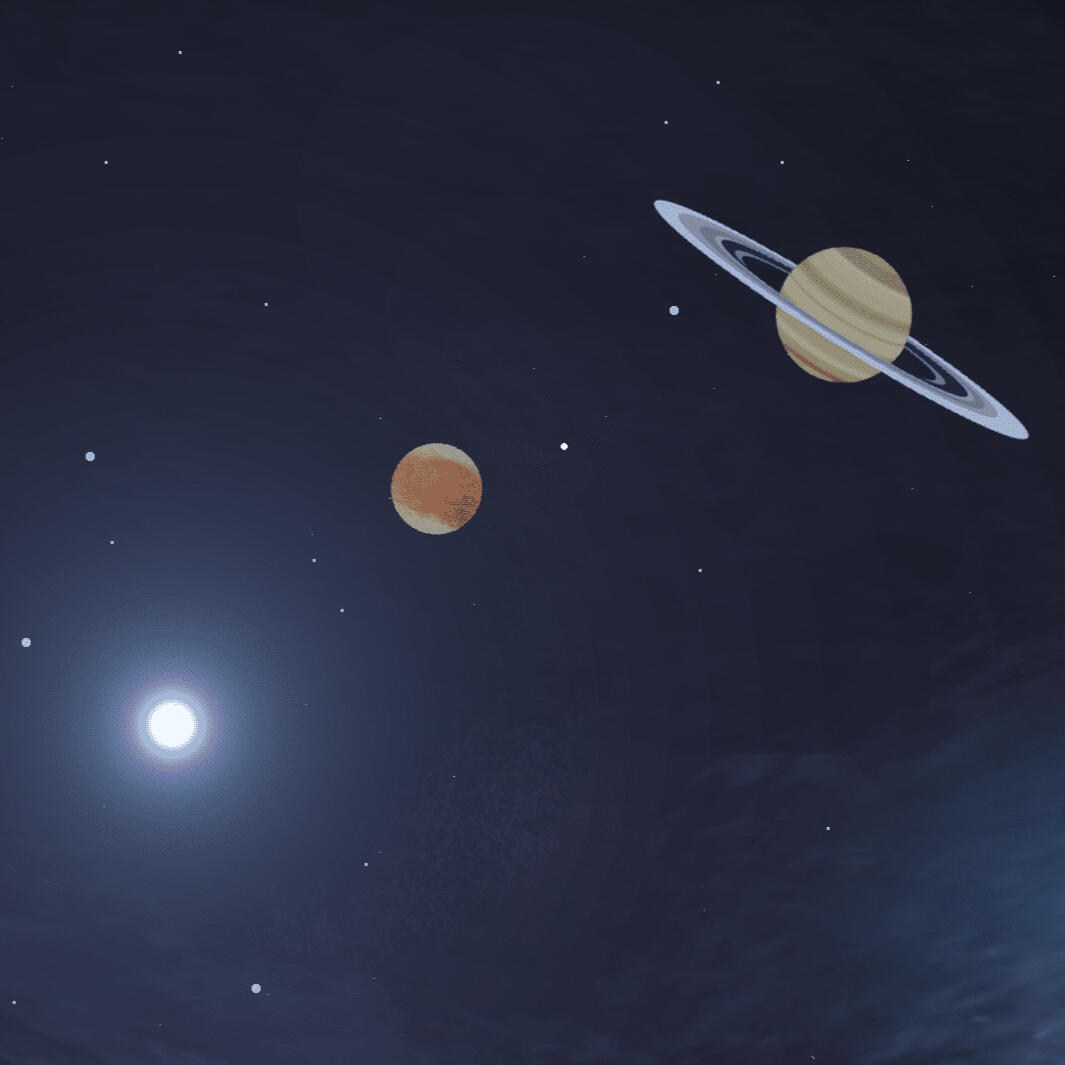
Project Proposal
After much experimenting and planning, I created my project proposal, awaiting evaluation to see if it met the requirements for moving into the full design stage.Aliens have invaded the outer planets of our solar system! You have been summoned into space to fend off the relentless waves of enemies and save our planet! Unlike the aliens, we have a third dimension to work with...The complete project proposal delves deeper into the gameplay, narrative, and the project's viability within the specified scope. It also considers constraints and potential risks.
Game Design Document
You can explore a brief overview on primary topics within the GDD below. For a comprehensive view, you can also access the complete document using the provided link beneath.Narrative
The main character in MULTI-SPACE is astronaut Gio, who specialises in studying the third dimension. Using his technology, Gio warps from the two-dimensional world to fight aliens and defend the solar system. He leaves Earth to combat invaders on other planets, showing bravery and courage to save his home planet. In multiplayer, he's joined by his friend Leo, who helped develop the technology.Look and Feel
Being 2D, the game adopts an overhead perspective. The characters' appearance will seamlessly shift between 2D and 3D as the camera changes, while the environment remains a two-dimensional plane.The game aims for a bright and retro ambiance achieved through a simple, clean art style with bold colors. The music, featuring 8-bit audio samples, supports the retro feel. The overall design incorporates action and stimulation, contributing to the retro-arcade style.Mechanics
The GDD contains a complete breakdown of the game mechanics.Controls
The game is specified to run on a Windows PC and will utilise a controller with "four buttons and a joystick for up to two players." The buttons must be mapped to a PC keyboard as specified within the brief.Level Design
To maintain consistent difficulty and diverse experiences, each level shares a similar tilemap design. Multiple dead-ends are strategically placed in each level, encouraging players to use the dimensional shift technology when pressured by aliens.Alien spawns are distributed across at least 10 set locations in open areas. The player consistently spawns in the center of the map for a balanced starting position.
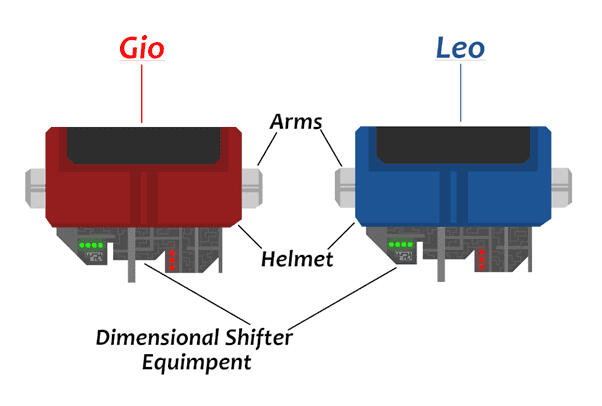
Player Diagram
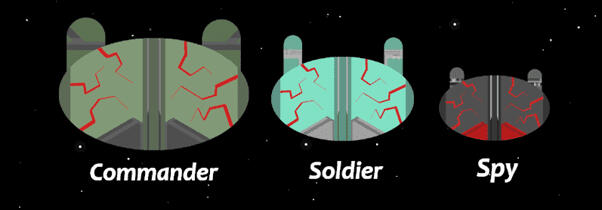
Enemy Diagram
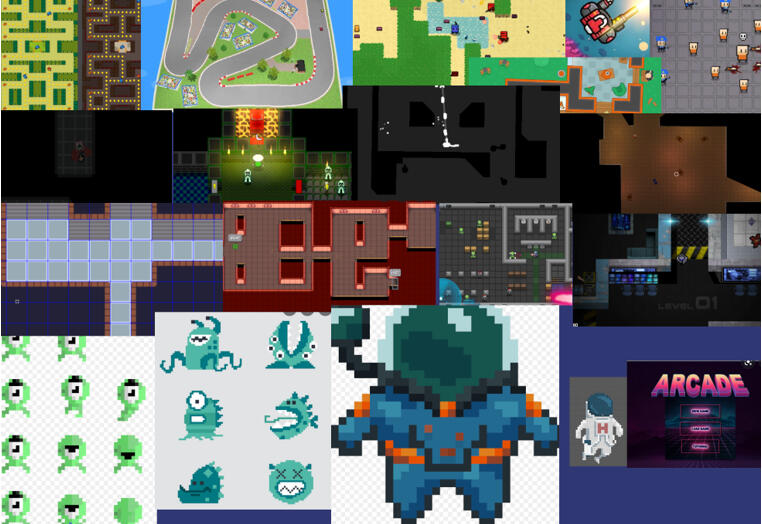
Look and feel moodboard
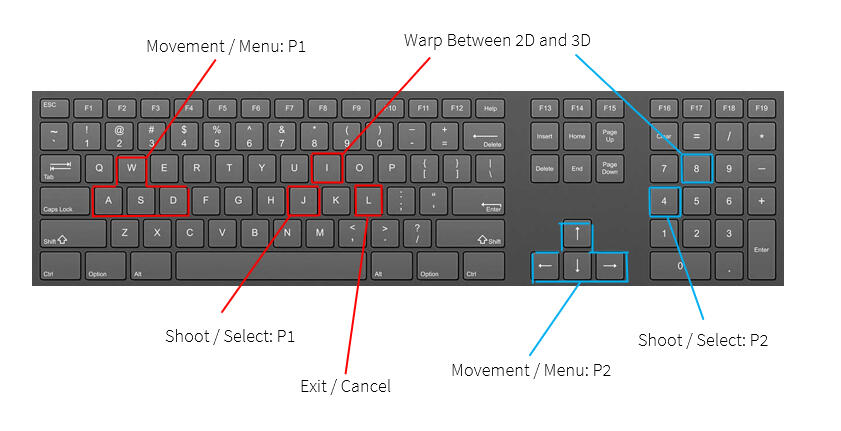
Control mapping
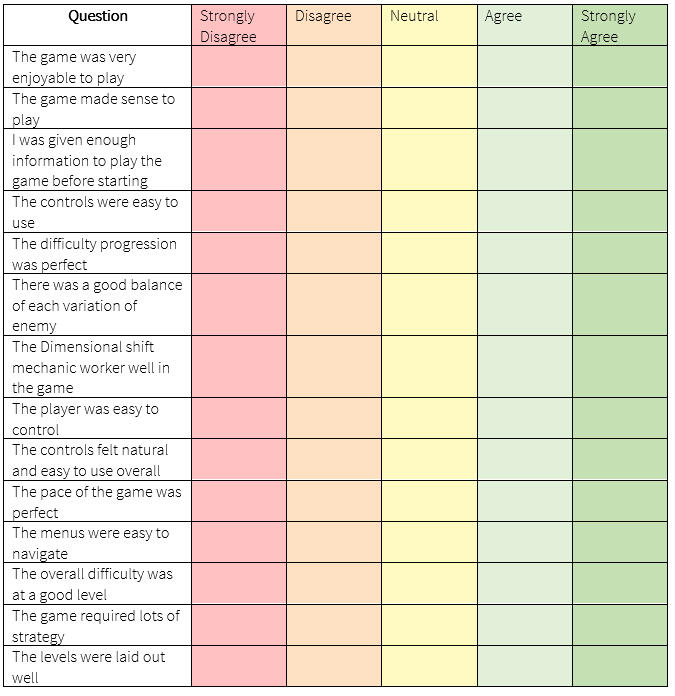
User questionnaire
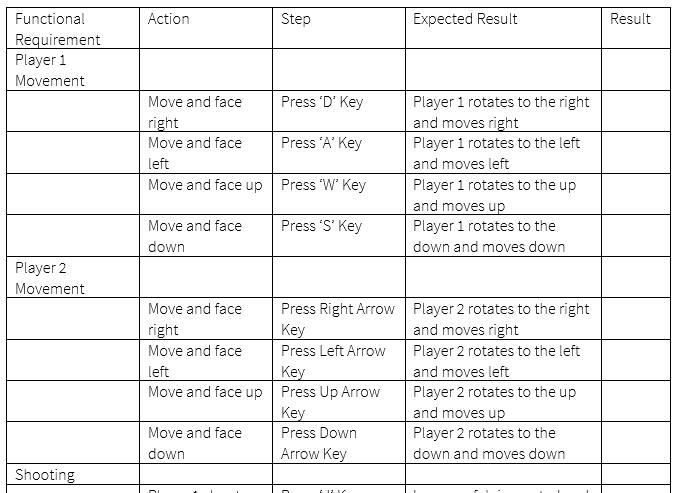
Functional test cases
Testing Strategy
Functional Testing
I initiated my test plan by focusing on functional testing for the technical aspects of the game. This would help to ensure that game will work as expected, come the end of development. I used a technical test plan document to outline different inputs, expected outputs, and to document actual results. This plan is based on the functional requirements from the project proposal, focusing on checking if the core mechanics and gameplay are functioning correctly.Performance Testing
Next, I incorporated performance testing into the plan, using computers with different specifications to gauge its capabilities. This approach aimed to pinpoint limitations, highlighting areas for potential optimisation or simplification. The baseline requirements set for game performance were a minimum of 30FPS and an absence of noticeable lag or drop in graphics quality attributed to processing power constraints.User Testing
I concluded my test plan by creating questionnaires for usability testing, involving individuals from the target audience specified in the game design document. They would play the game independently as I would observe. They would then fill out a questionnaire containing both open and closed questions, as well as additional feedback boxes. The collected data would later be analysed.
Development Log
I maintained a development log throughout the game's creation. You can view each blog post below.
Check out the MULTI-SPACE trailer provided below to get a visual preview of the game
Testing Results
Technical Testing
The game effectively cleared most of the functional test cases, with only a couple of issues emerging. Swift attention was given to these issues, promptly resolving them. This testing played a crucial role in identifying and addressing potential concerns, ultimately contributing to the overall enhancement and successful completion of the game.Performance Testing
The game performed exceptionally well in the performance testing phase, showcasing smooth operation even on a device with 4GB of RAM, meeting the specified requirements seamlessly.User Testing
Players found the game highly enjoyable, giving it a score of 4.6. The overall understanding and clarity of gameplay received a positive rating of 4.5. Participants felt they were given sufficient information before starting (4.3) and commended the easy-to-use controls (4.3). The Dimensional shift mechanic was a standout, scoring exceptionally well at 4.8. While the player's ease of control received a slightly lower rating of 3.6, the controls were generally perceived as natural and easy to use, achieving a score of 4.1. The game's pace, layout, art style consistency, and fitting music all produced positive ratings, ranging from 4 to 5.
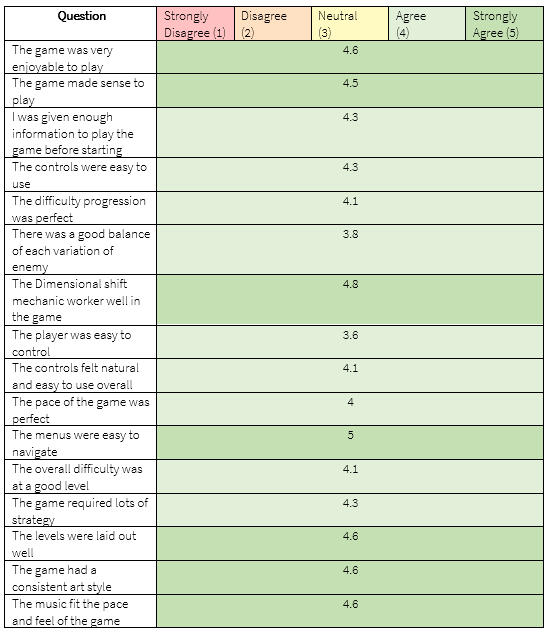
Statistical summary of user questionnaire responses
Reflection
Fulfillment of Project Brief
Throughout this project, I consistently referred to the project brief to ensure that my product met all specified requirements. I successfully addressed the functional requirements, including adherence to the control scheme, ensuring gameplay continuity, and incorporating at least one 3D aspect. Aligning with the brief's guidelines on the game's purpose and target market (12–18-year-olds), I intentionally designed short, action-packed play sessions, reflecting a retro-arcade style. User testing revealed an average score of 4.6/5 for the game's enjoyable nature and 4/5 for its pace. However, a minor issue arose during the client demo, where some UI elements were unresponsive to the specified 4:3 aspect ratio for the arcade cabinet, as I had tested in a 16:9 aspect ratio.Methodology
I chose a waterfall methodology for my development approach, which proved effective in refining each stage before progressing. This approach suited my attention to detail and guided my timing for prioritising tasks. In conjunction with Unity, I used GitHub Desktop for version control, consistently creating commits.User Feedback
The user testing highlighted varying player experiences within the game. Notably, the dimensional shift mechanic received the highest score of 4.8/5, indicating its successful implementation and positive reception. Conversely, controlling the player received a 3.6/5, revealing some challenges in navigation, especially in narrow corridors. This aspect, identified by user feedback, prompted a realisation that environment design might contribute to the player's difficulty, as suggested by a user recommending wider corridors for smoother movement. This valuable insight guided further adjustments during development.Recommendations for Improvement
While achieving my initial goals, user feedback identified key areas for improvement. Users emphasised a desire for more "points of interest" in the environment instead of just walls. However, the challenge lay in maintaining the art style, making implementation complex. I acknowledge this feedback and, given more time, would explore enhancing the environment to heighten immersion and introduce an element of exploration. Aiming was another concern, as the shooting primarily targeted up, down, left, and right. Users found it challenging to hit aliens not aligned with the player's x or y-axis, suggesting potential future improvements, such as aim assistance, to enhance player experience.Personal Reflection
Throughout this project, I prioritised forward-thinking in my implementation processes. Unlike previous projects, I streamlined my workflow by planning and structuring each feature before diving into scripting. Considering adaptability and reusability, I organised the hierarchy for methodical functions, simplifying development and improving scene navigation within Unity.In the Planning Stage, I effectively mapped out tasks with relatively accurate time frames, setting a strong foundation for game expansion in the design stage. By swiftly completing the bulk of work early in the development stage, I allowed ample time for adjustments and perfection before the deadline. While I aimed to add more to the game during development, the cautious approach ensured timely completion.Reflecting on testing, I identified gaps in test case scenarios and repetitive questions during user testing. Adapting the questionnaire throughout development could have addressed changes in the game's aspects, enhancing the testing process.
Ships 'n' Sharks
January 2024

Game Design | Interaction Design | Programming | Physics | Multiplayer | Prototyping | Unity Development
Sharks ’n’ Ships is a personal Unity project created for fun and experimentation. In this project, I explored elements such as local multiplayer, water effects, and player physics to test different gameplay interactions and mechanics. The concept revolves around a tag-style chase between sharks and ships, designed to bring a mix of excitement and variety to the experience. Through this project, I was able to experiment freely with new ideas and features while continuing to develop my skills in game design, programming, and interaction design.

Creating reverse particles
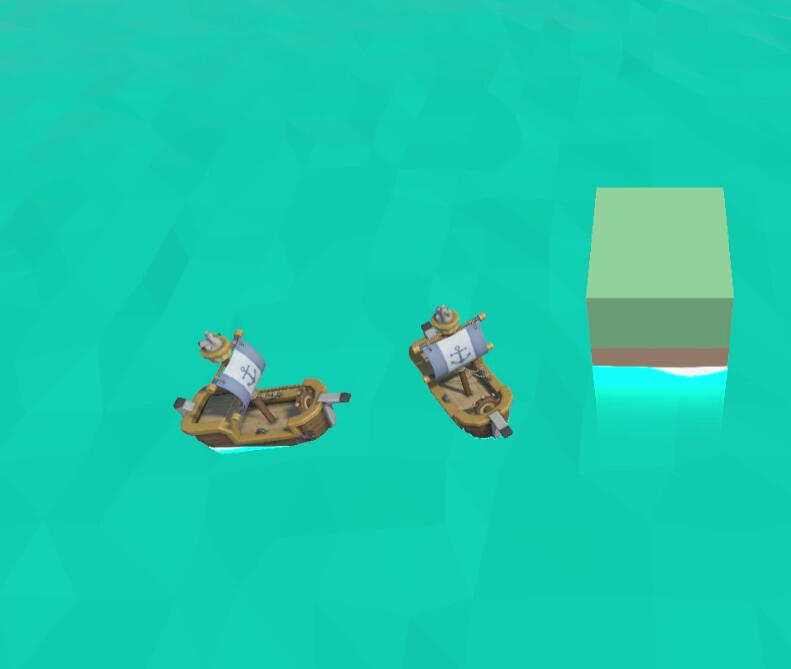
Testing multiplayer boat controls

Experimenting with shoreline graphics
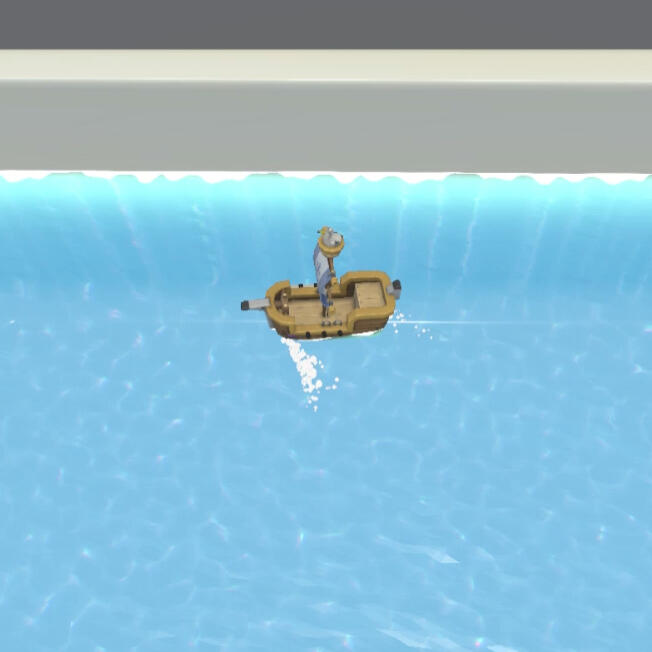
Trying out a 'bath-time' theme
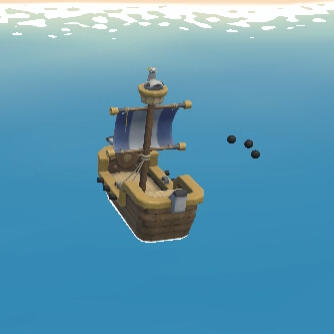
Fire the cannons!
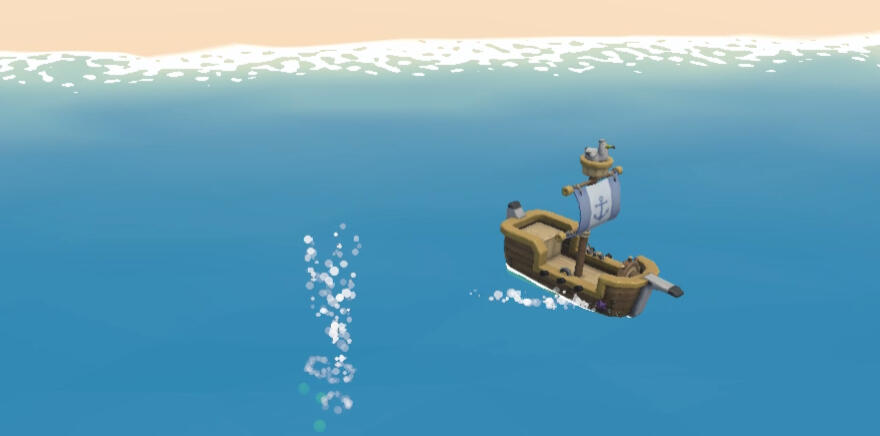
Cannonball splash effects

Full speed ahead!
Headbangers
February 2024
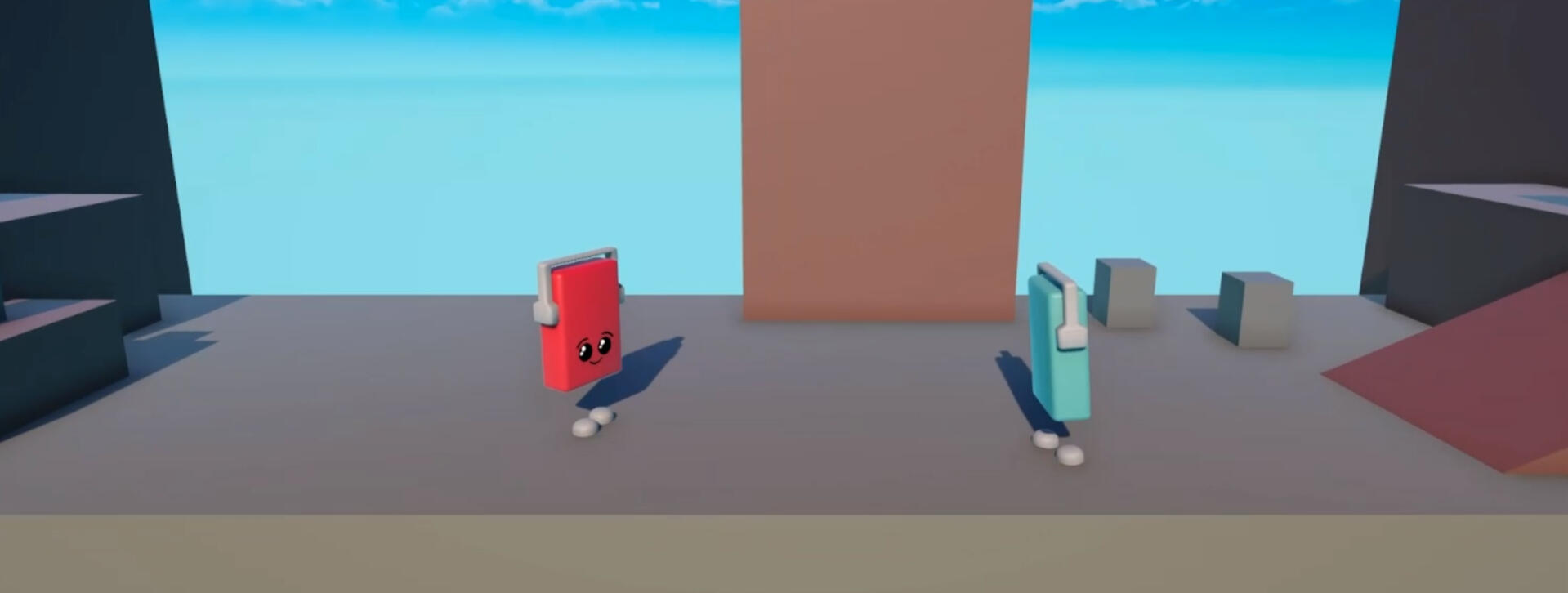
Game Design | Level Design | Programming | UI/UX Design | Graphic Design | Audio Design | Video Editing | Digital Marketing
Headbangers is a multiplayer party game developed in collaboration with my brother, designed specifically for console platforms. The game features a light-hearted, brawl-style PvP concept with a musical twist. Players perform rhythmic headbanging actions that serve both as attacks and as a fun way to move in time with the beat. Alongside gameplay development, I focused on the UI and screen design to create clear, engaging, and visually cohesive player interfaces suited for console play. This project allowed me to explore multiplayer design, console-oriented development, and the integration of UI design within a playful, rhythm-based experience.

The first UI design iteration
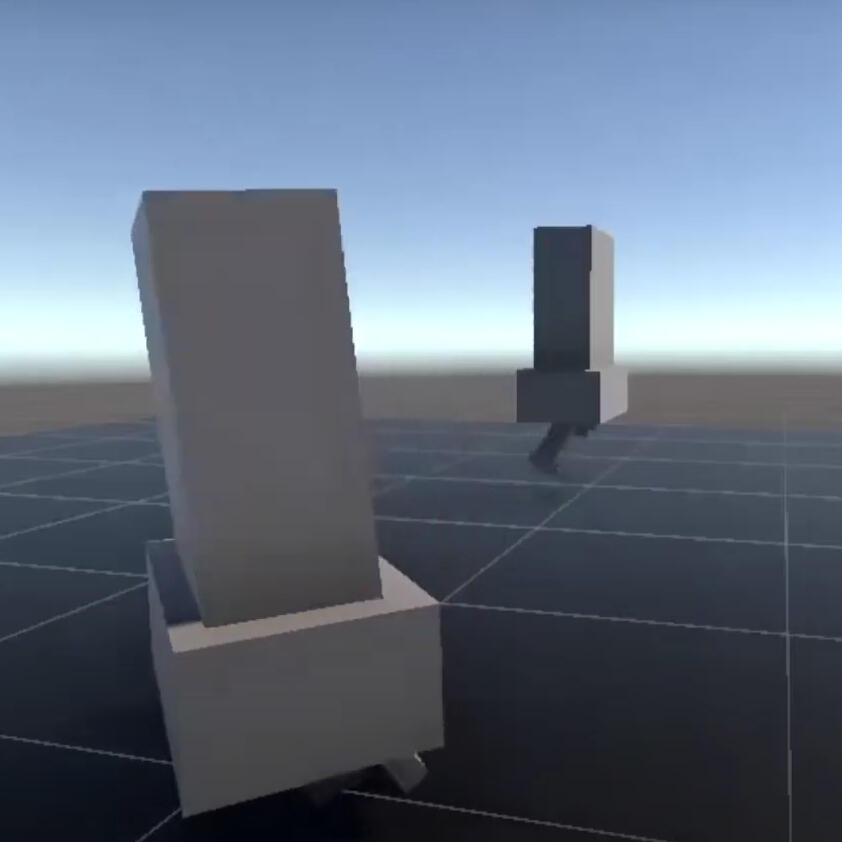
Assembling the character
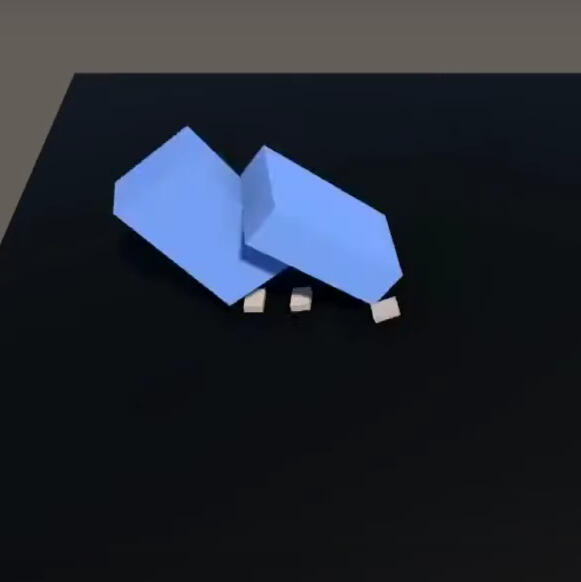
Testing collisions
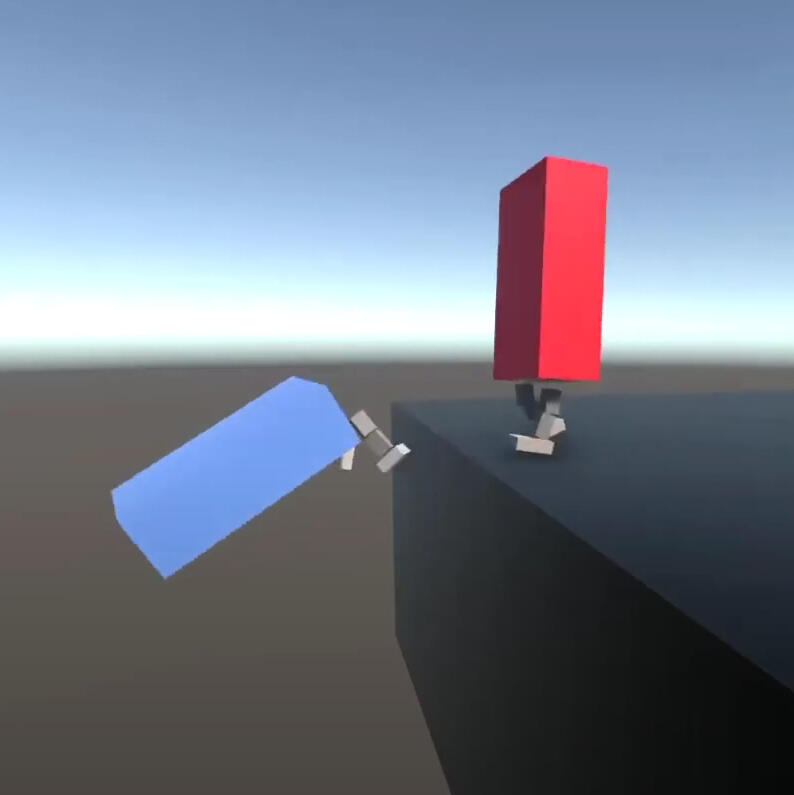
KO
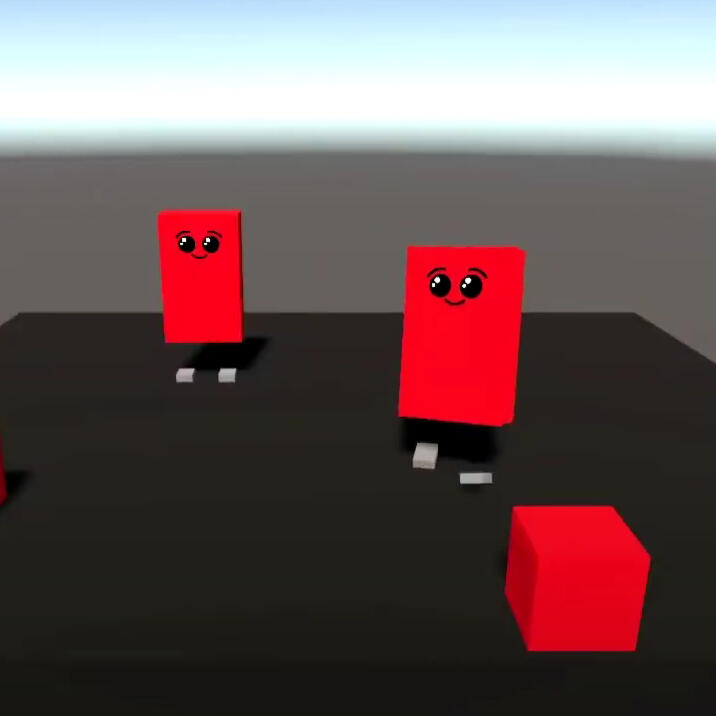
Experimenting with the face...
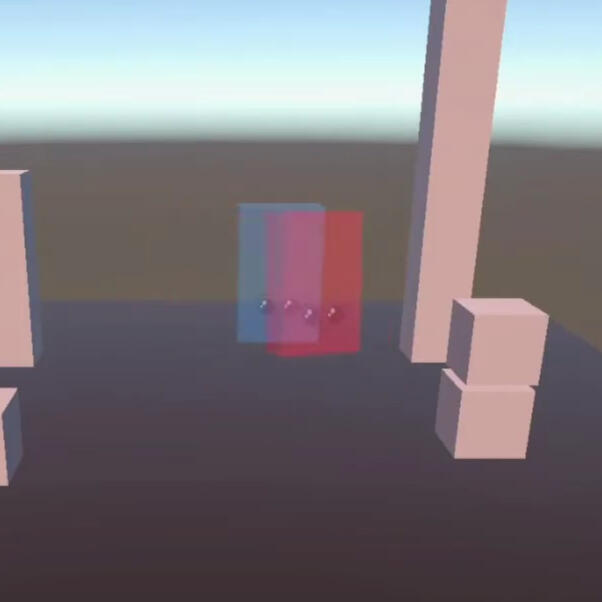
Adding the ghost mechanic upon death
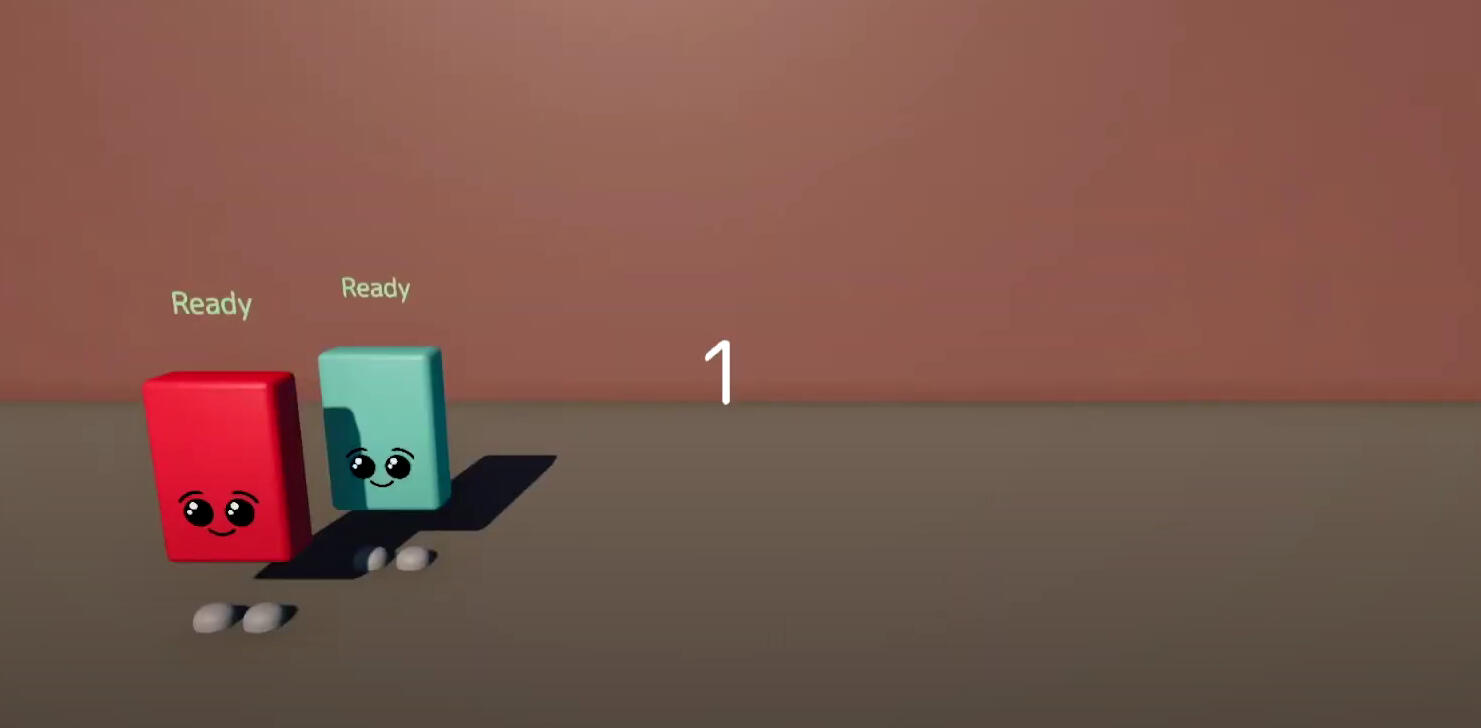
Creating the lobby

First test on Xbox!

Testing the gameplay with 6 players
Peak Flow Simulator
October 2023
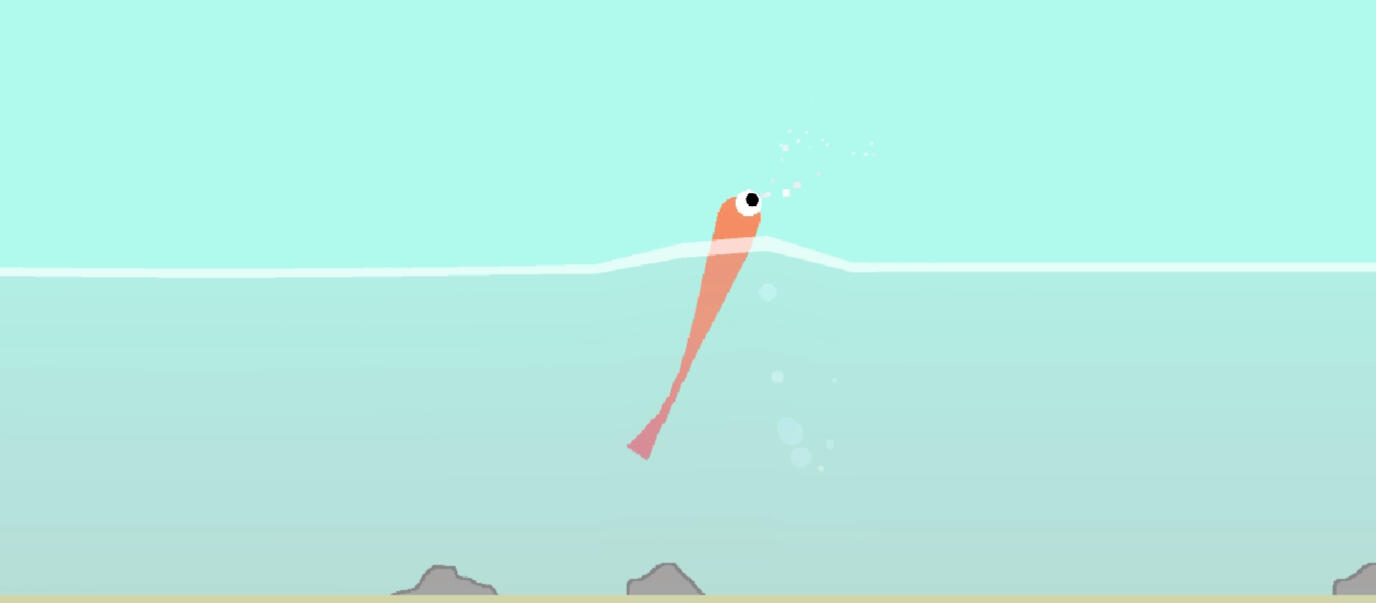
Game design | Graphic design | Programming
This Peak Flow Simulator is a prototype I developed to engage users through a breathing device that simulates various breathing scenarios in a playful and interactive way. The project was designed to encourage children to practise deep breathing, particularly in situations such as medical procedures where calm, controlled breathing is important. By turning the act of deep inhalation into a simple and enjoyable experience, the prototype aims to help children build confidence and familiarity with breathing exercises in a supportive, game-like context.
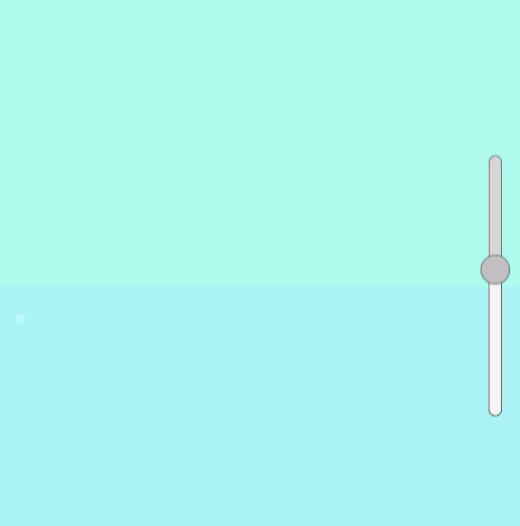
Adding controls to simulate a breathing value
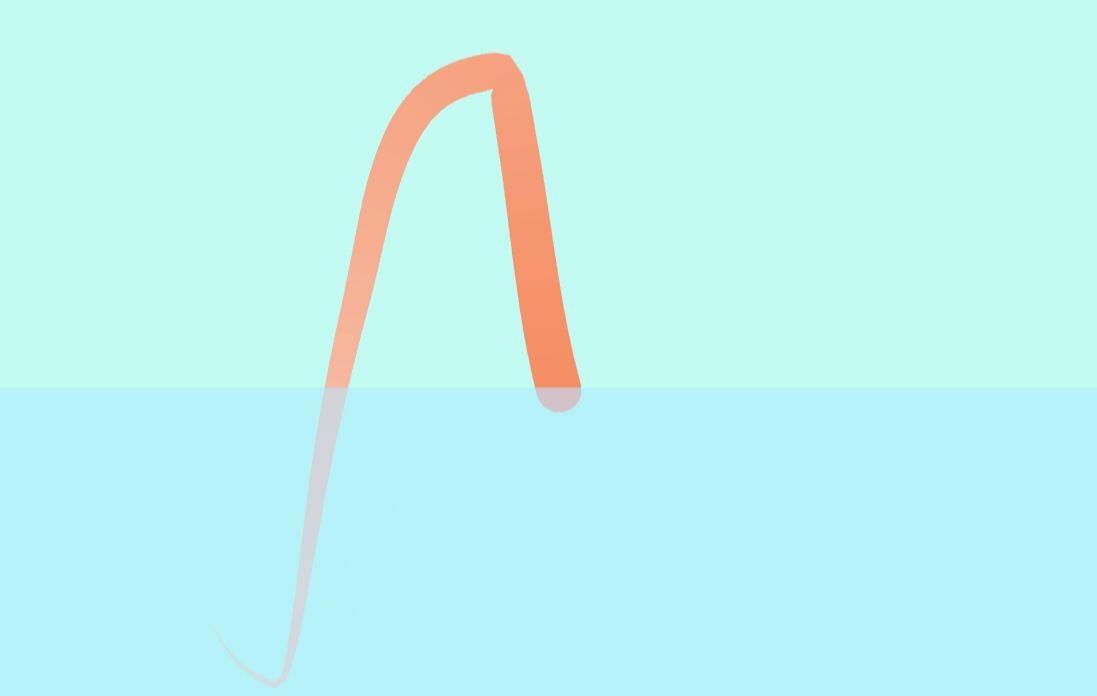
Adding a trail to represent the breathing pattern
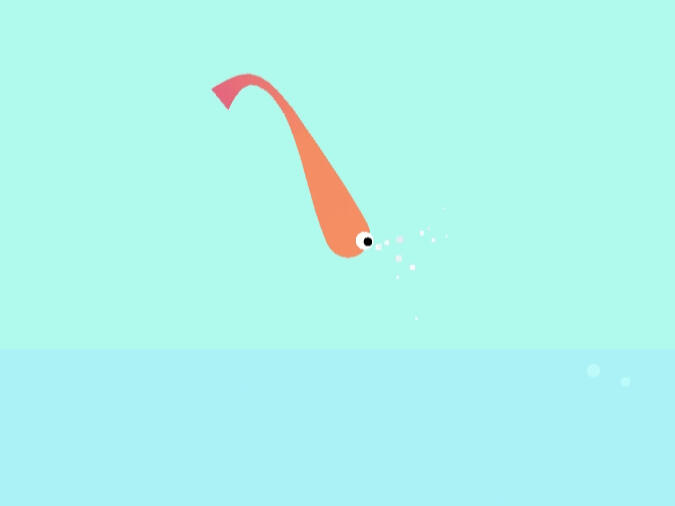
Adding a tail and eye to the fish
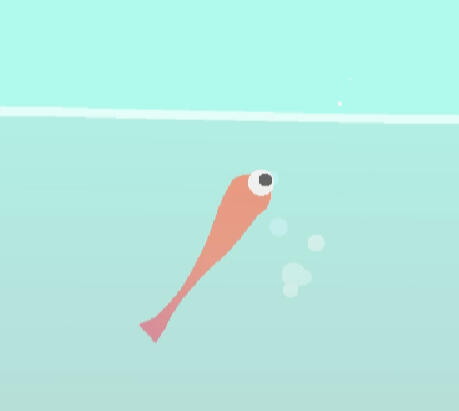
Bubbles to represent exhaling
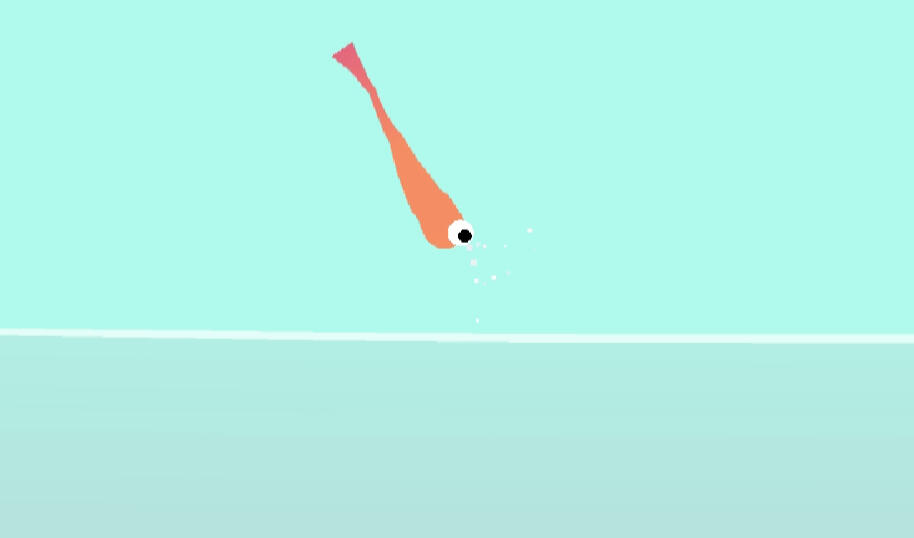
Air particles to represent inhaling

Water collisions and splashes
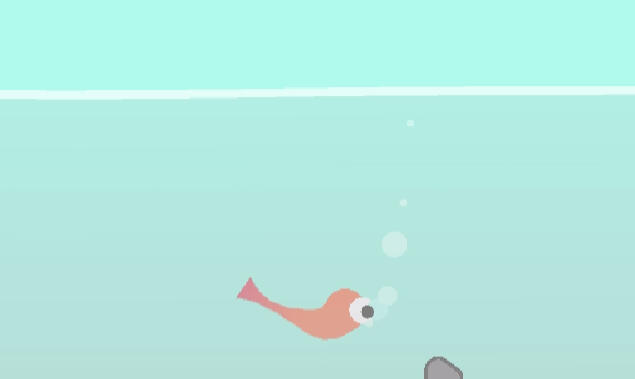
Just keep swimming...
Flumble
Oct 2021
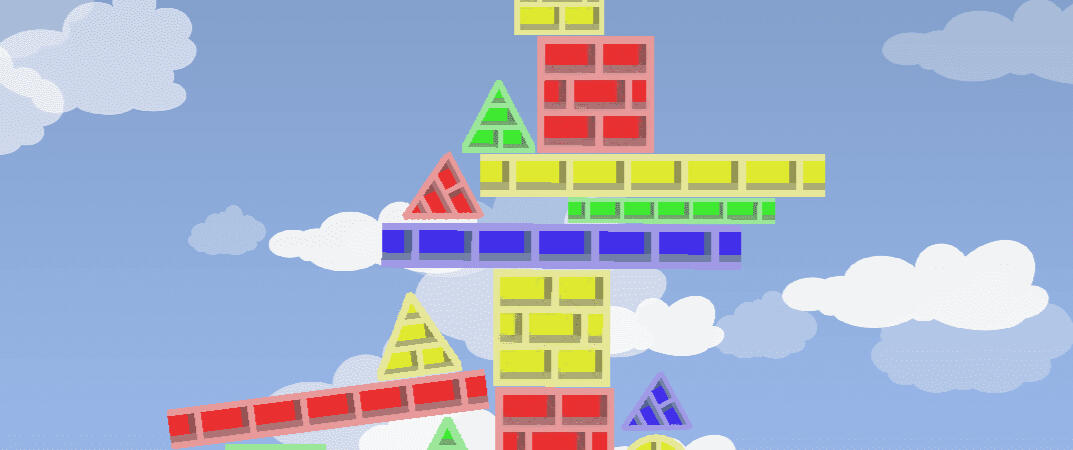
Game Design | Programming | UI Design | Graphic Design | Audio Design | Video Editing | Digital Marketing
I developed and released Flumble, a mobile game available on both iOS and Android platforms. The game challenges players to take turns stacking blocks onto a progressively unstable tower, testing balance, precision, and timing. Flumble features multiple game modes, including single-player, multiplayer, and sandbox options, offering a variety of ways to play. The game also includes accessibility support for players with colour blindness, ensuring an inclusive and enjoyable experience for all users.

Game settings

Gameplay with colour blind mode on

This tower is getting tall...

New high score!

Setting up a multiplayer game

A screen to prevent a user error

Moments before disaster...

Collapsing tower

Game over

Sandbox mode
Tend & Grow
August 2023
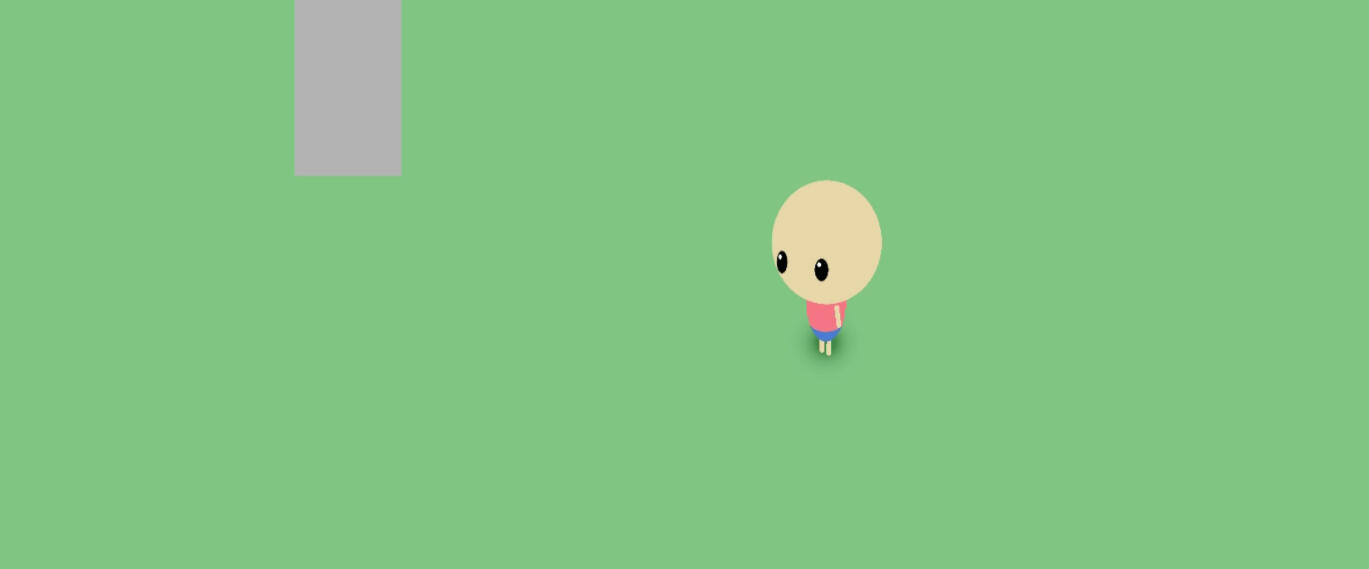
Game design | Graphic design | Programming
Tend and Grow represents my exploration into 2D top-down character movement, 2D lighting, night cycles, and dynamic sorting layers. The concept was to create a digital haven that offers users a calm, relaxing environment to unwind and escape daily stresses. The name reflects both the nurturing of a virtual garden and the importance of caring for one’s mental well-being, blending gentle gameplay with a soothing visual atmosphere.
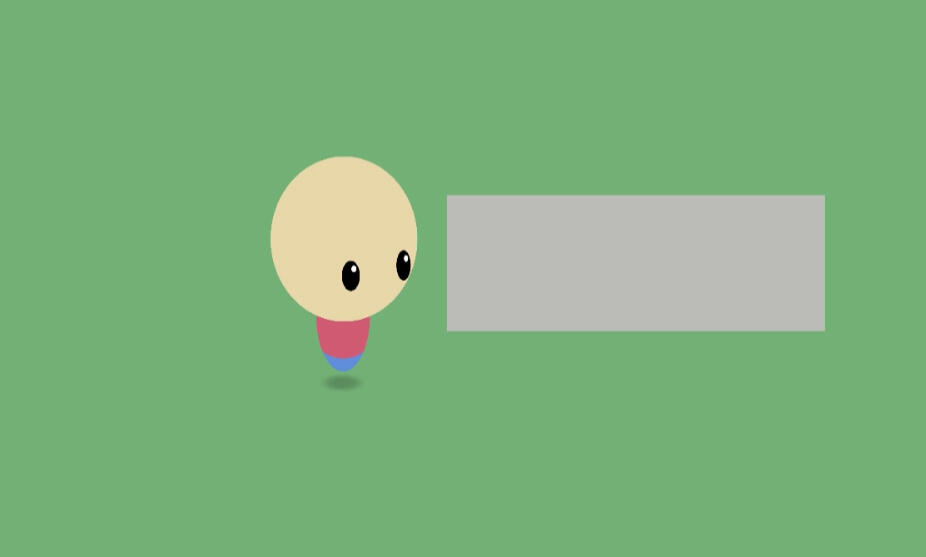
Creating the character and player movement
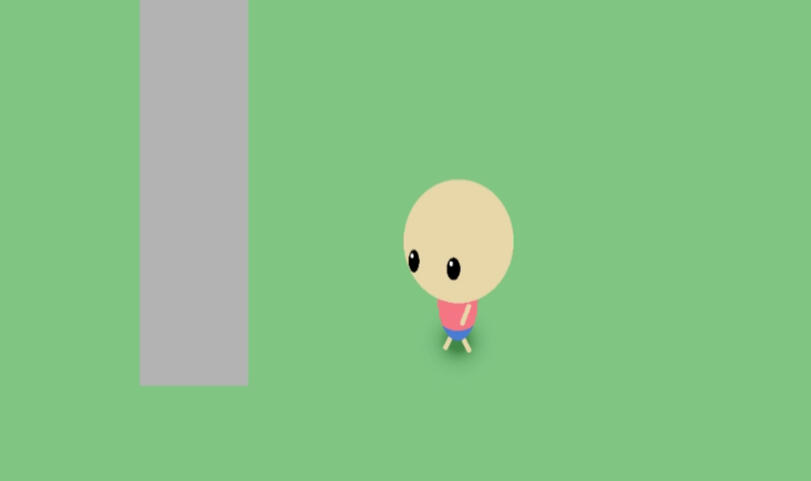
Adding limbs and walking animations

Calculating warmth and intensity for the night cycle

How it feels to stare at sine waves for hours...
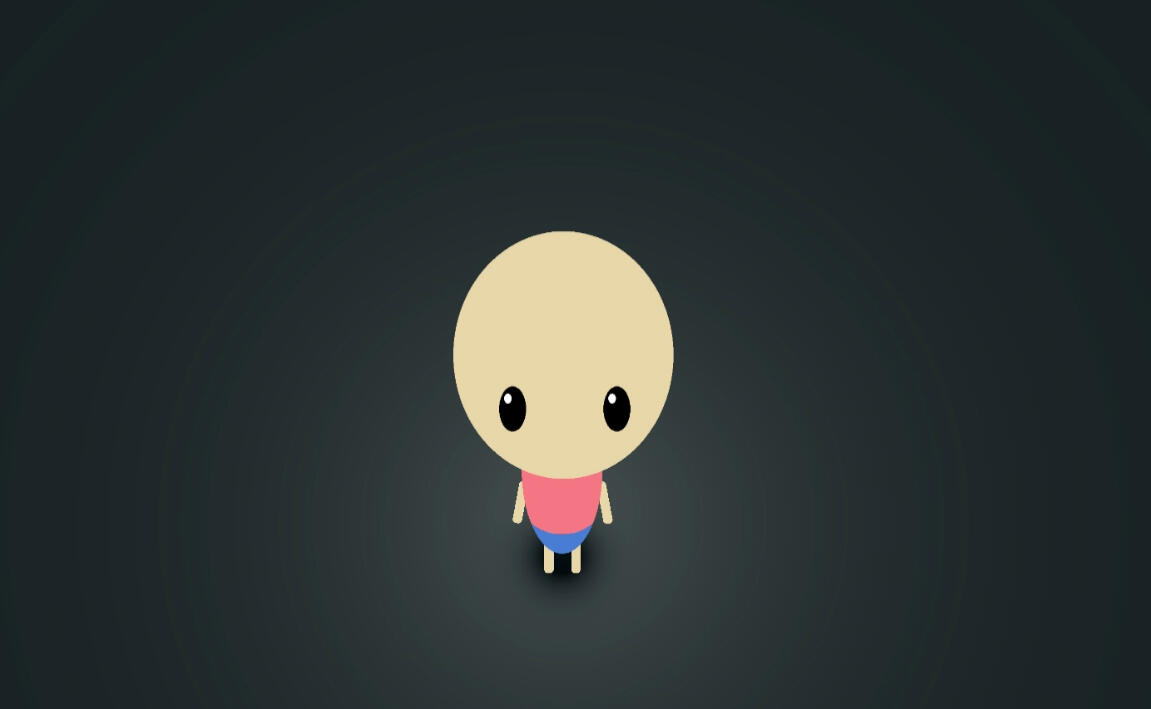
Functioning night cycle and player lighting
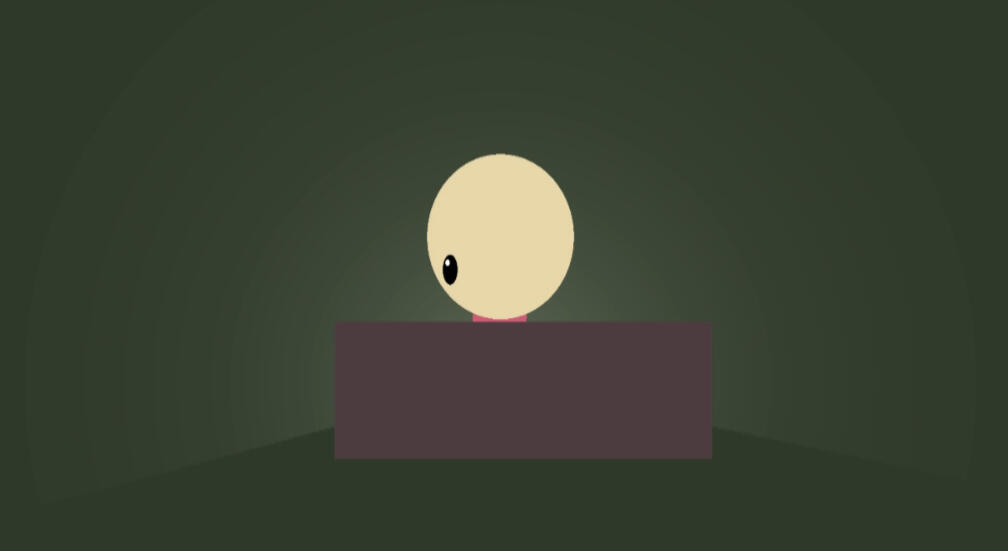
Shadows and dynamic layering
Kerby
August 2021

Game Design | Level Design | Programming | UI Design | Graphic Design | Audio Design | Video Editing | Digital Marketing
Kerby marks the beginning of my journey into game development, created with the goal of releasing it on both iOS and Android app stores. Inspired by the classic childhood street game, it recreates the fun of throwing a ball across the road to hit the kerb. The game includes multiple modes such as single-player, multiplayer, and mini-games, along with customisable ball skins and a variety of locations available through the in-game shop.

Main menu screen

How to play screen

Player missing the kerb

Player scoring and receiving coins

Ball skins within the shop

Multiplayer game in the rainforest

Various locations in the shop

Himalayan background

Mini games found in the shop

Mini game on mars!
Peace o' Scotland
January 2022

Level design | Programming | Video editing
This project is a digital reconstruction of an area of land located in West Fife, Scotland, created using the Unity game engine. Starting from a land survey, I sculpted the terrain and populated it with realistic foliage and environmental details. Through the use of lighting and post-processing effects, I aimed to produce a detailed and immersive digital representation of the landscape.

Street view of the land and surrounding fields

Satellite view of the land

Land survey

Beginning to sculpt the land

Ponds beginning to take shape

Importing foliage

Adding fencing and grass

Importing surrounding terrain from a heightmap

Trees from surrounding fields

Adding cattails to the pond
Ninja Nightfall
July 2023

Game design | Graphic design | Programming
Ninja Nightfall is a project I developed while experimenting with different player input methods for movement and exploring various techniques for implementing night cycles. The concept focused on creating a suspenseful atmosphere that immerses players in the thrill of combat as ninjas operating under the cover of night.
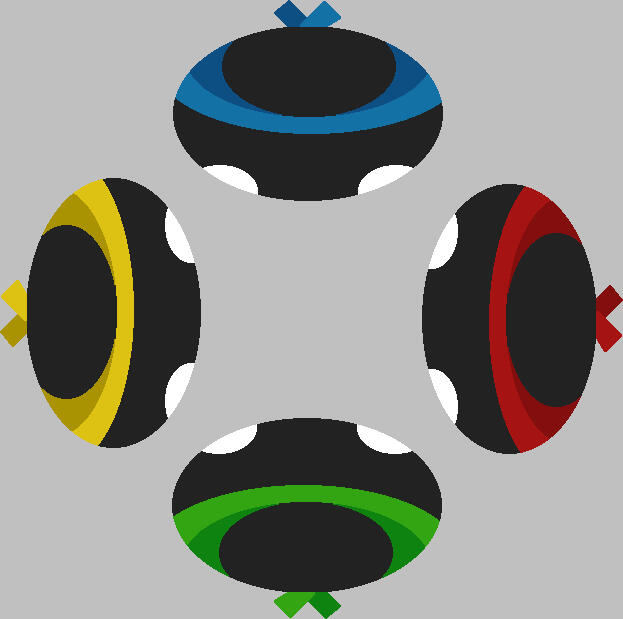
Character designs
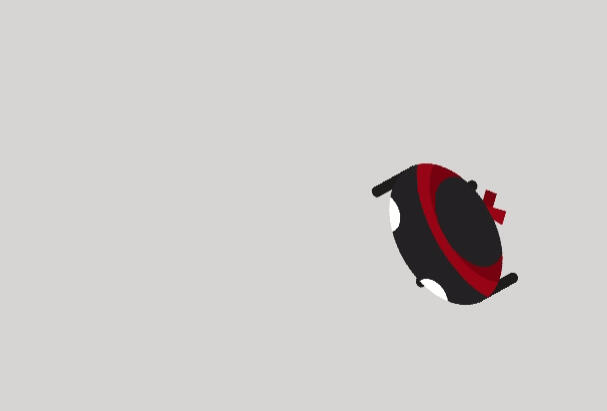
Creating player movement and animations
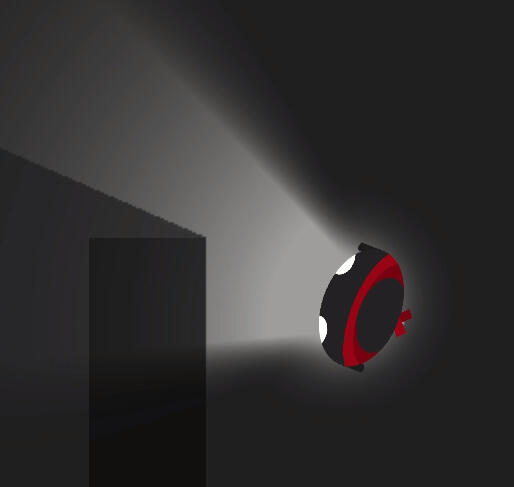
Night torch and shadows
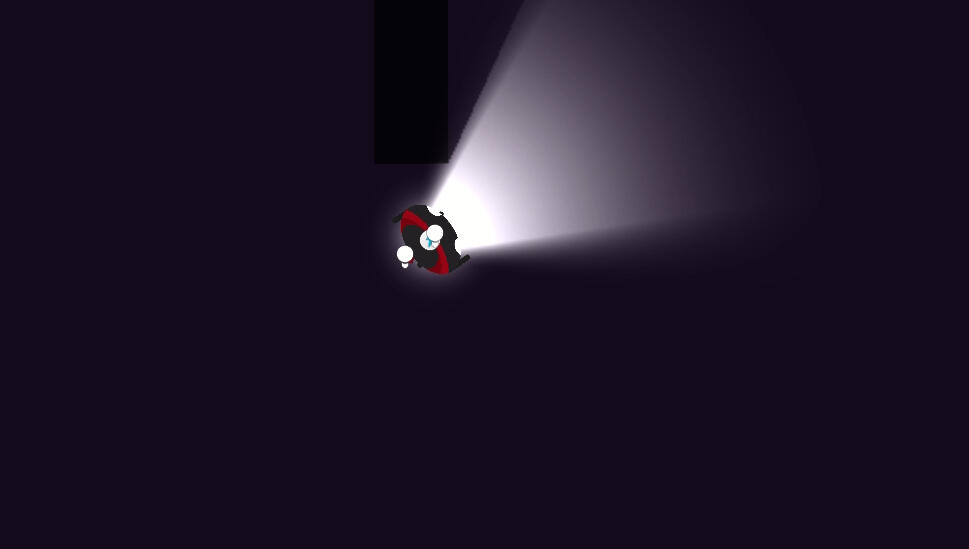
Midnight...
Bike King Borders
Dec 2020
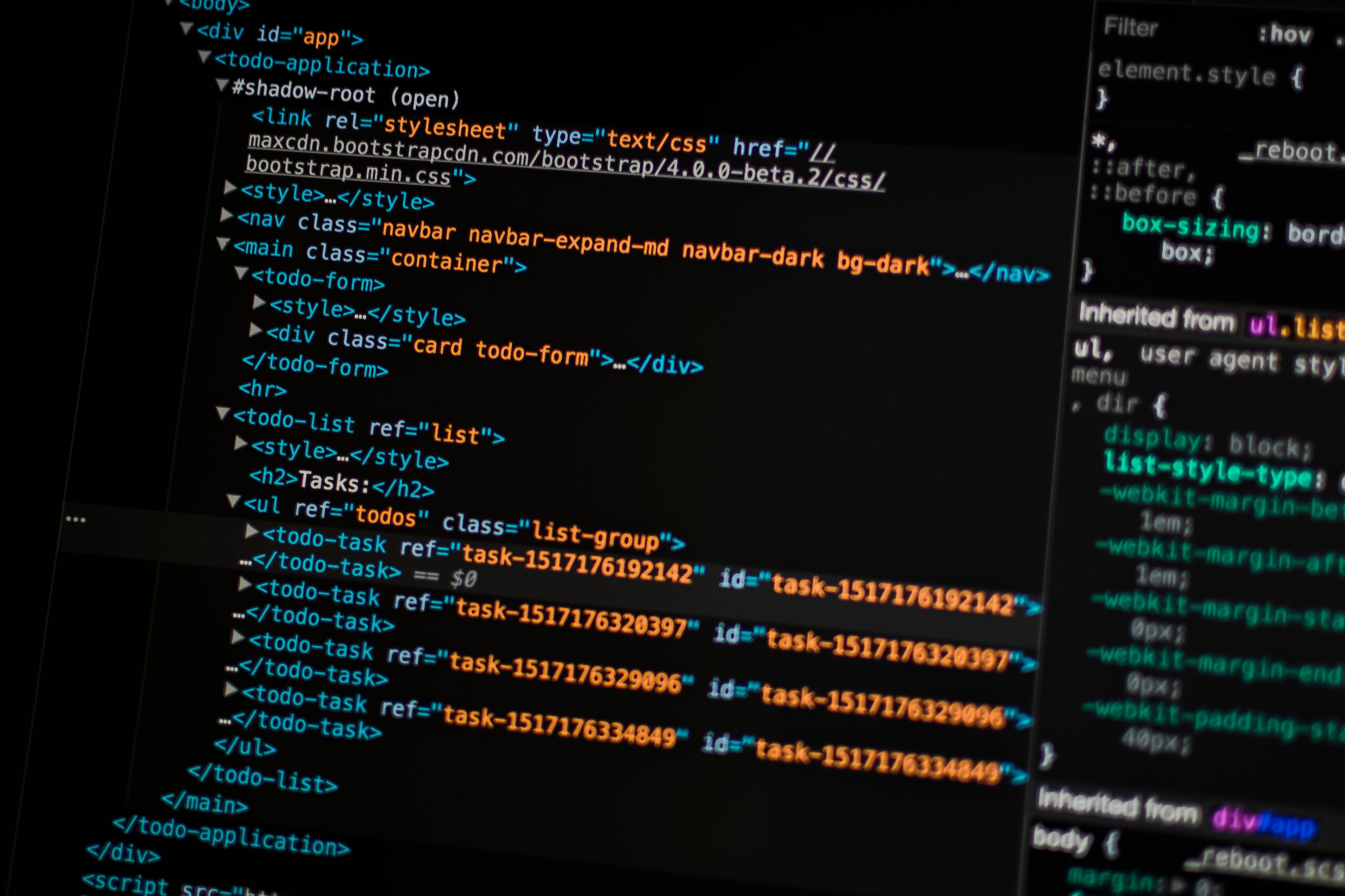
Programming | UI design | Web design | Graphic design | User centred design |
Bike King Borders is a website I developed during my HND qualification in Digital Design and Development (Games). It was the first website I developed solely using HTML and CSS, supplemented with additional JavaScript. Following a specific brief, I utilised Adobe XD to design wireframes and prototypes before proceeding to the full development of the site. The site is fully responsive, designed to seamlessly adapt to desktop, mobile, and tablet devices.

Wireframe - dektop
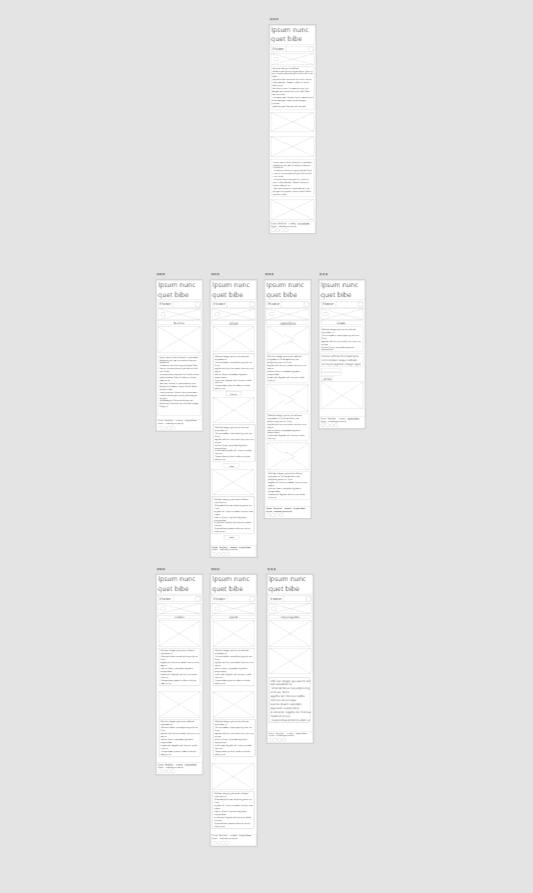
Wireframe - mobile
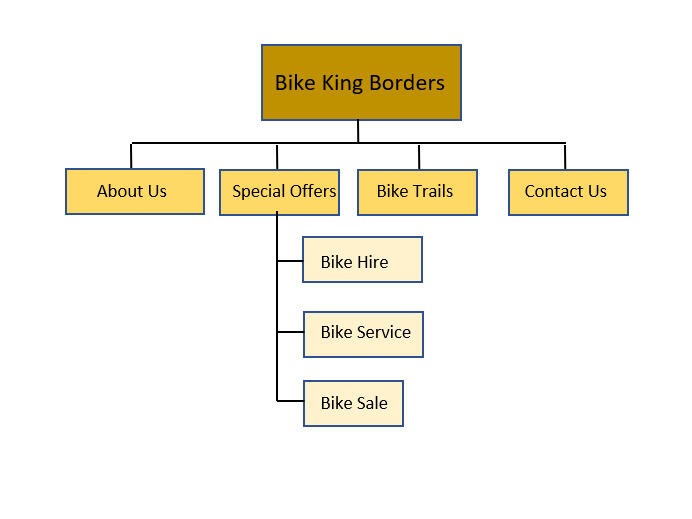
Site navigation map

Style guide

Prototype - desktop

Prototype - mobile

Prototype - tablet

Final product - about us

Final product - bike trails

Final product - contact

Final product - home1

Final product - home2

Final product - services
Fresh Assist
June 2025
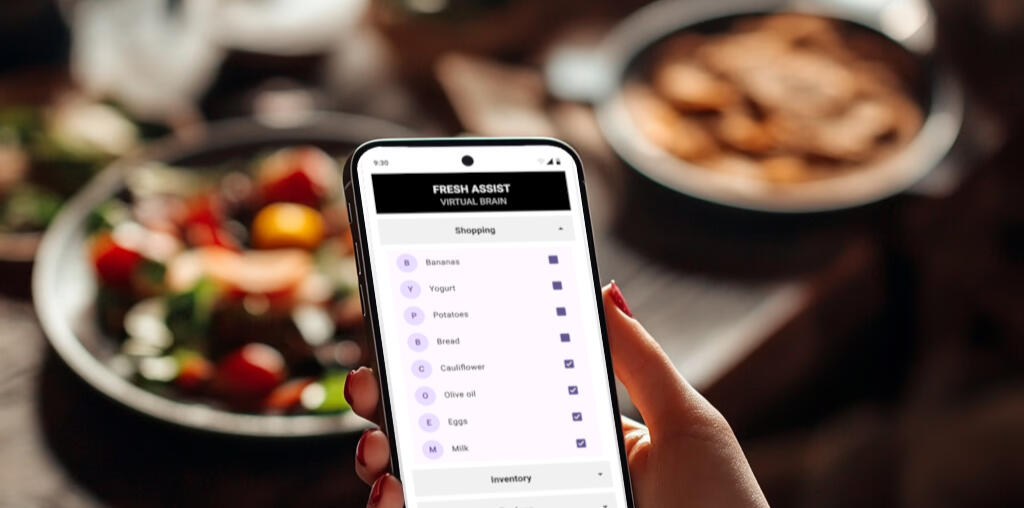
UX design | UI design | User research | Interaction design | Usability
This project was completed as part of my BSc (Honours) in Computing & IT and Design, within the Interaction Design and User Experience module (TM356). The project focuses on identifying and addressing a specific design problem by understanding its context and developing a practical, user-centred solution. The challenge centres on improving the usability of an induction hob for users with sight, mobility, and dexterity impairments. Working within the constraints of the course requirements, timeframe, and zero budget, the goal was to design a solution that enhances accessibility and interaction without compromising the hob’s original functionality or purpose. This project demonstrates my ability to apply design thinking and user experience principles to create inclusive and functional design solutions.

Prototype

Usability testing
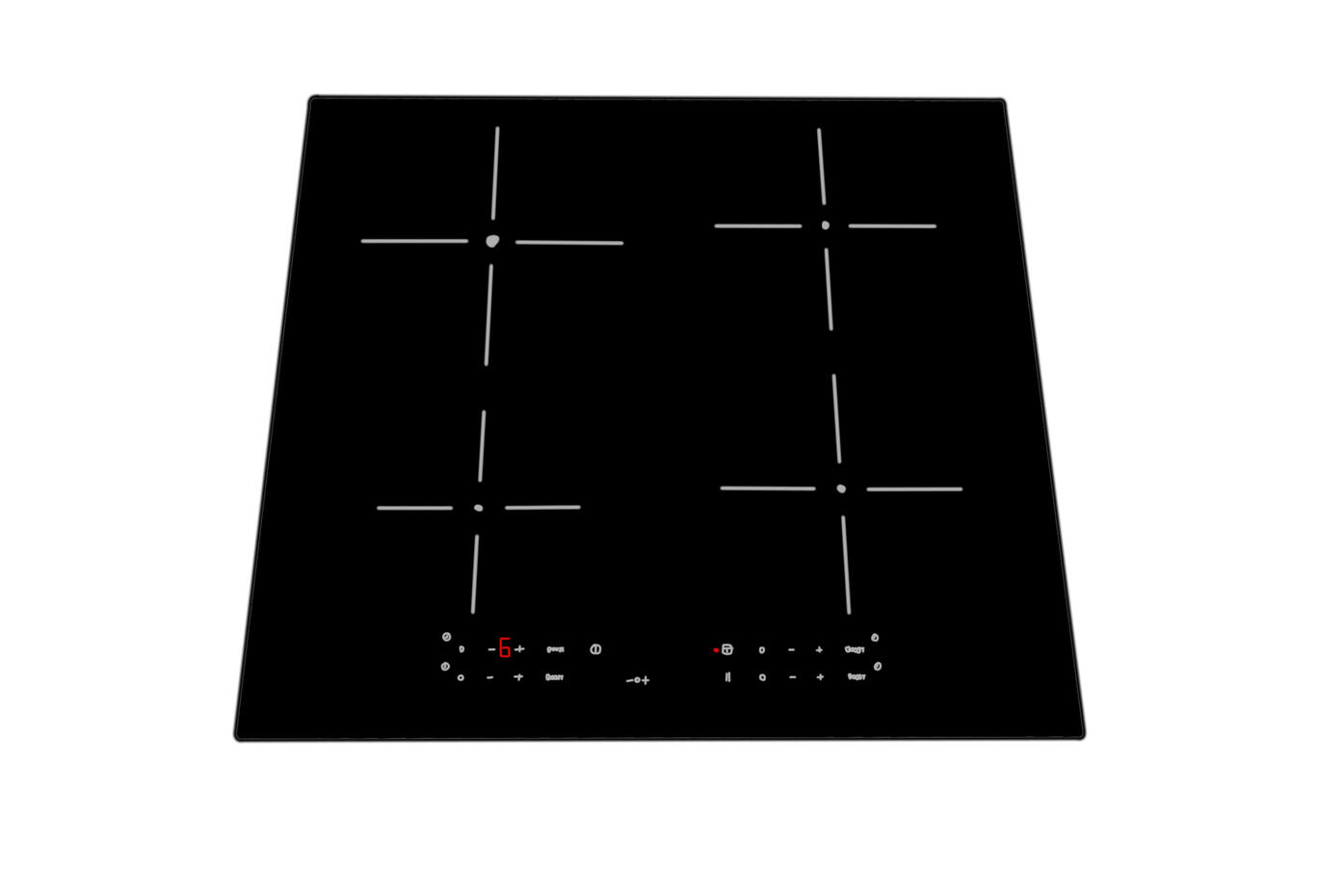
Hob sketch

Hob design

Hob screen design

Hob display integration
Induction Hob
January 2024
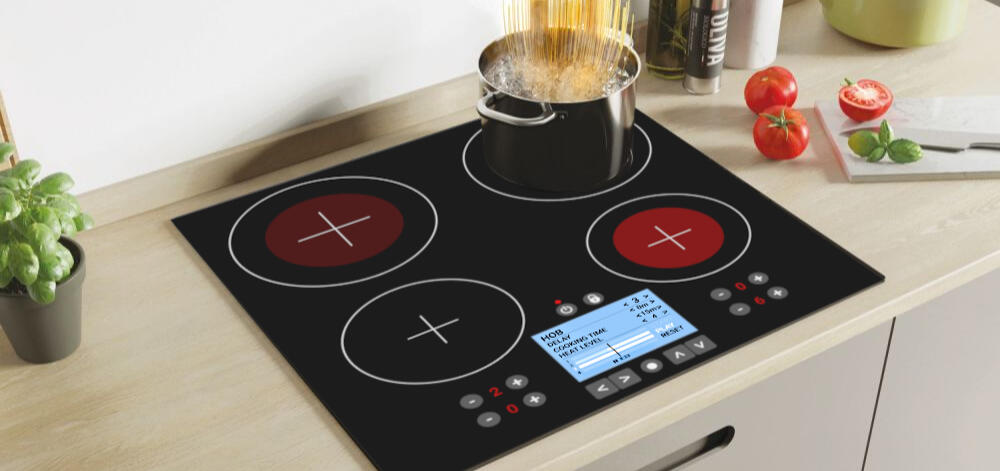
UX design | UI design | User research | Interaction design | Usability
This project was completed as part of my BSc (Honours) in Computing & IT and Design, within the Interaction Design and User Experience module (TM356). The project focuses on identifying and addressing a specific design problem by understanding its context and developing a practical, user-centred solution. The challenge centres on improving the usability of an induction hob for users with sight, mobility, and dexterity impairments. Working within the constraints of the course requirements, timeframe, and zero budget, the goal was to design a solution that enhances accessibility and interaction without compromising the hob’s original functionality or purpose. This project demonstrates my ability to apply design thinking and user experience principles to create inclusive and functional design solutions.

Prototype

Usability testing

Hob sketch

Hob design

Hob screen design

Hob display integration
Campaign Manager
June 2024
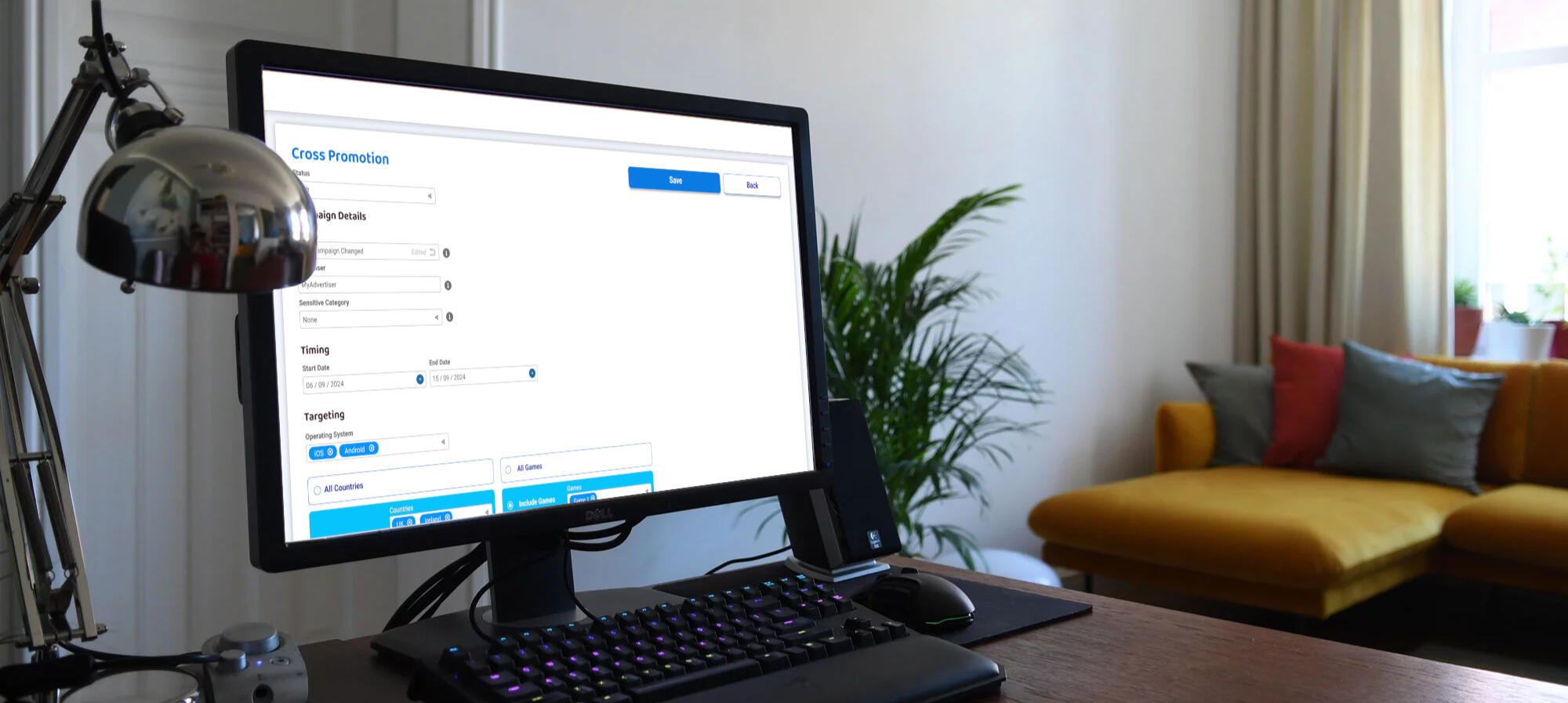
Web design | UI design | UX design
This project was for a prominent in-game brand advertising platform. The goal was to transform the campaign edit and view page by organising the information and data more effectively, making the design easier to use and understand, and ensuring it was visually appealing and consistent with the brand and existing webpages. The interactive prototype was created using Figma. This project highlights my ability to enhance the user experience through thoughtful design and prototyping.
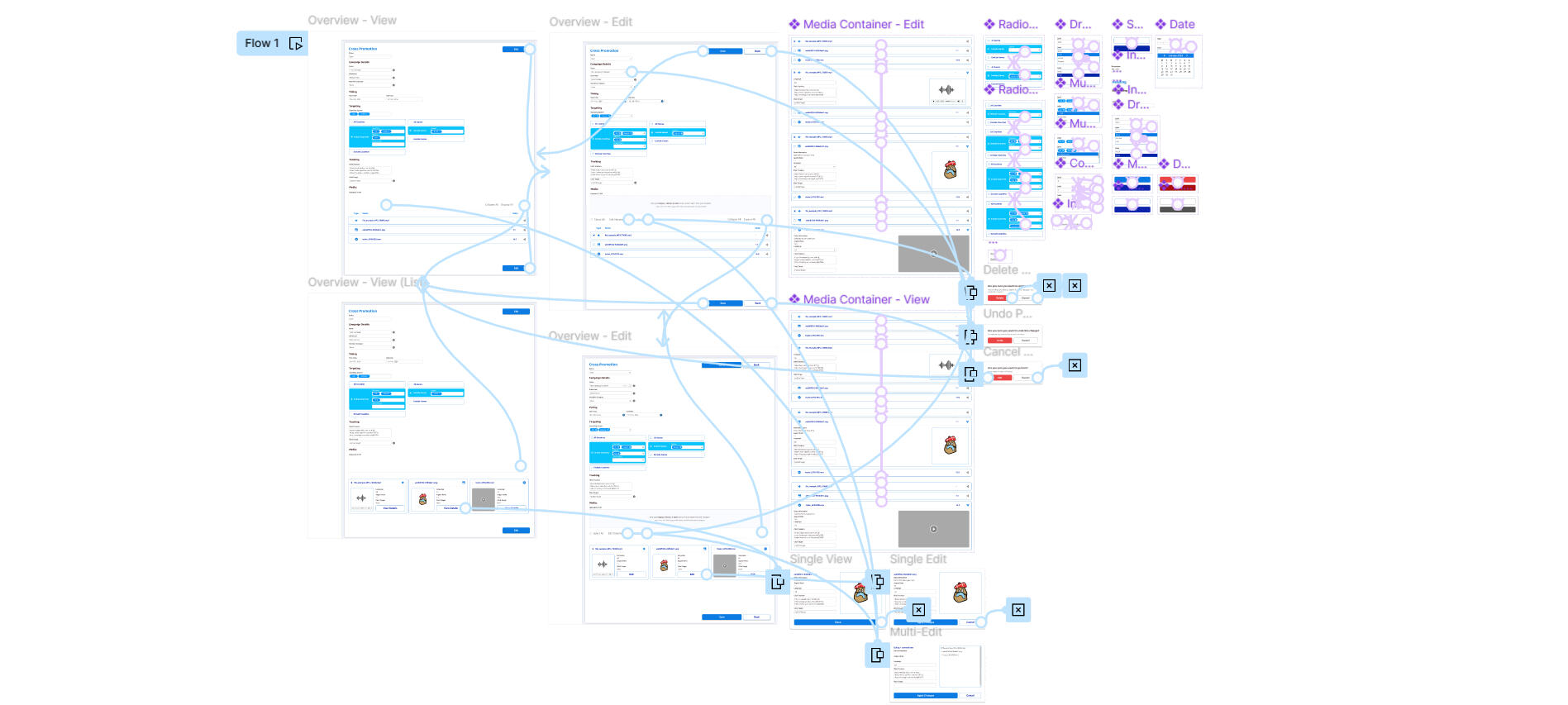
Original Design

Original Design #1

Original Design #2

Original Design #3
New Design

New Design #1

New Design #2

New Design #3
Achology
July 2024
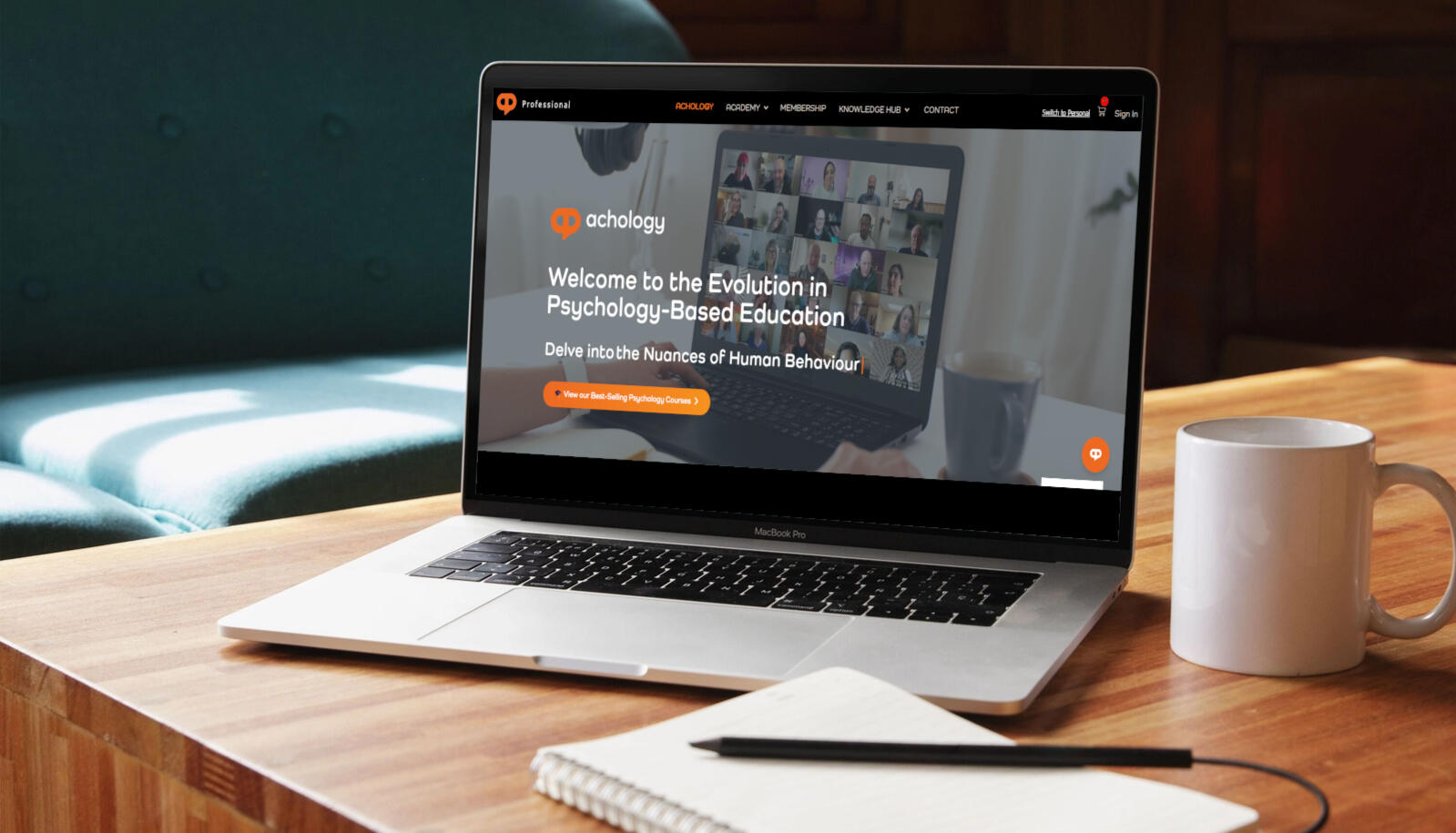
UI/UX design | User research
In this project, I volunteered as a UX Designer at Simplicity Marketing, collaborating with another designer to address the business challenges faced by the client, Achology. Our task was to understand the company’s key issues and propose research-backed design solutions. We conducted extensive user research, including surveys, usability tests, and card sorting sessions, to gather insights into user goals, contexts, and behaviors. Using this evidence, we developed a detailed design proposal aimed at improving the overall user experience and increasing conversion rates. I presented our findings and recommendations to key stakeholders, demonstrating how our design solutions directly addressed the identified challenges. This project highlights my ability to collaborate effectively, apply user-centered research methods, and communicate design outcomes with clarity and impact.
Chambers
February 2022
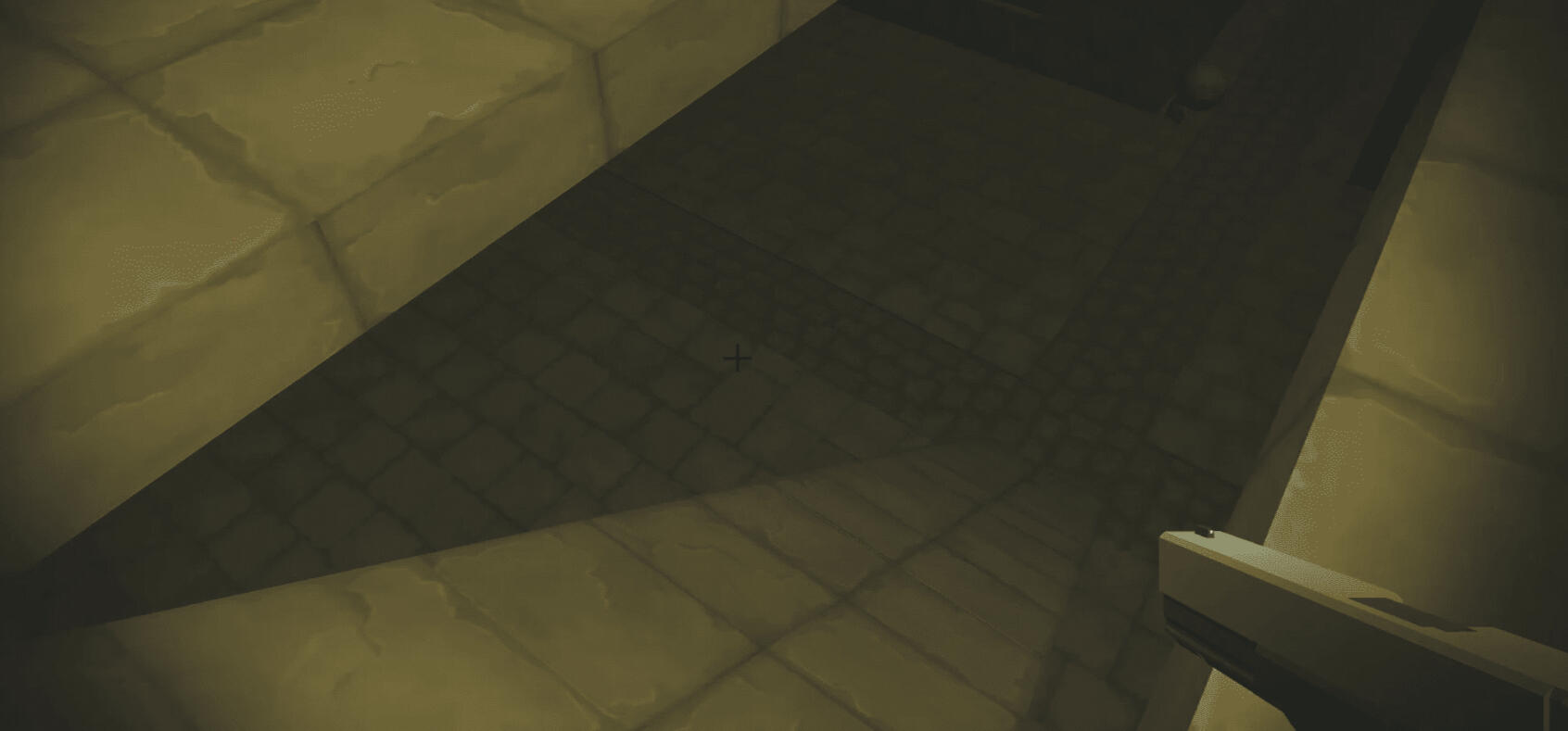
Game Design | Level Design | Programming | UI Design | Graphic Design | Audio Design | Video Editing | Digital Marketing
This project involved designing and developing a complete game in accordance with a provided project brief, completed as part of my HND in Digital Design and Development (Games). The game challenges players to explore mysterious chambers in search of lost artifacts, returning them one at a time to load into a truck before the entrance seals shut. Players must navigate carefully within a strict four-minute time limit, balancing exploration and strategy while staying alert for unexpected surprises. This project demonstrates my ability to design and develop an engaging interactive experience from concept to completion, showcasing my skills in game design, programming, and player-focused storytelling.
Multi-Space
July 2022
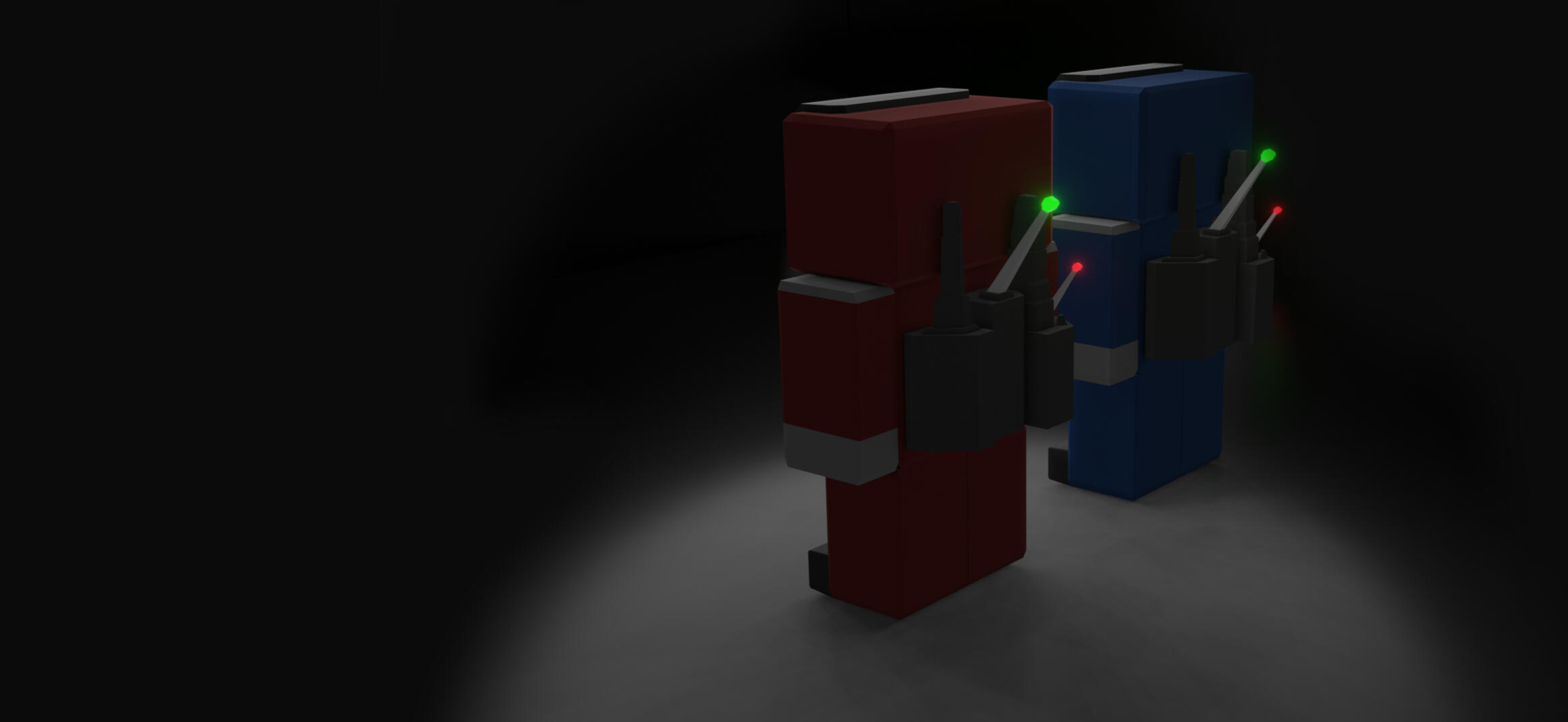
Game design | Level design | Programming | UI/UX design | Graphic design | Audio design | Video editing | Digital marketing
This project involved the full design and development of an original game in response to a detailed project brief, completed as part of my HND in Digital Design and Development (Games). The game challenges players to defend the solar system from an alien invasion, battling relentless waves of enemies across the outer planets. It incorporates 3D gameplay mechanics to give players a tactical advantage through spatial movement and depth. This project demonstrates my ability to take a game concept from initial idea to a fully playable prototype, showcasing skills in game design, programming, and interactive storytelling.
Bloomin' Boots
July 2021
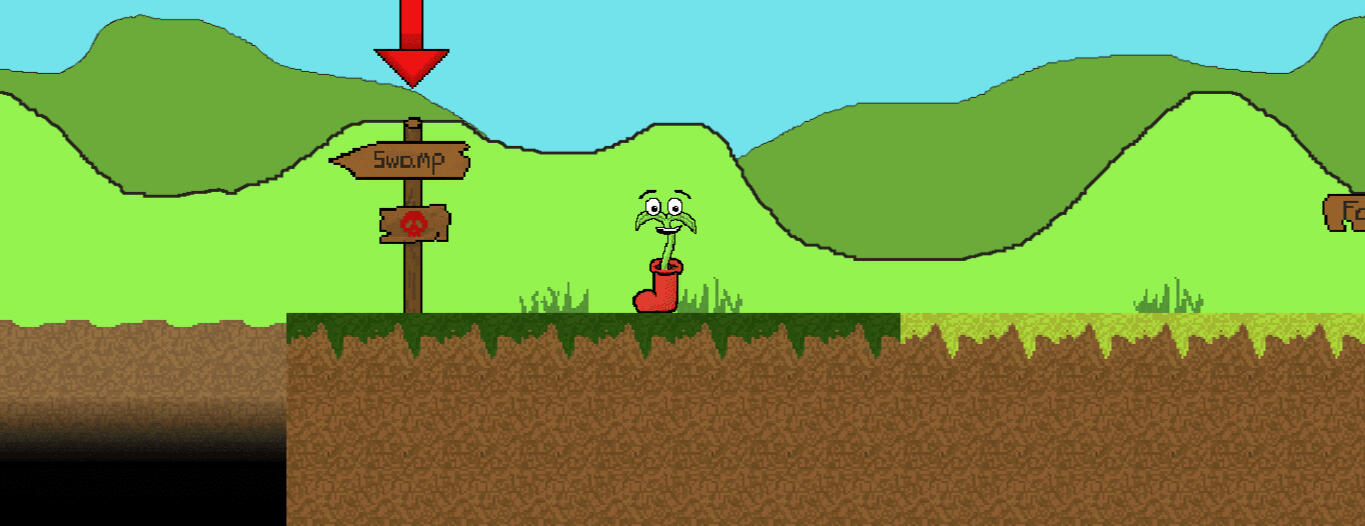
Game design | Level design | Programming | Graphic design | Audio design | Video editing
Blooming Boots marked my debut in game development during my HND in Digital Design and Development (Games) and served as my introduction to the Unity game engine. This simple platformer, designed for mobile, features multiple characters, each with unique abilities essential for navigating a variety of levels. The objective is to reach the well at the end of each level before the plant perishes from dehydration, with every move consuming a limited water supply and adding strategic depth to the gameplay.

Level selection screen

Some refreshing water...

Sunflower resting under a tree

The end of the swamp level

'Character unlocked' screen



